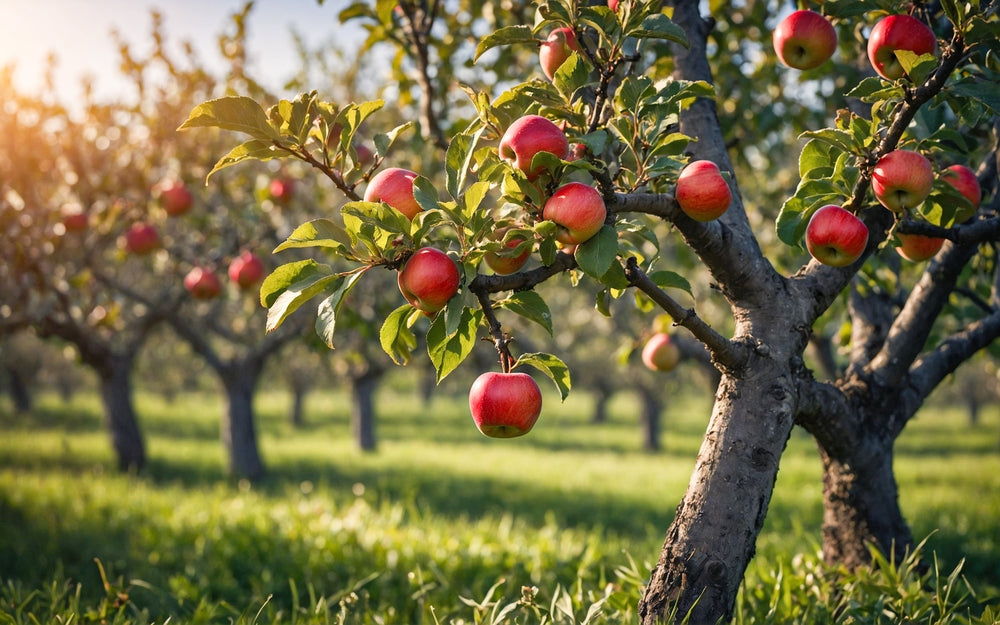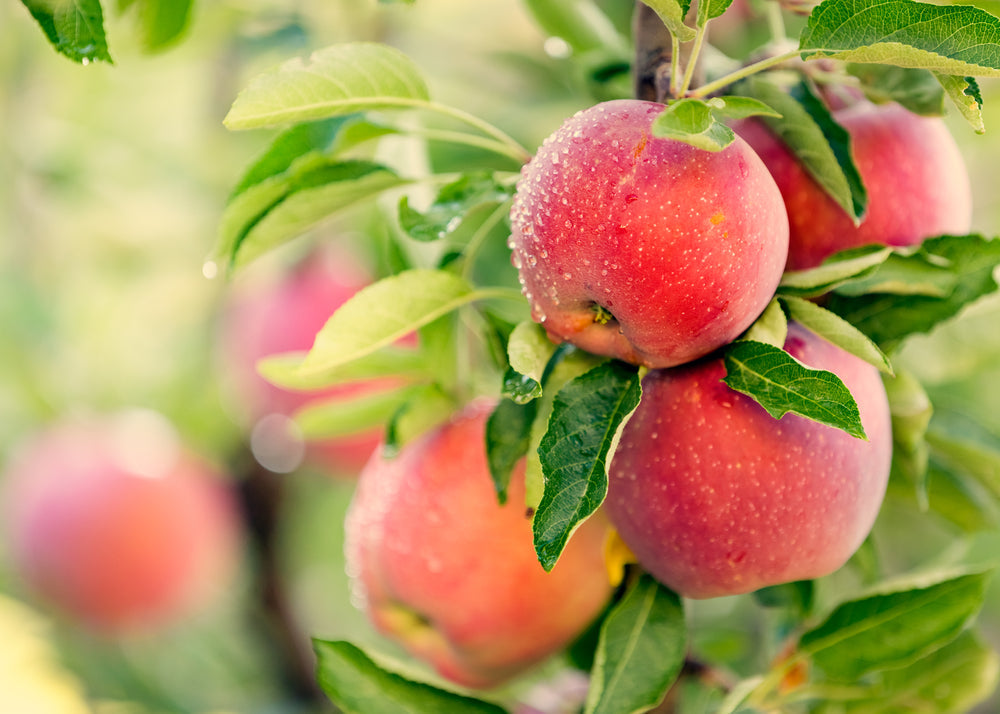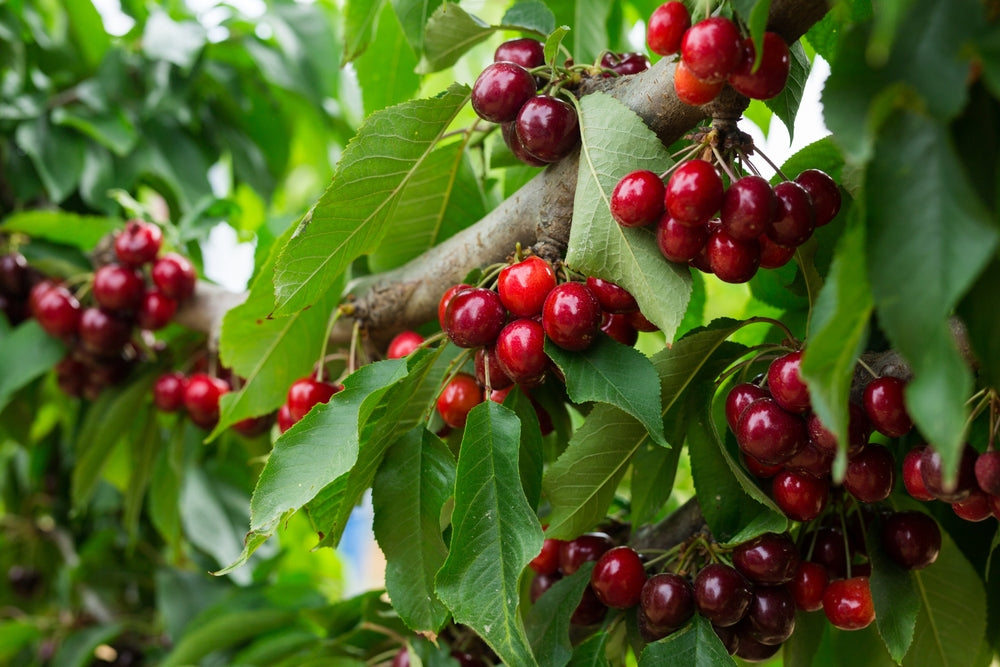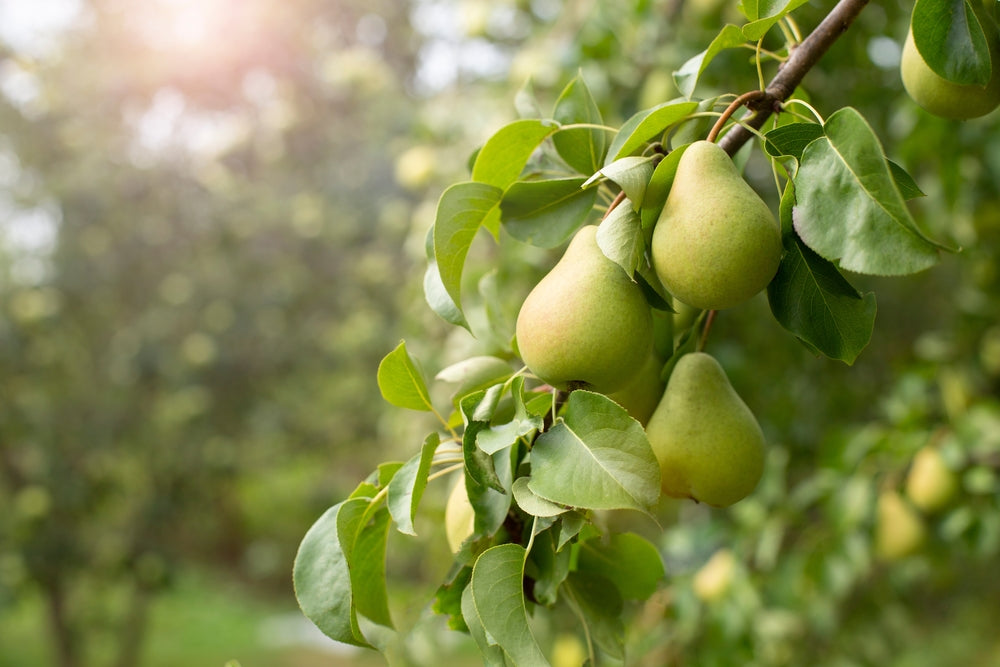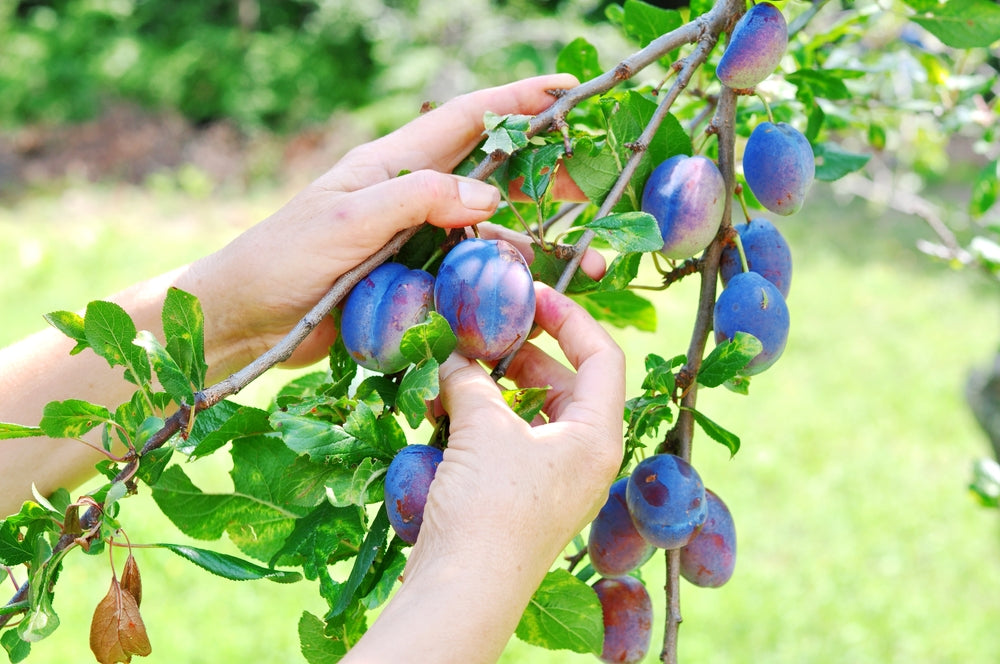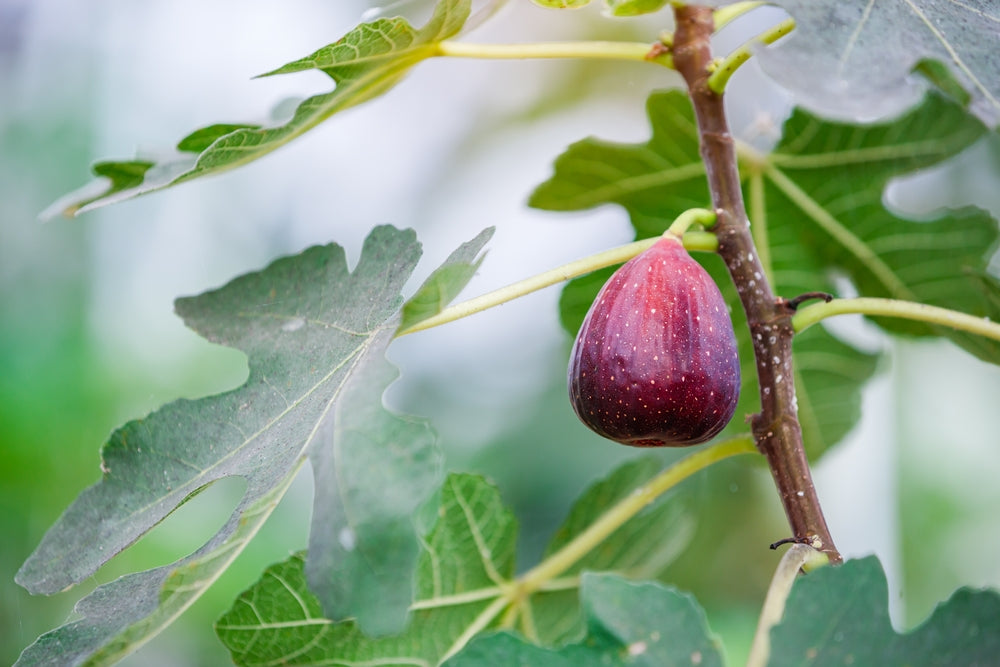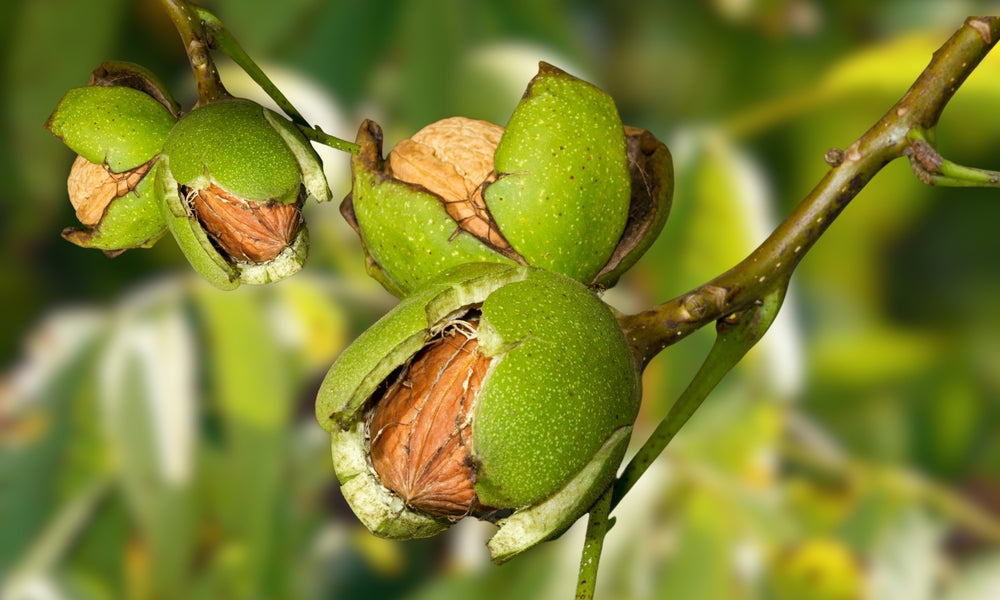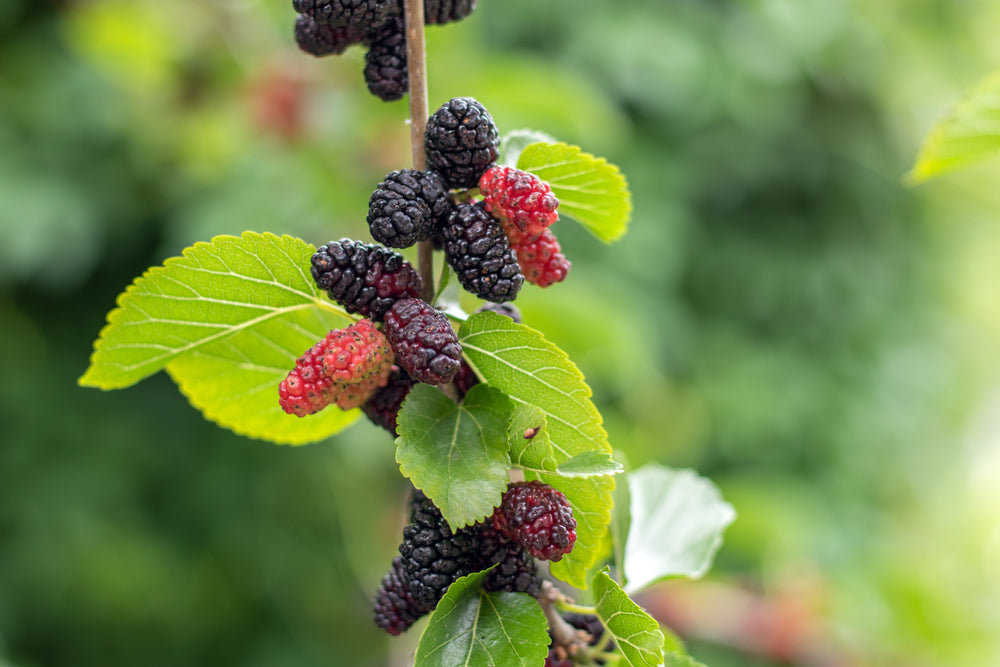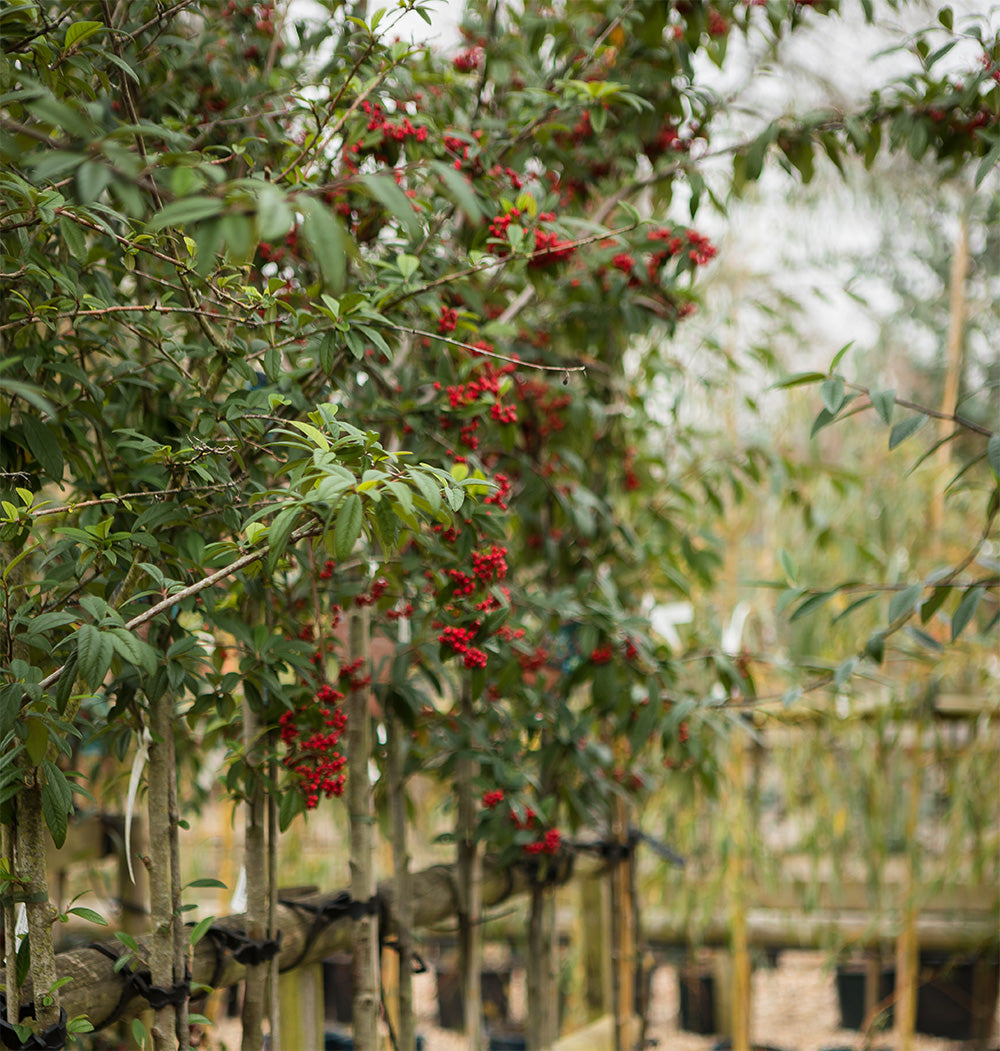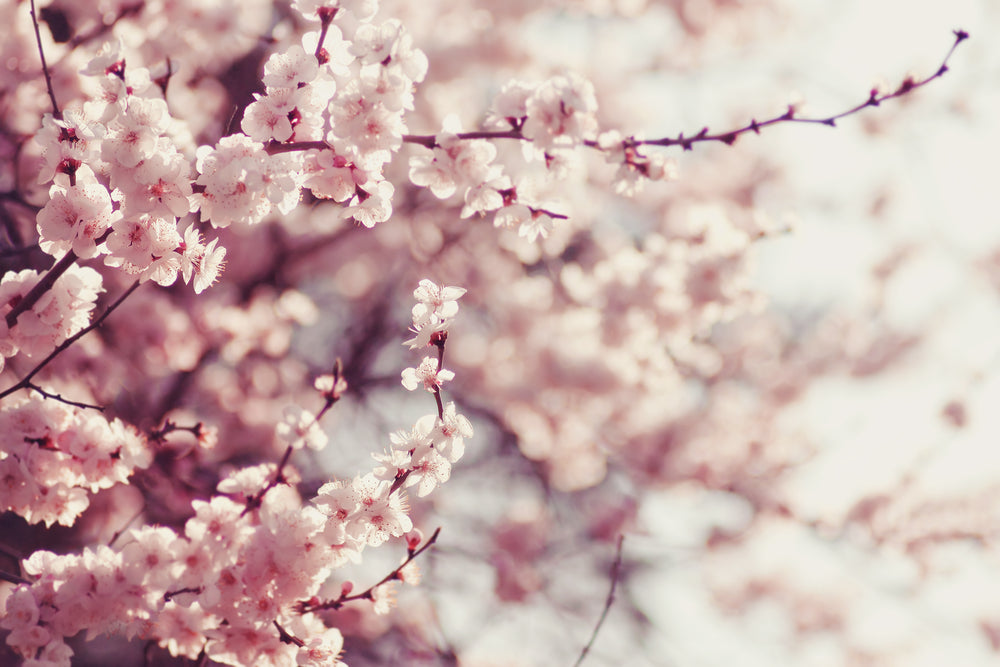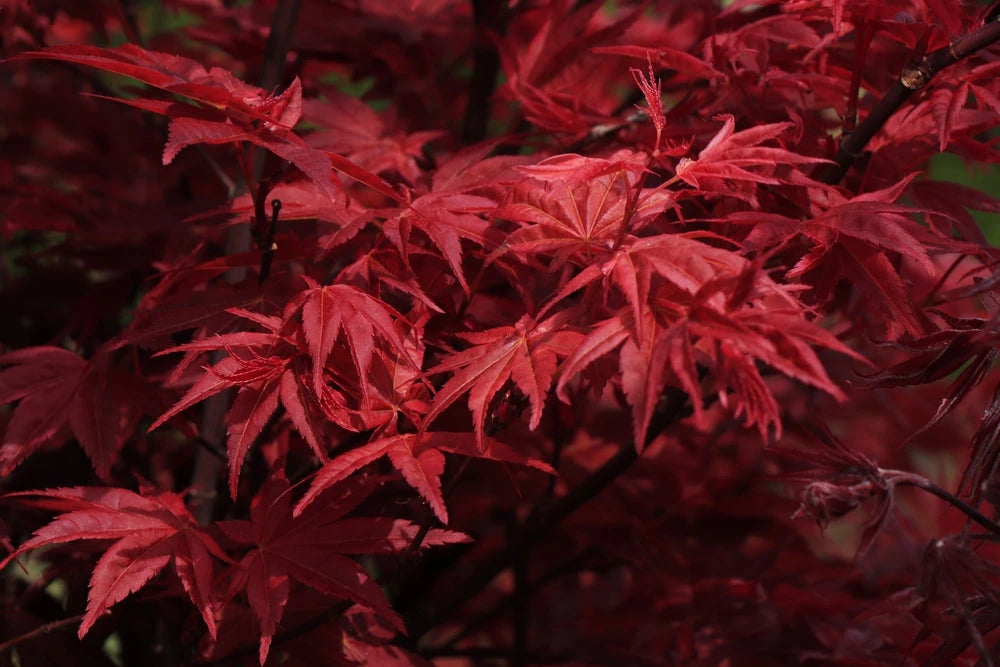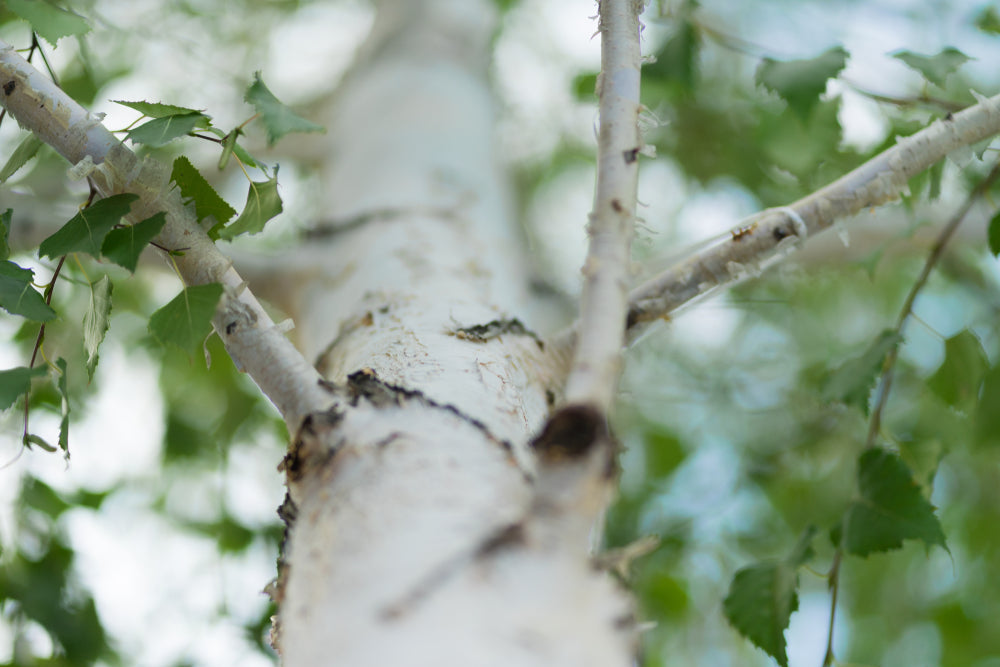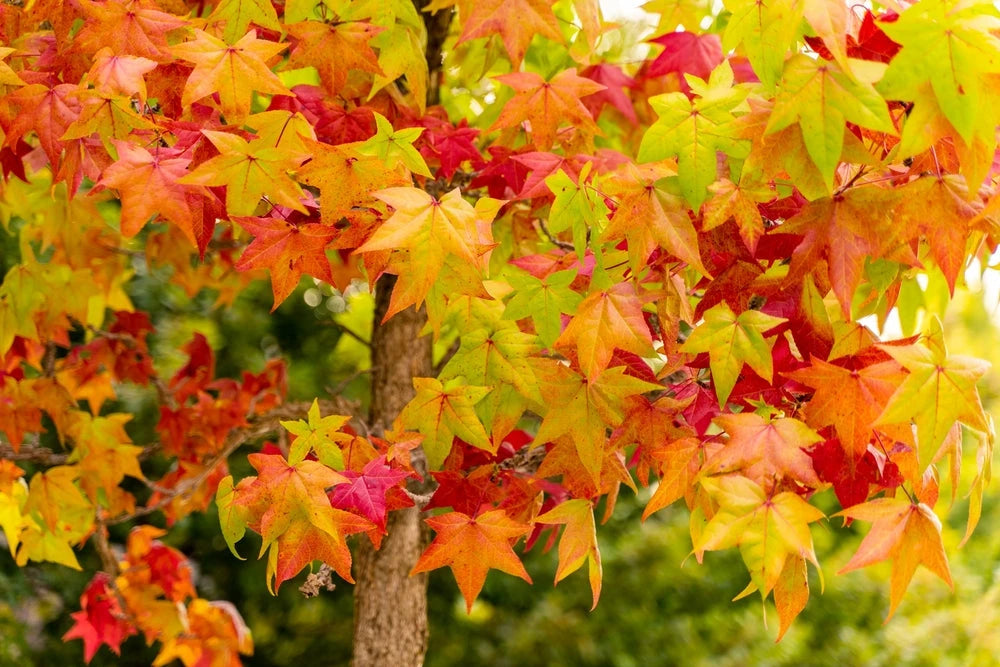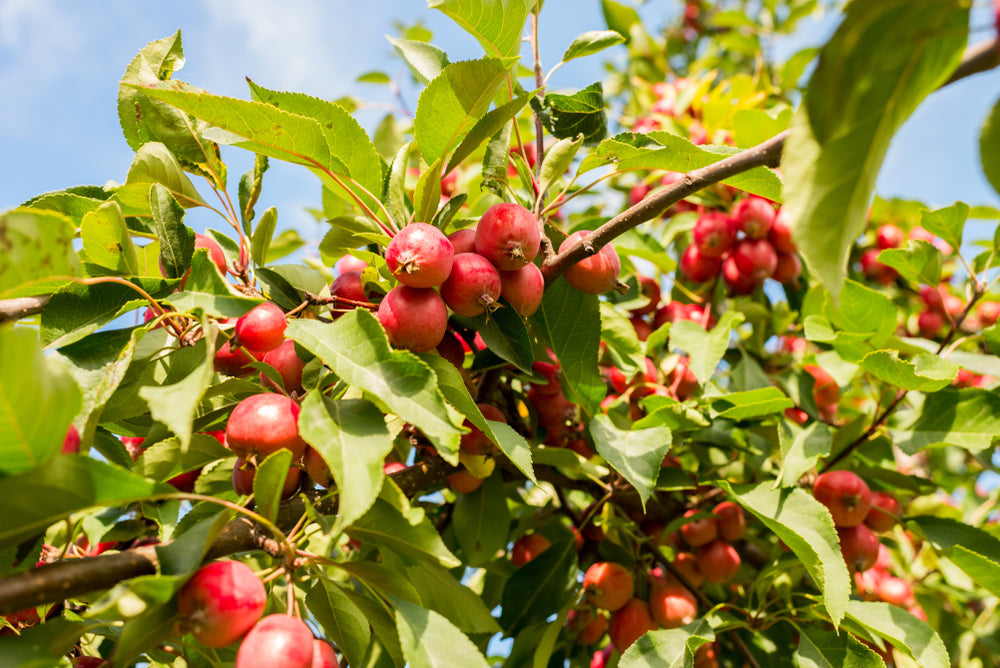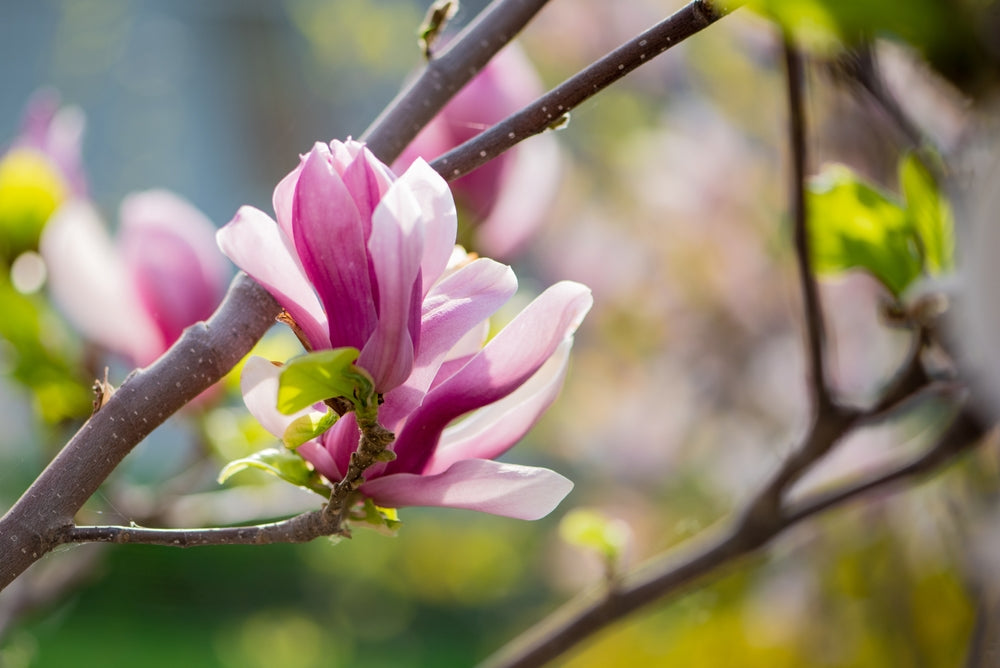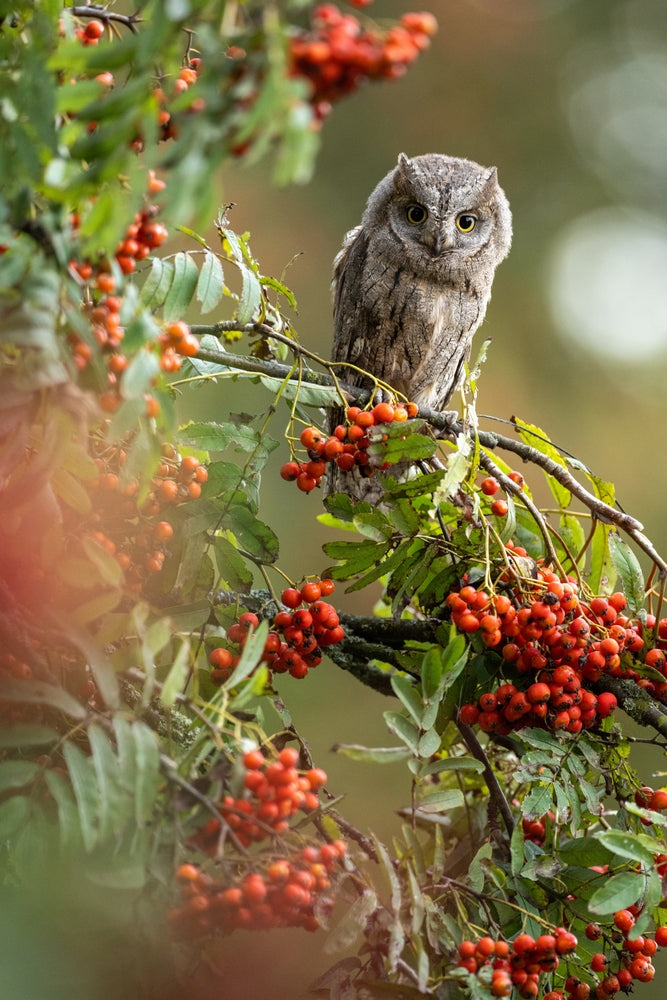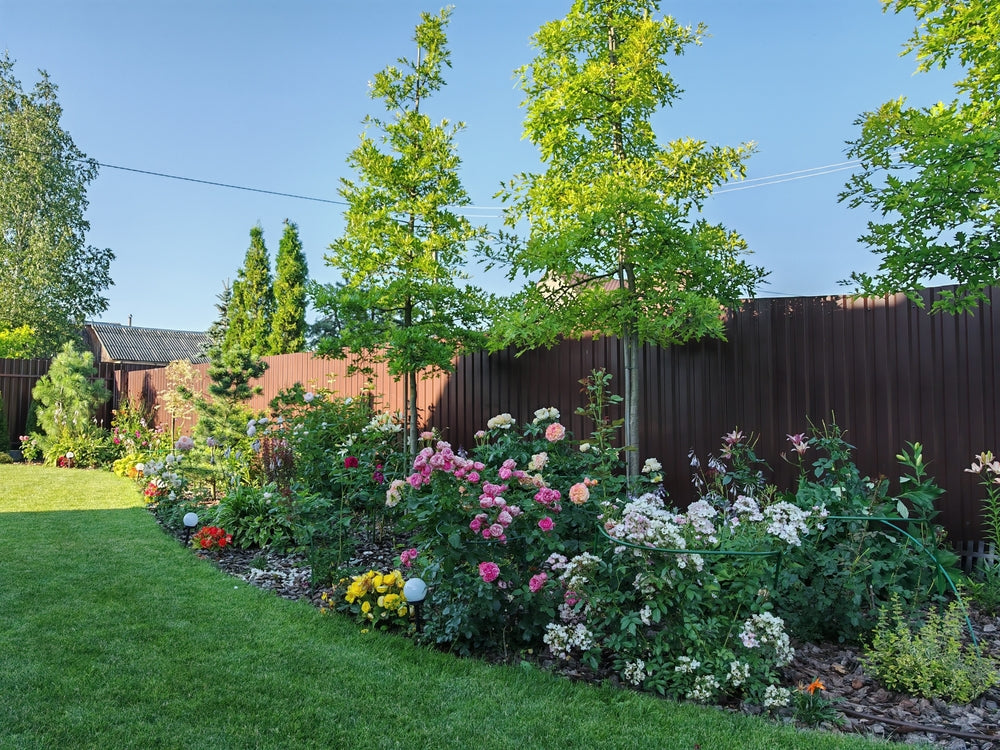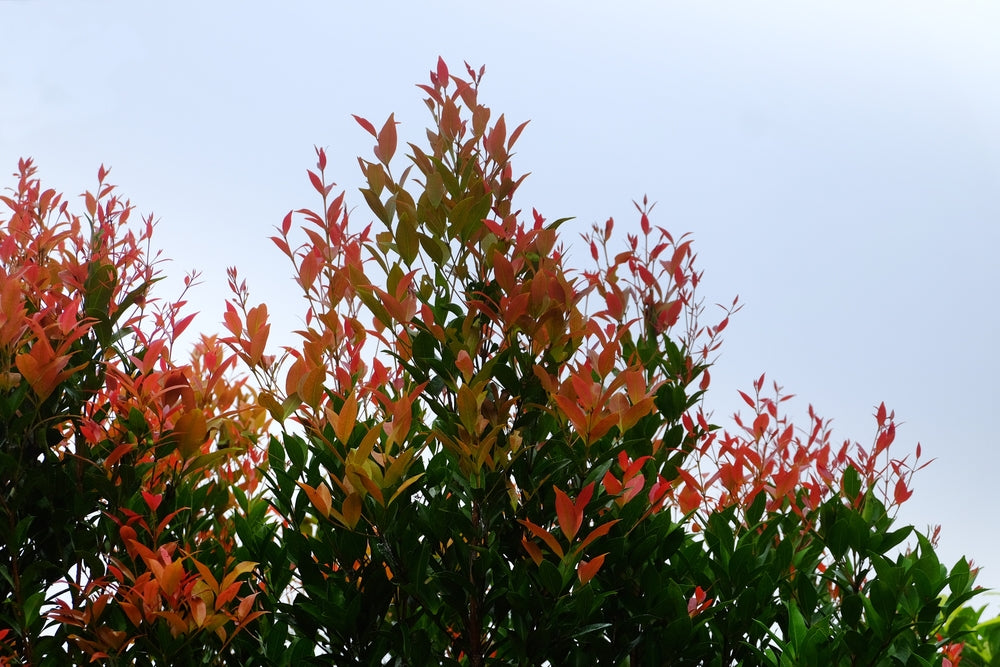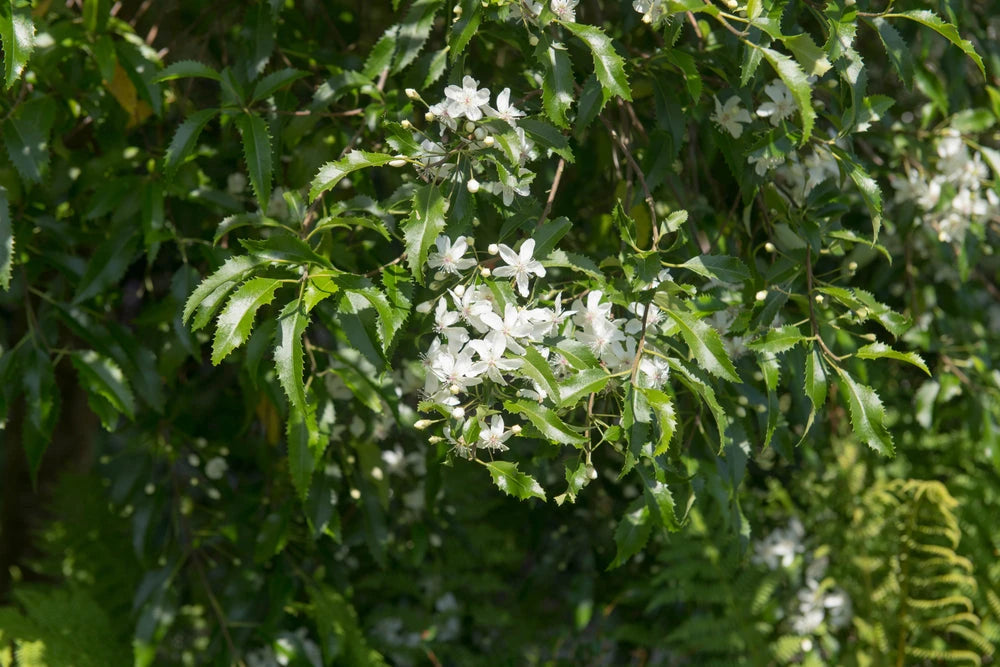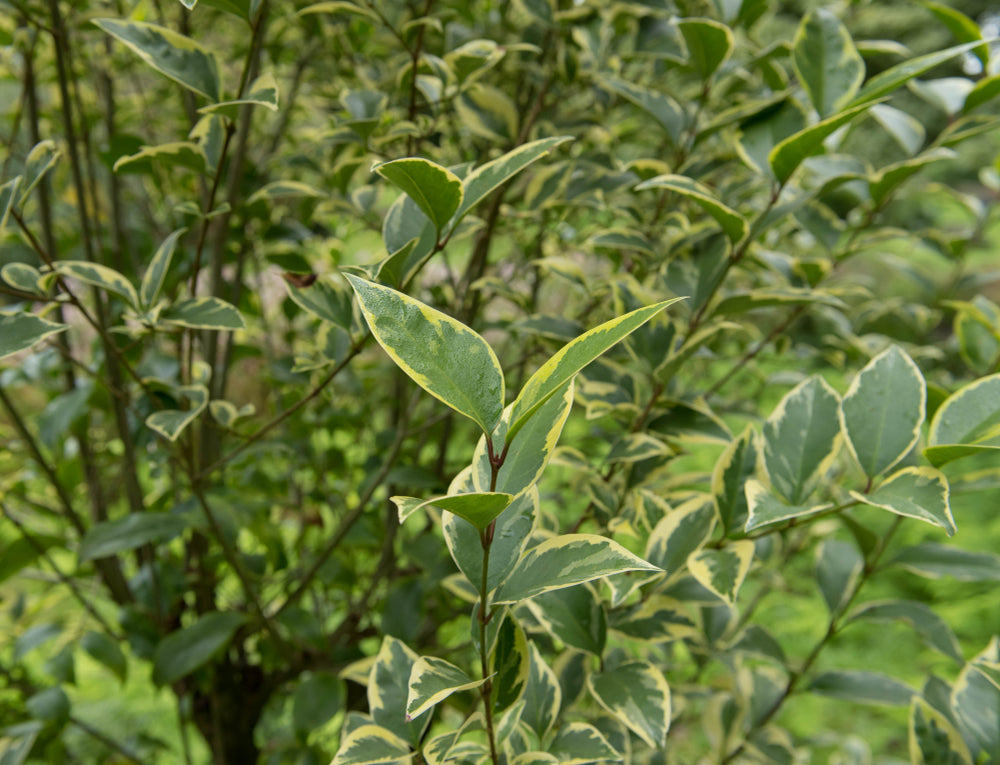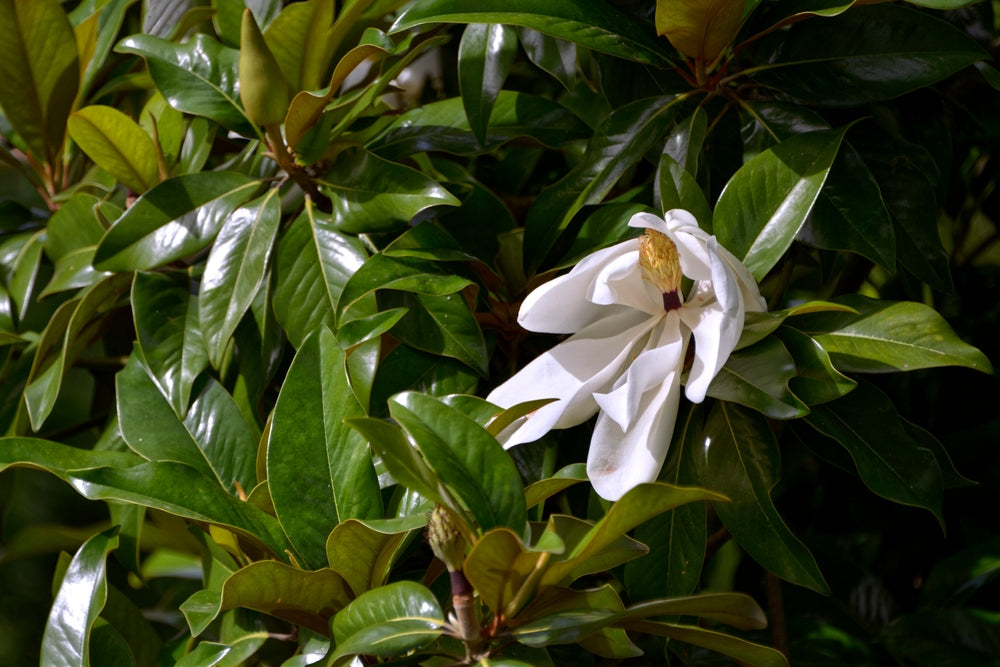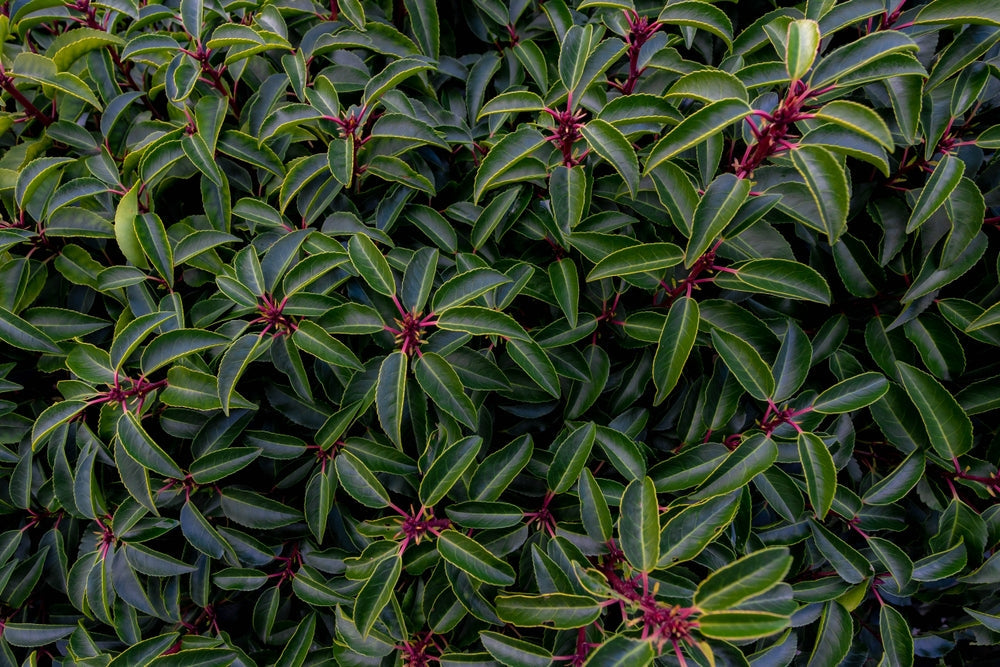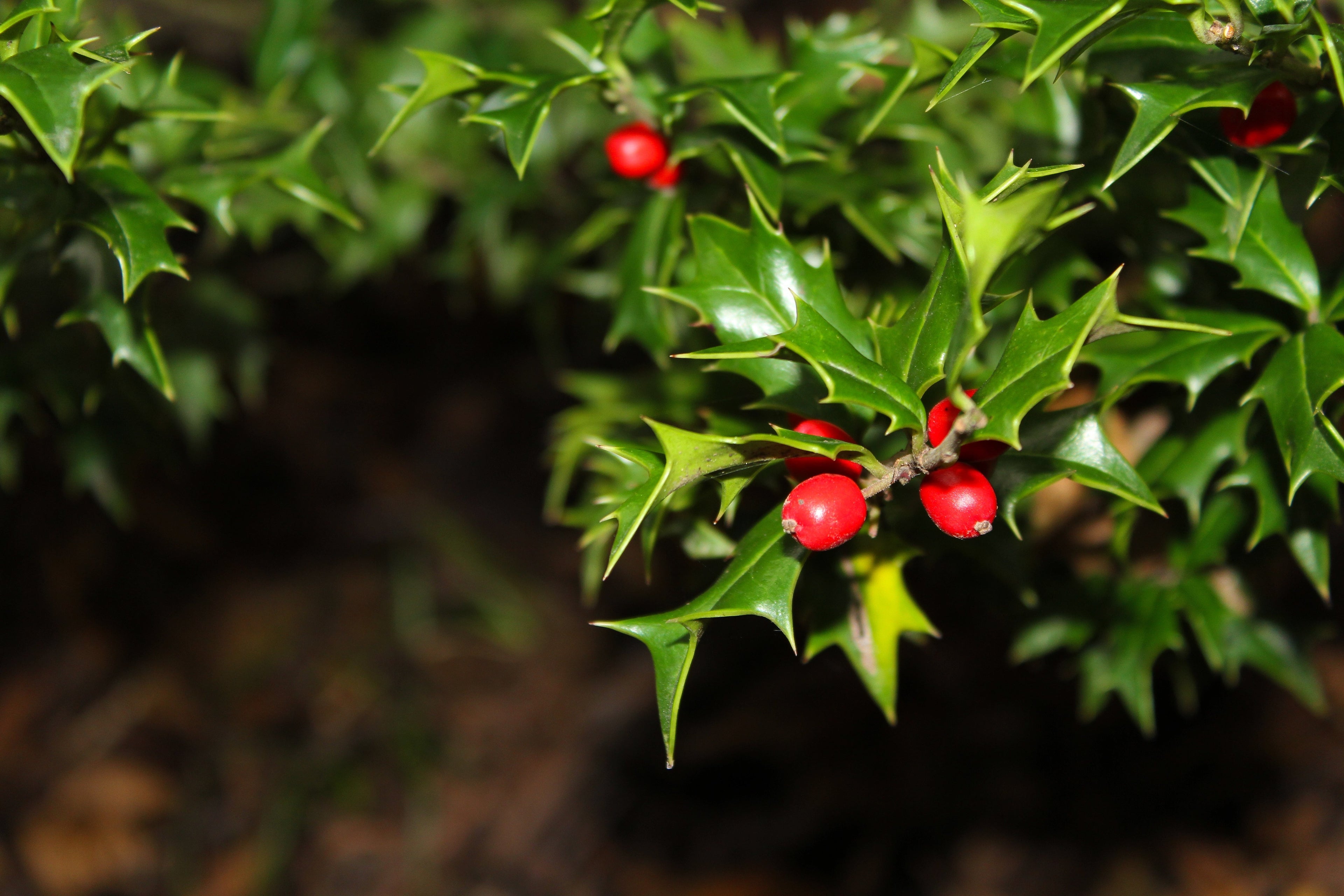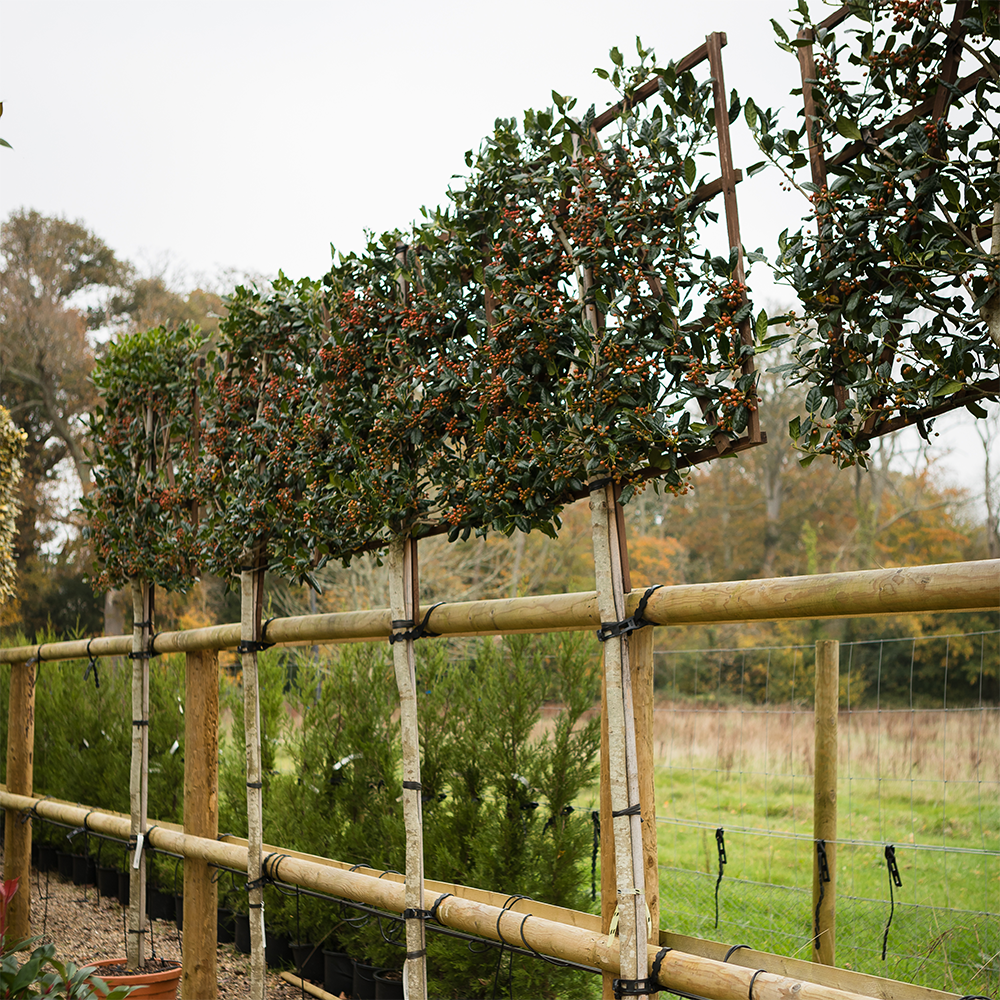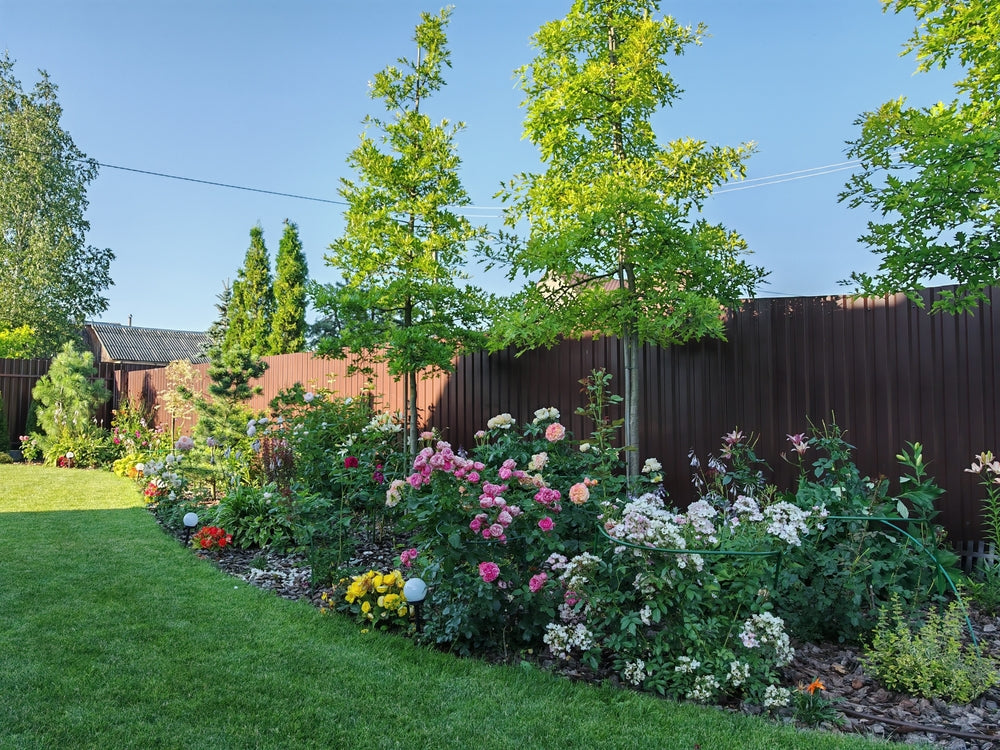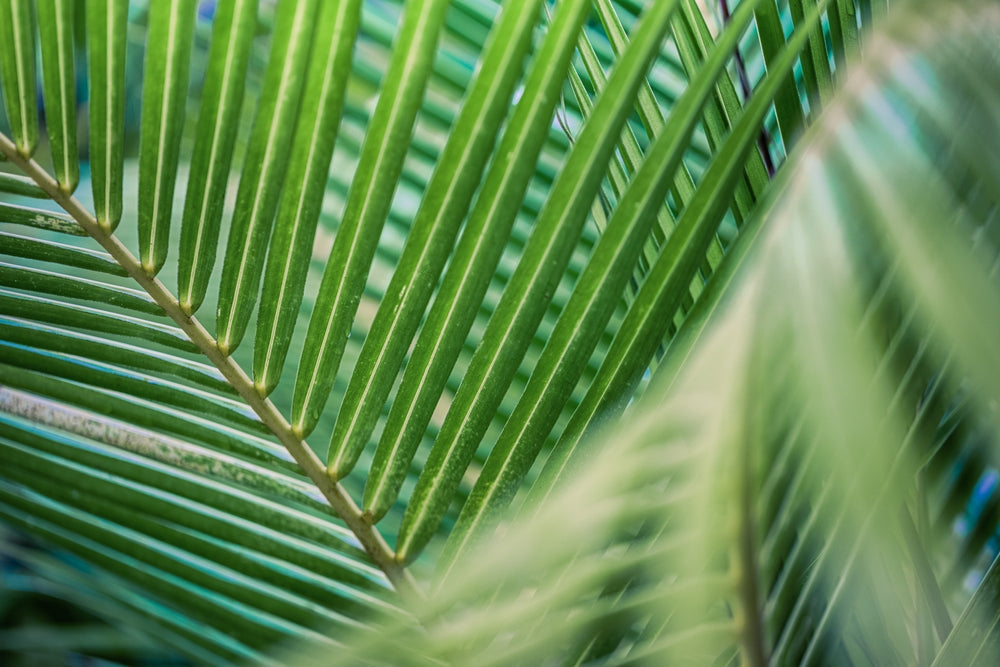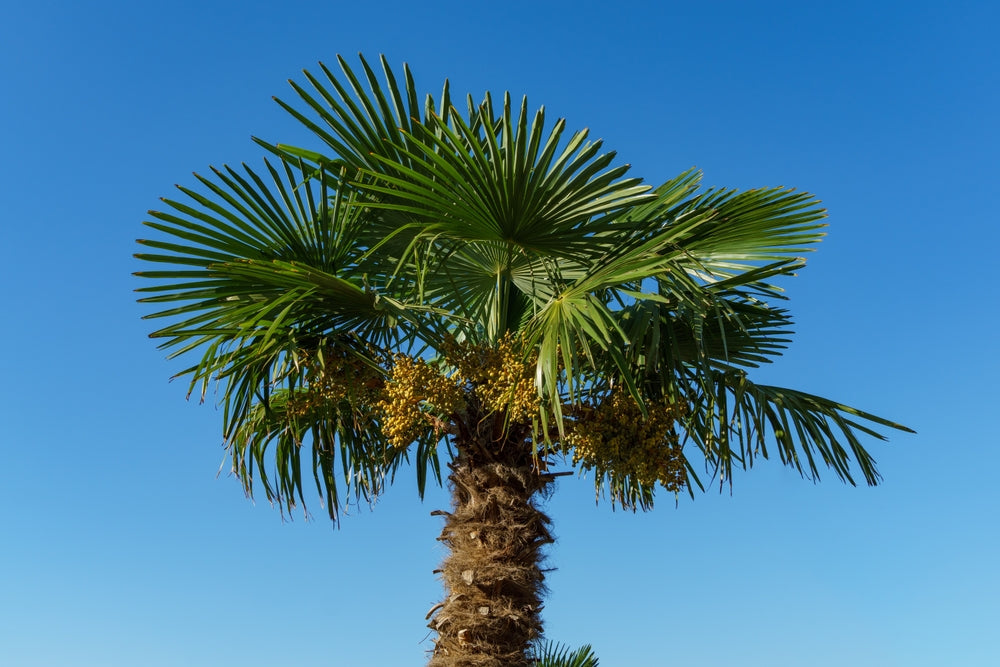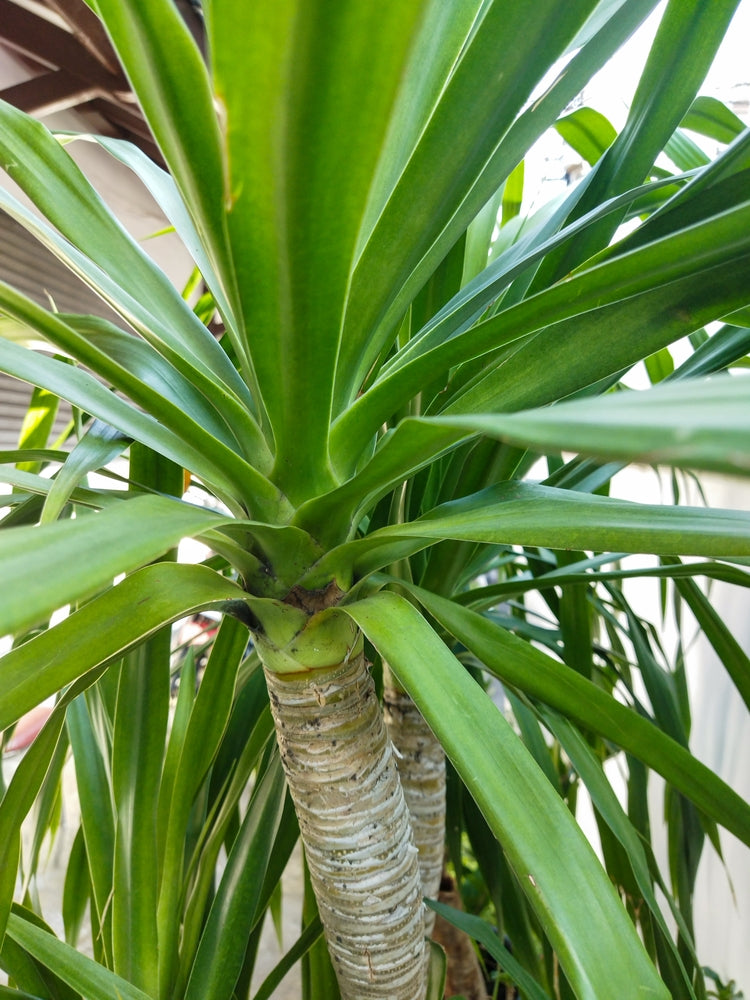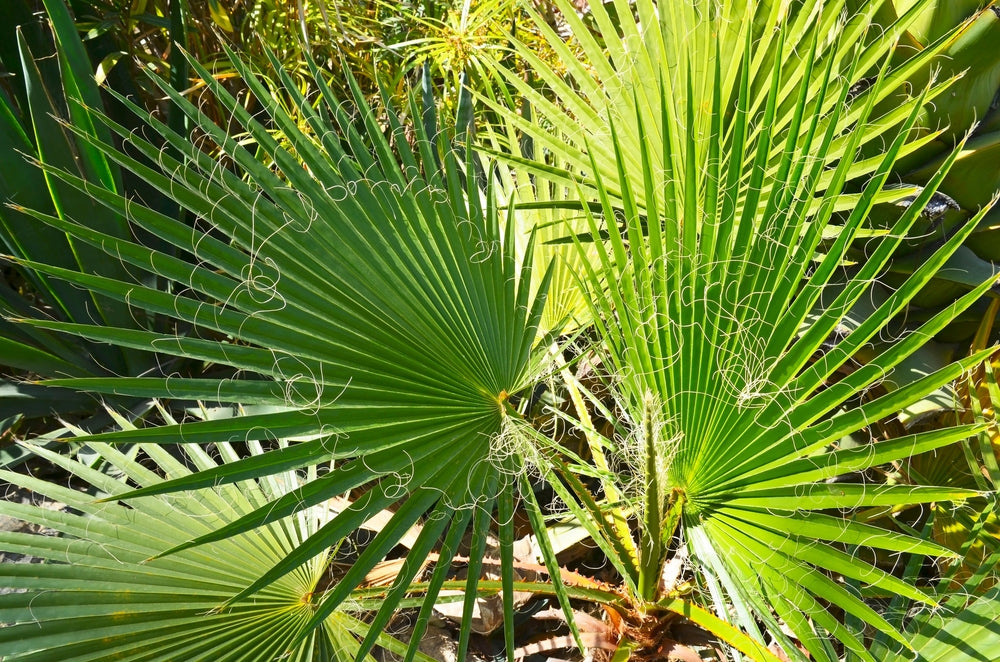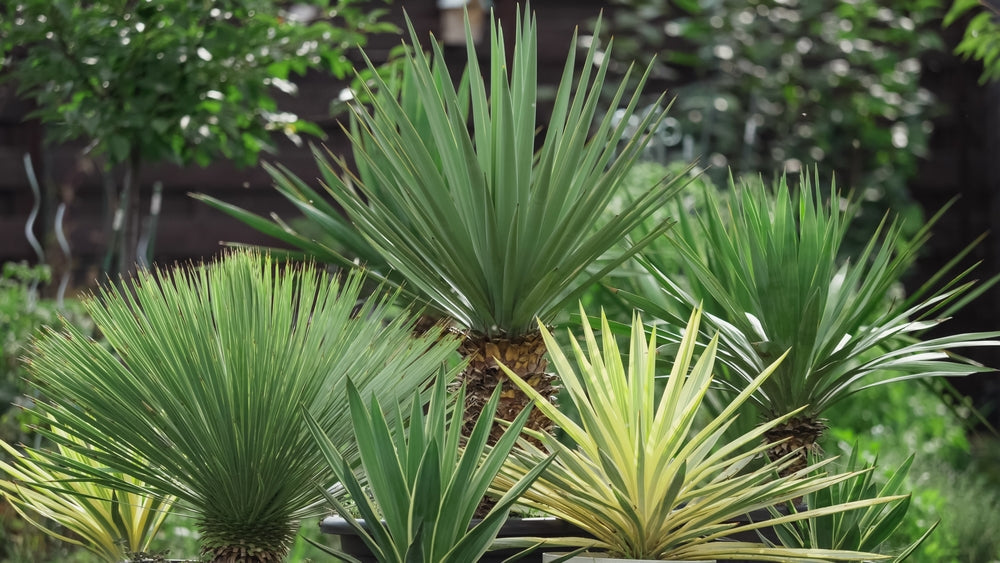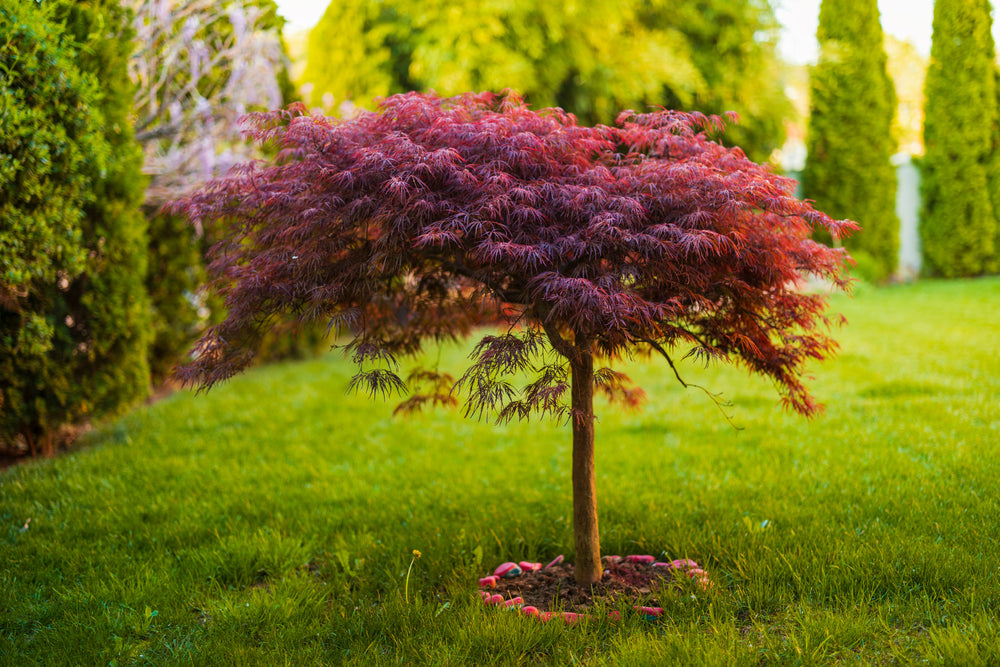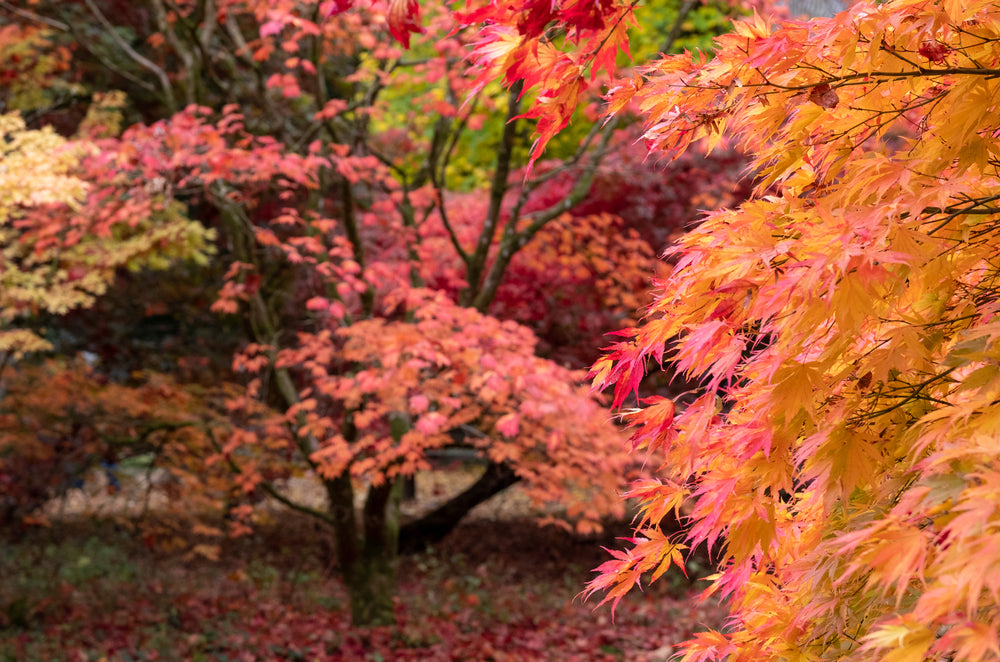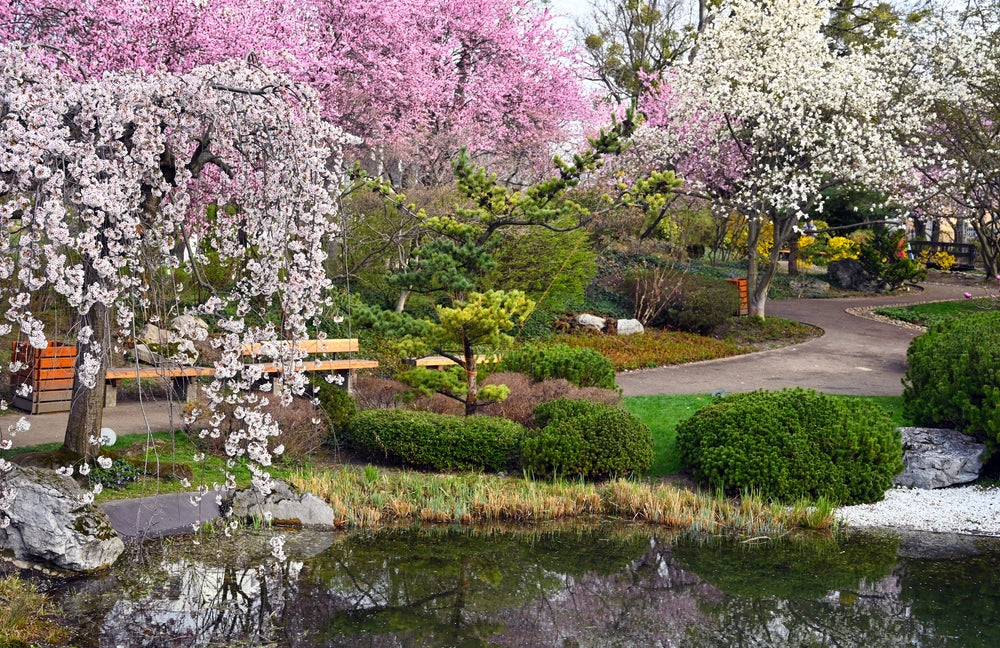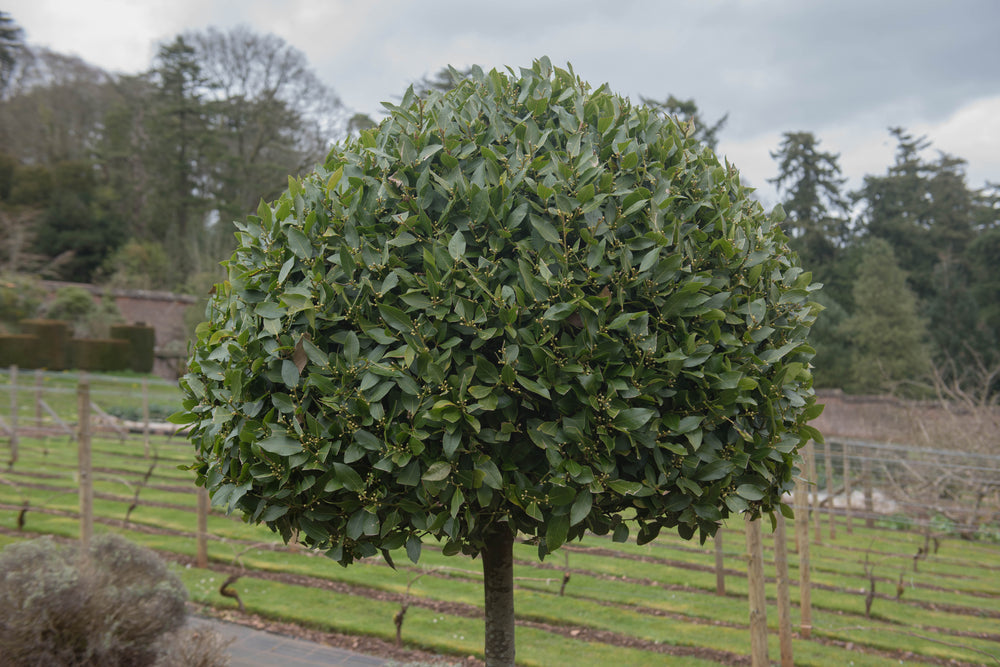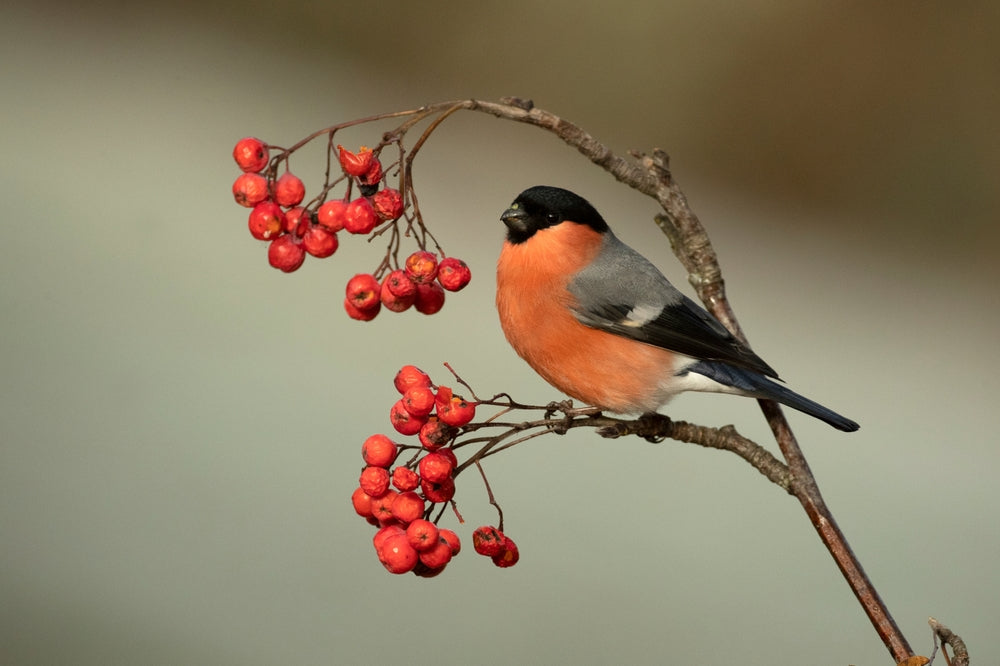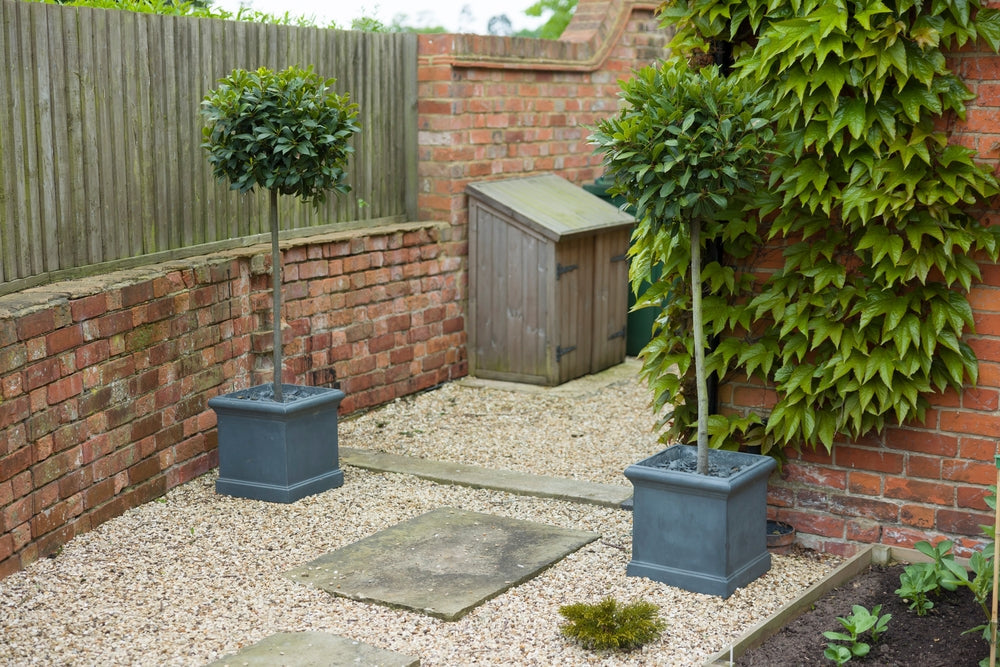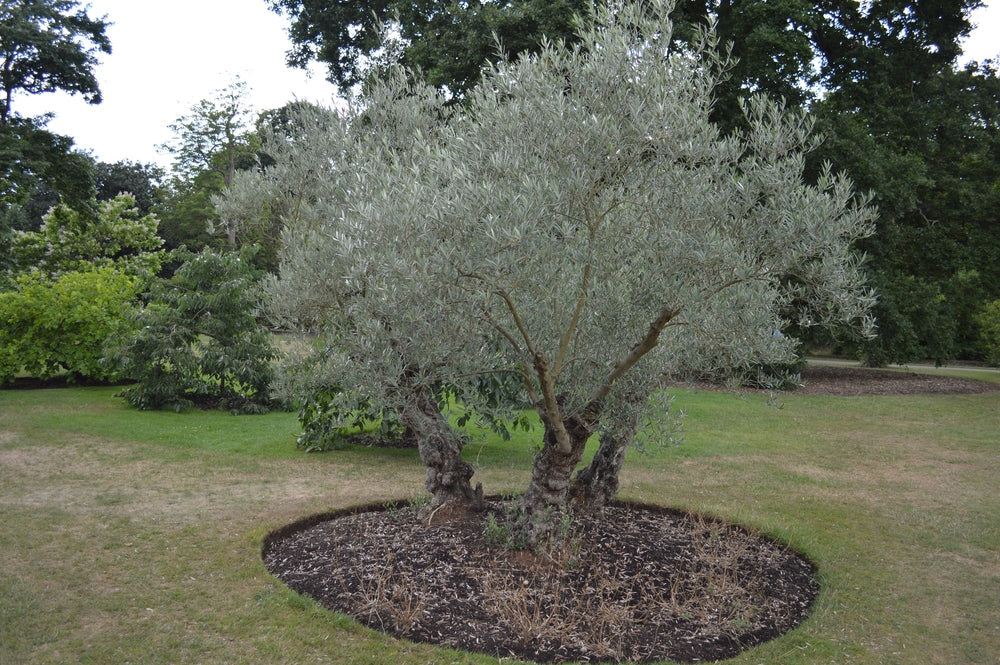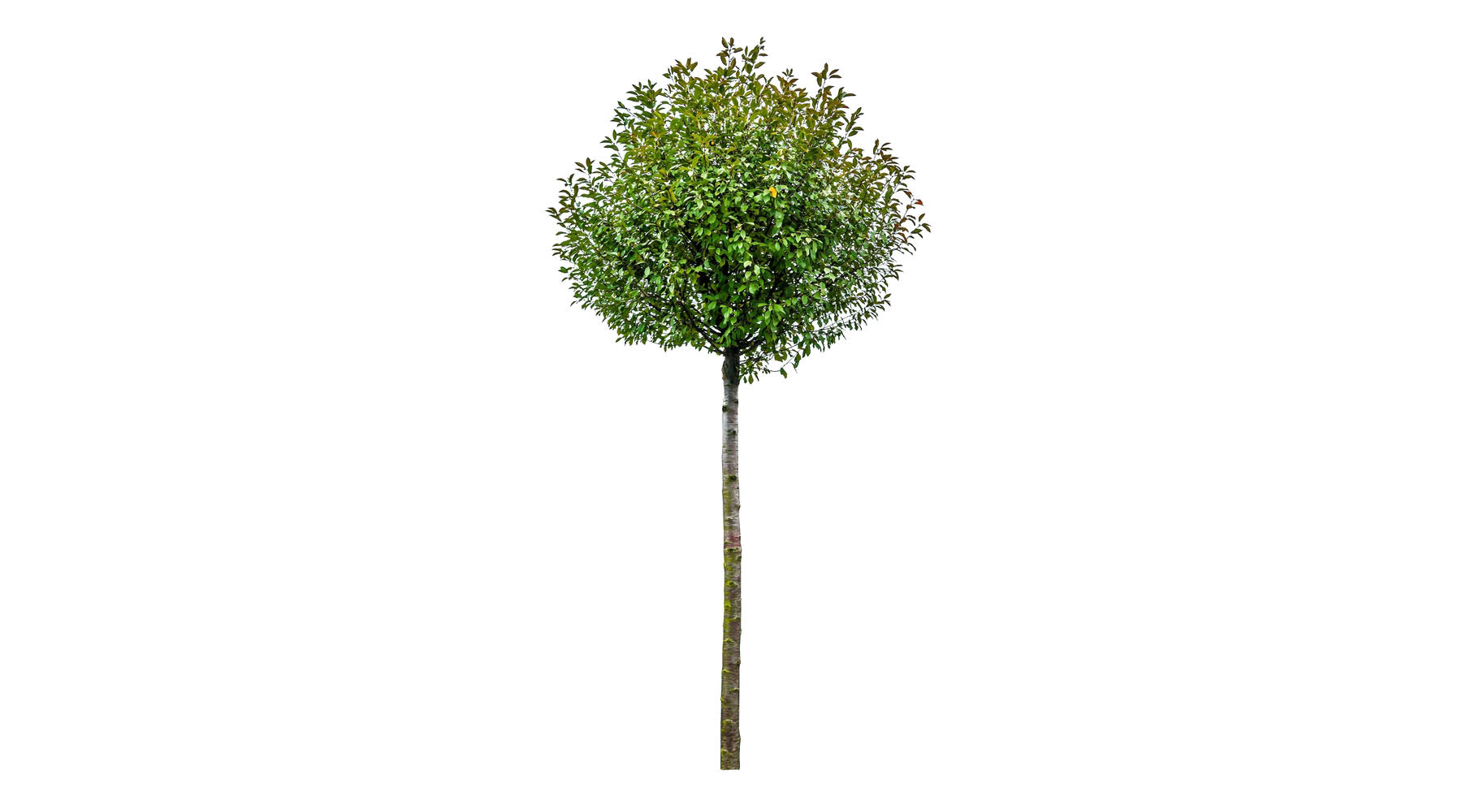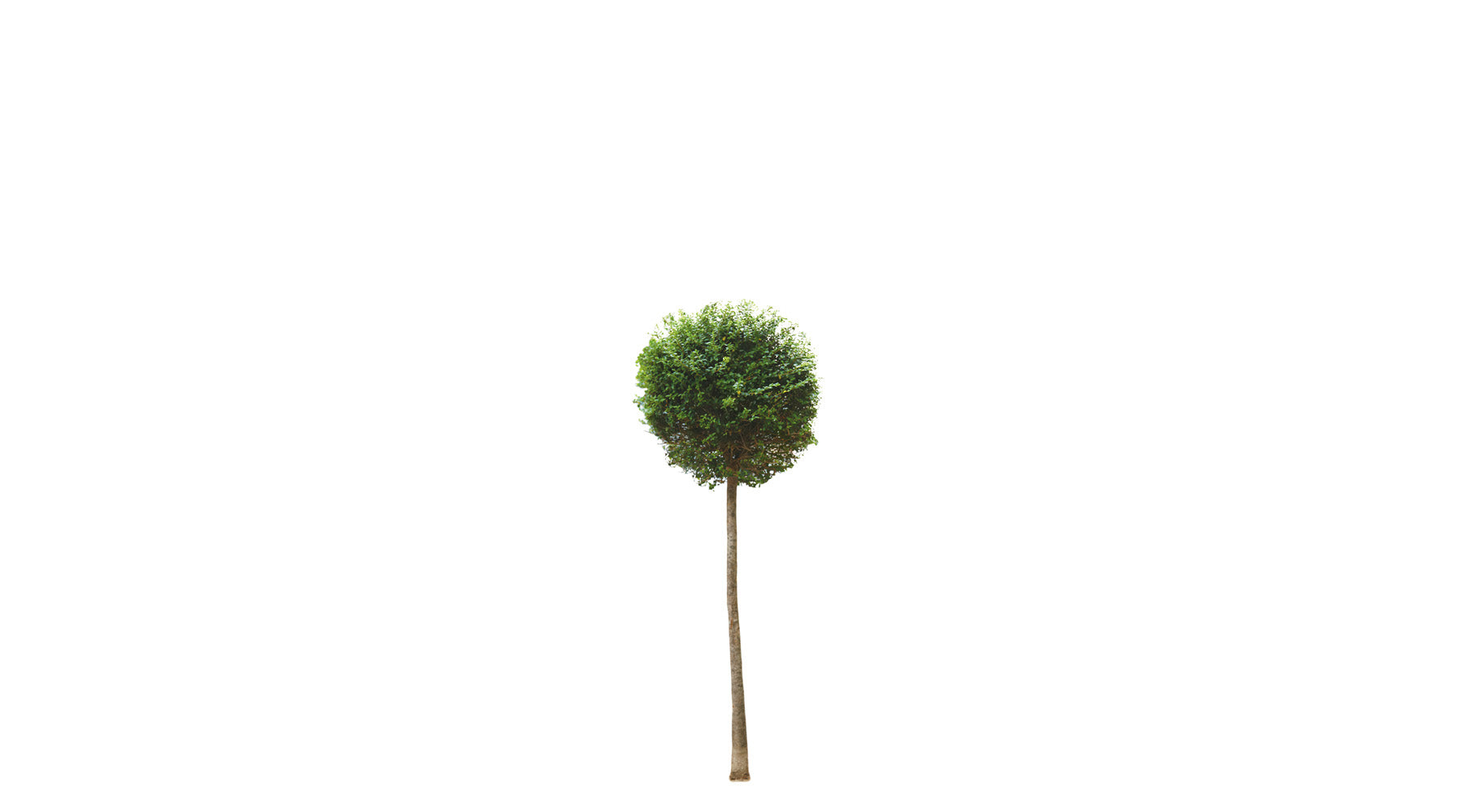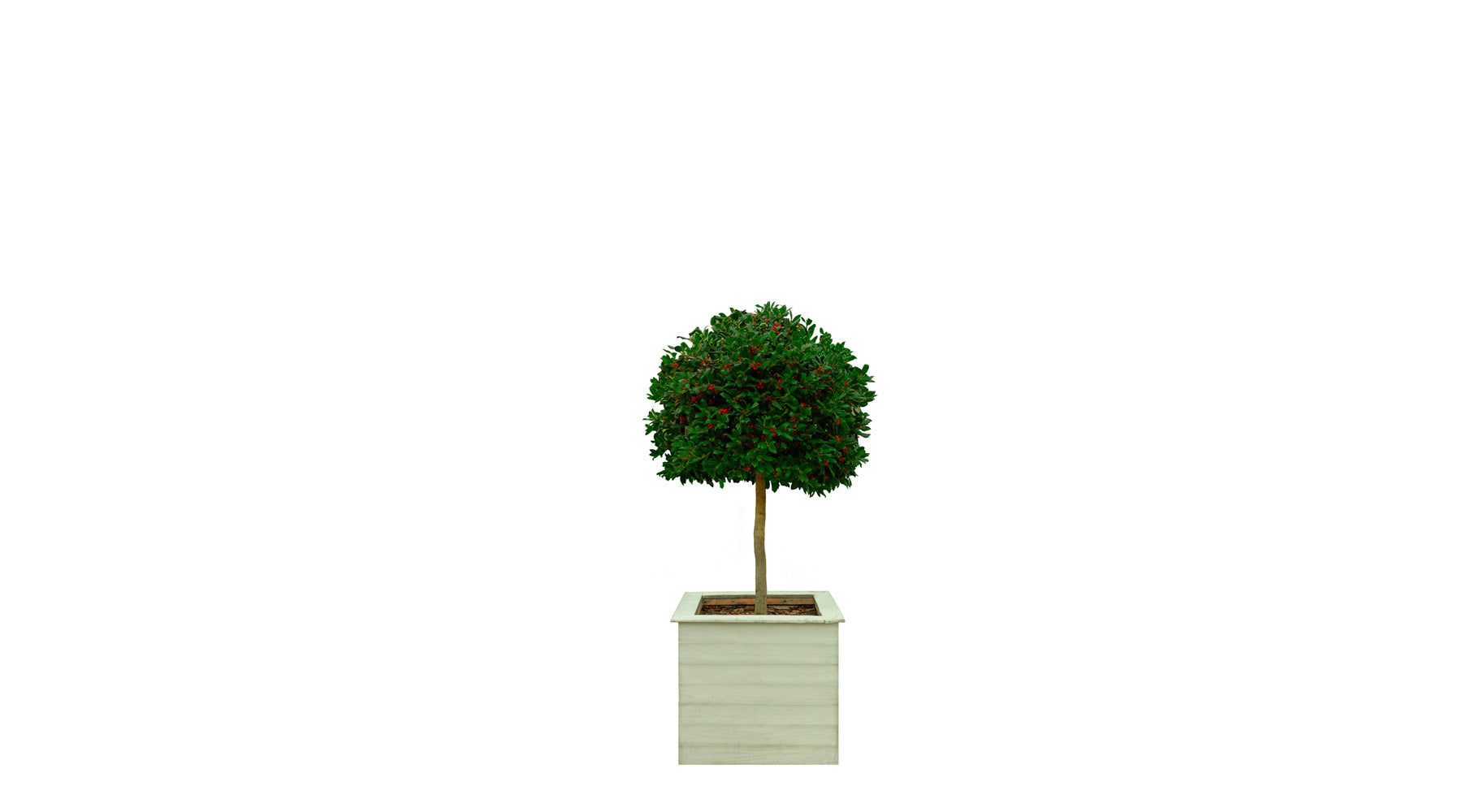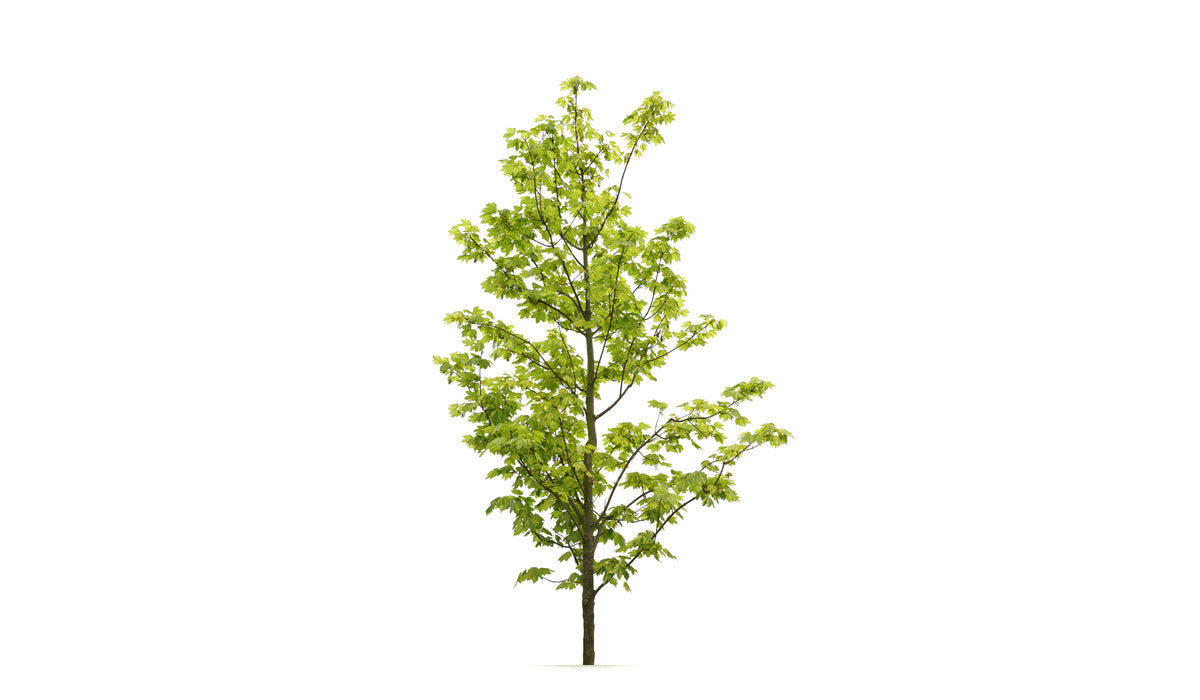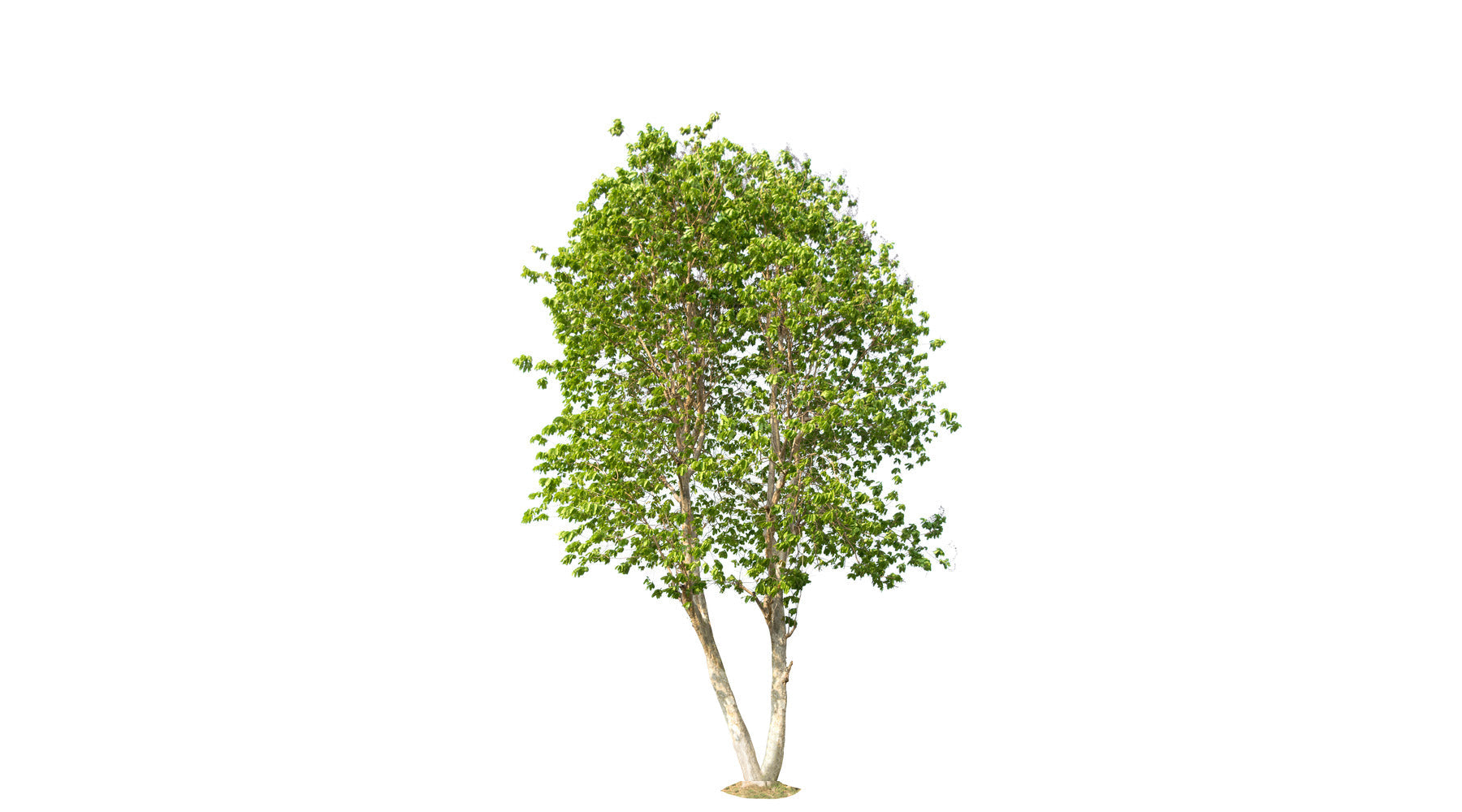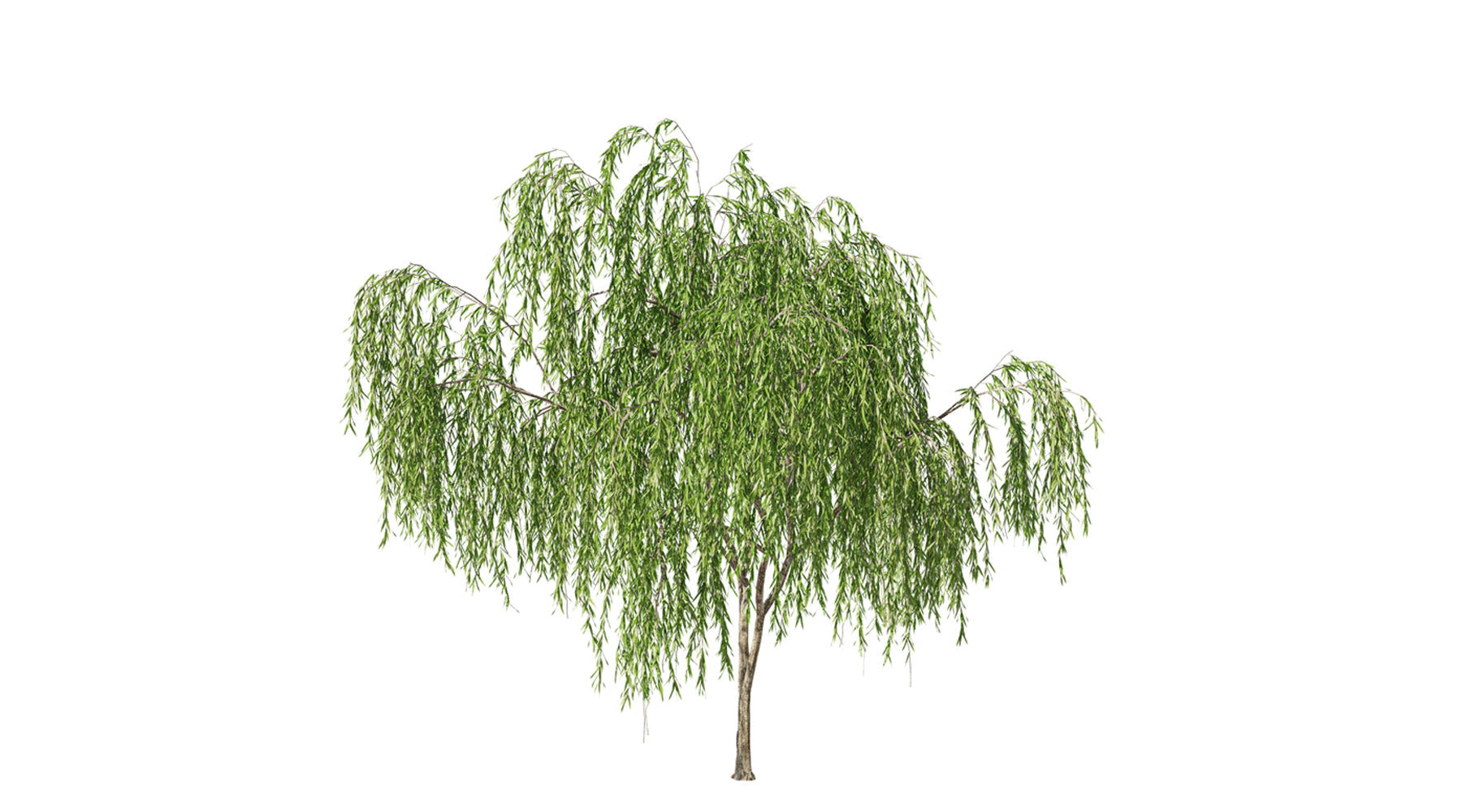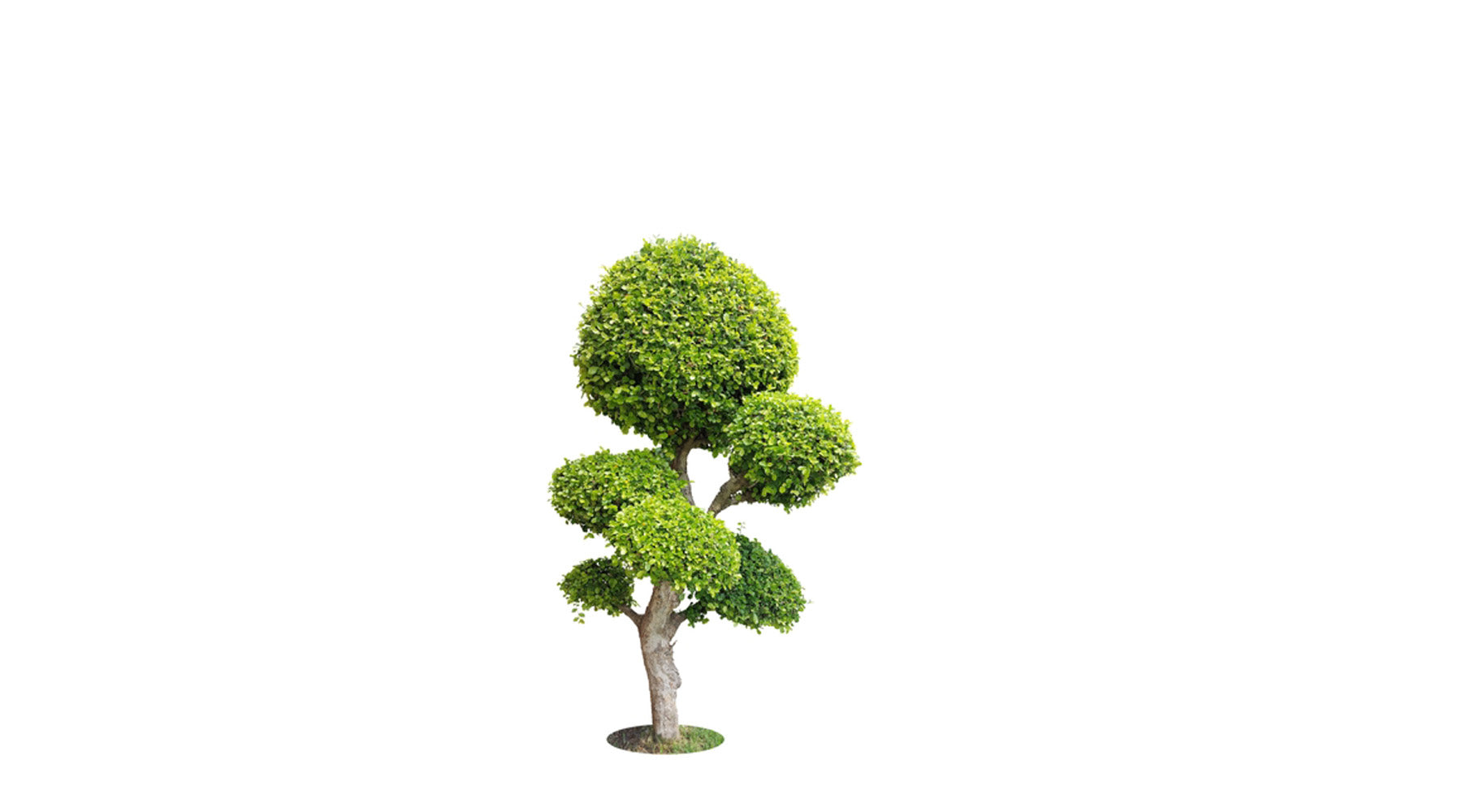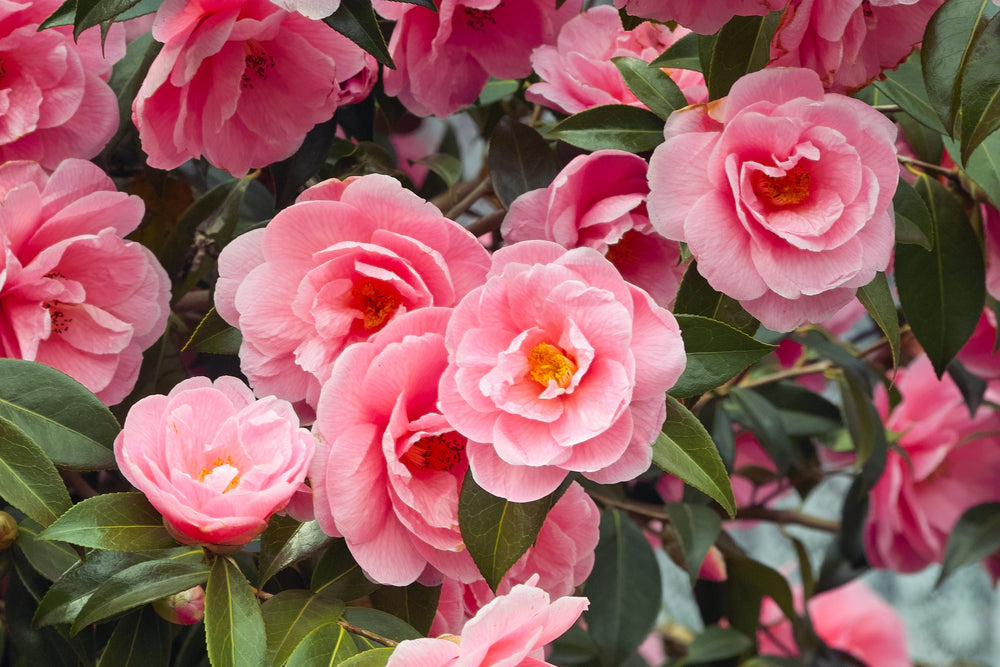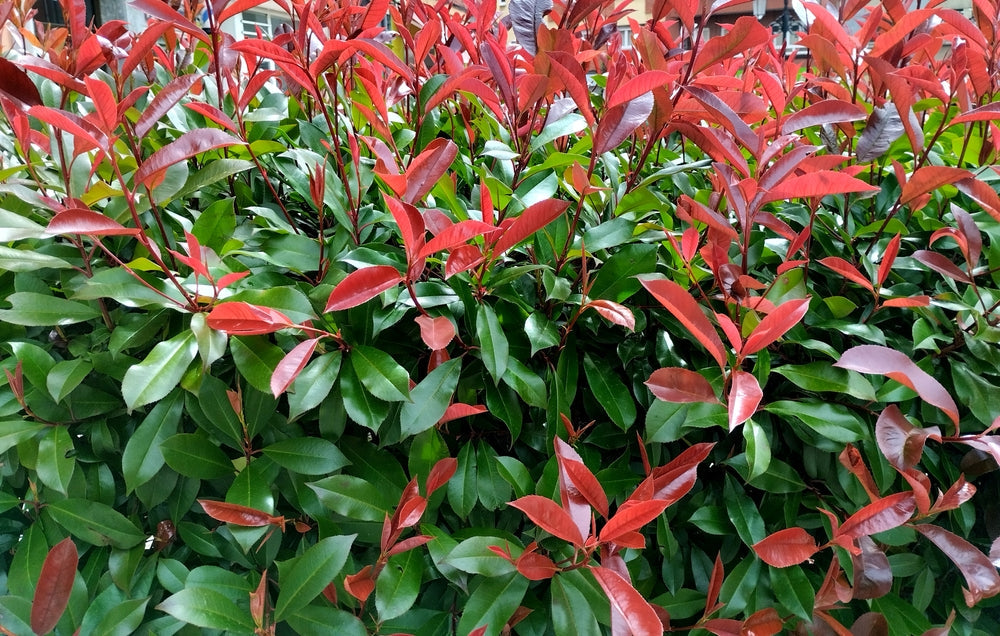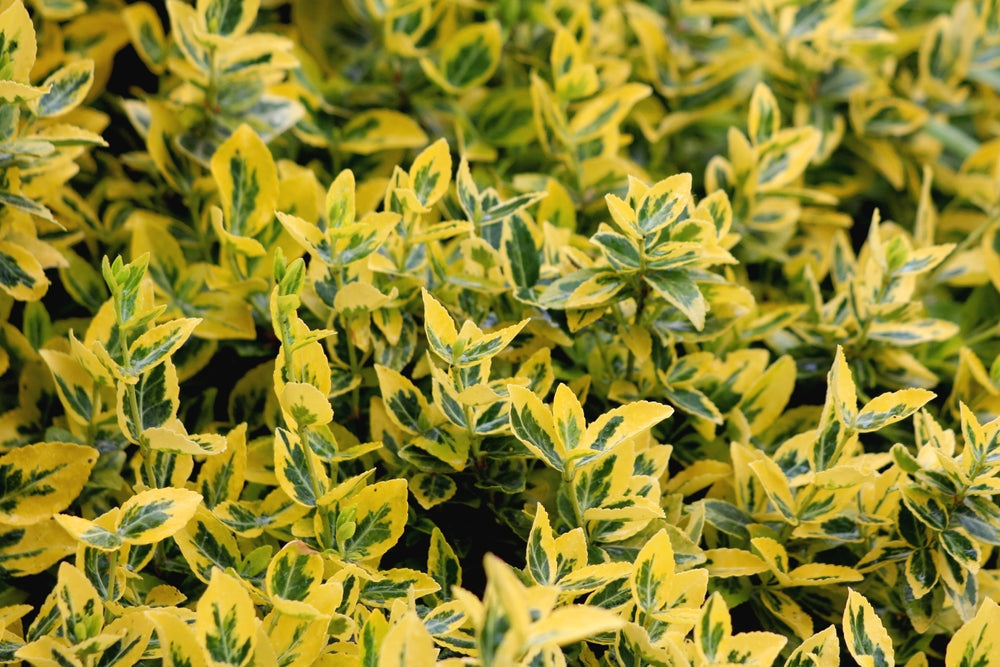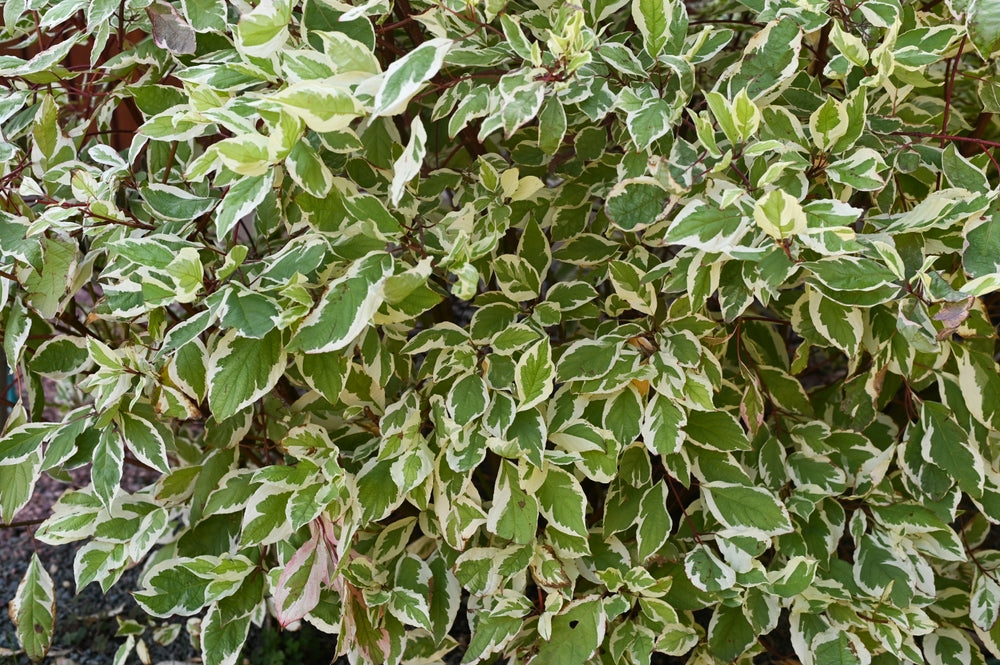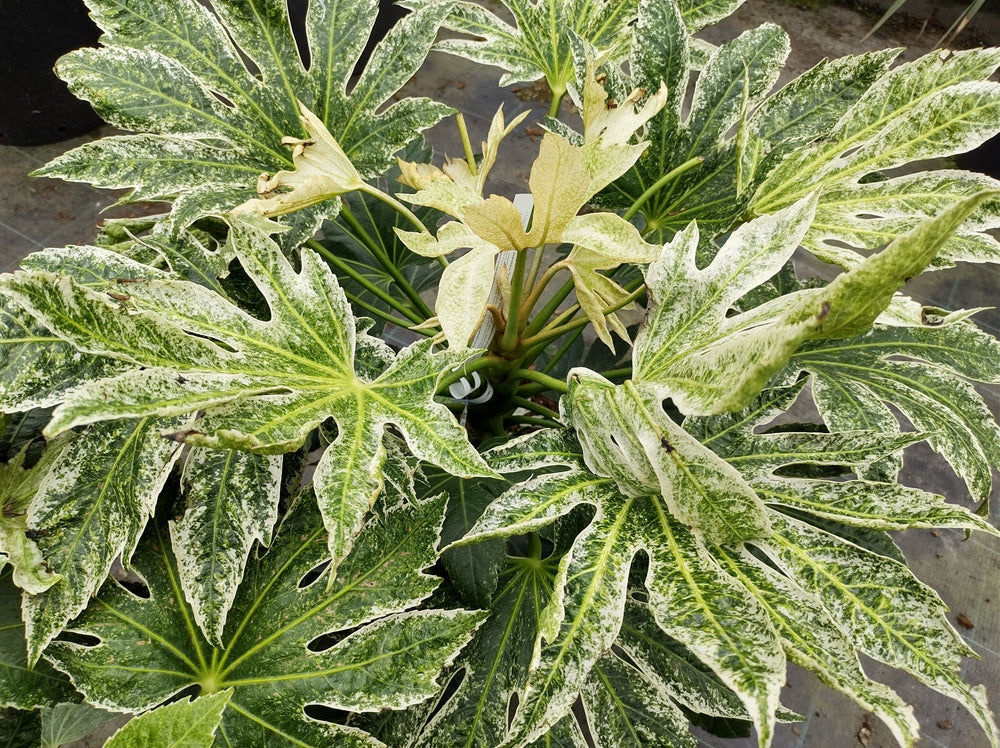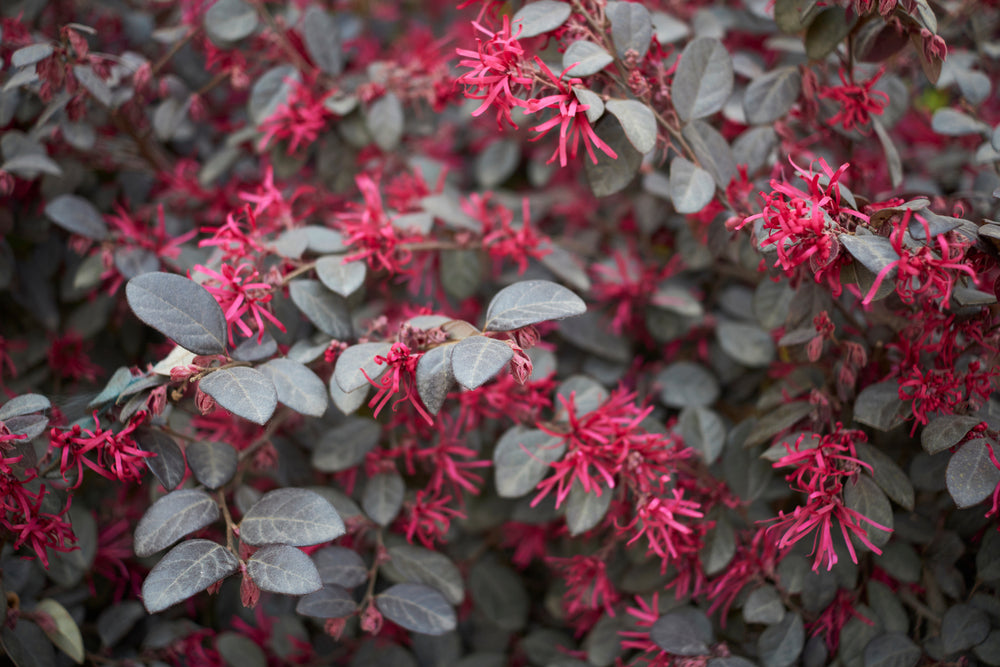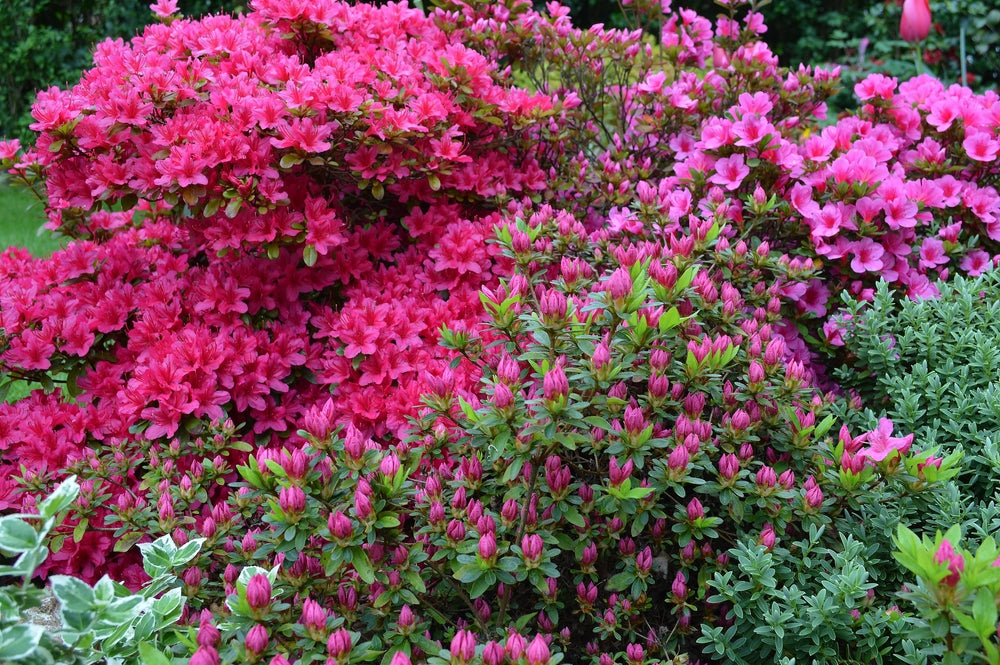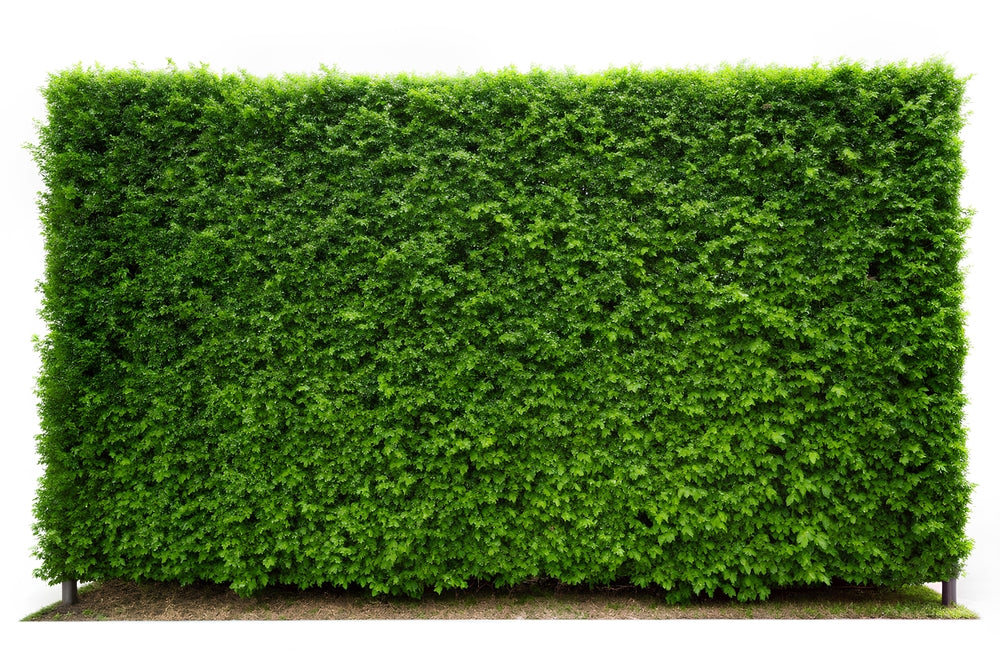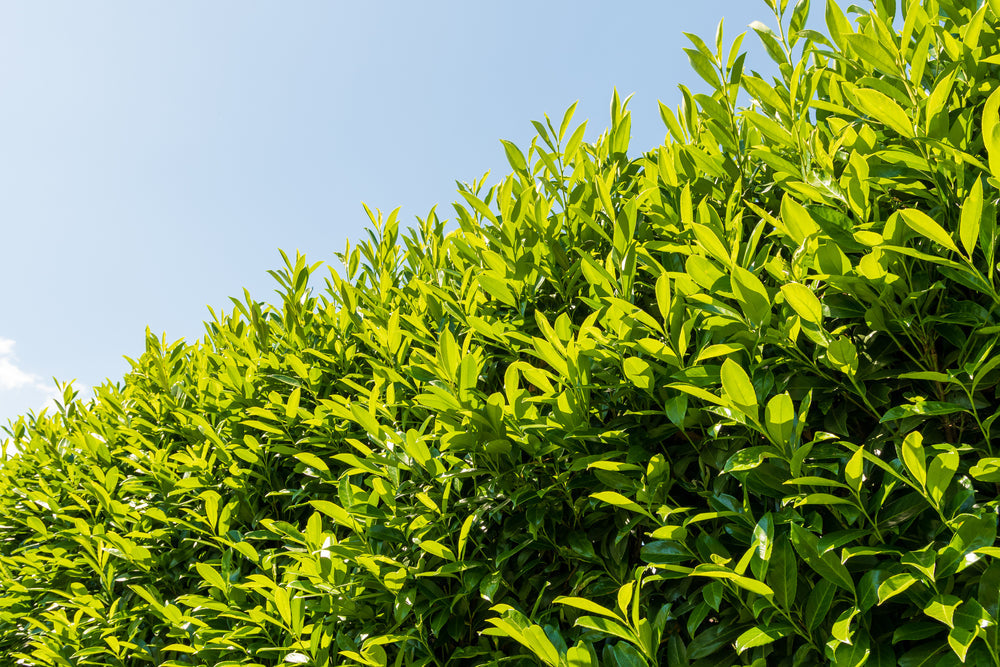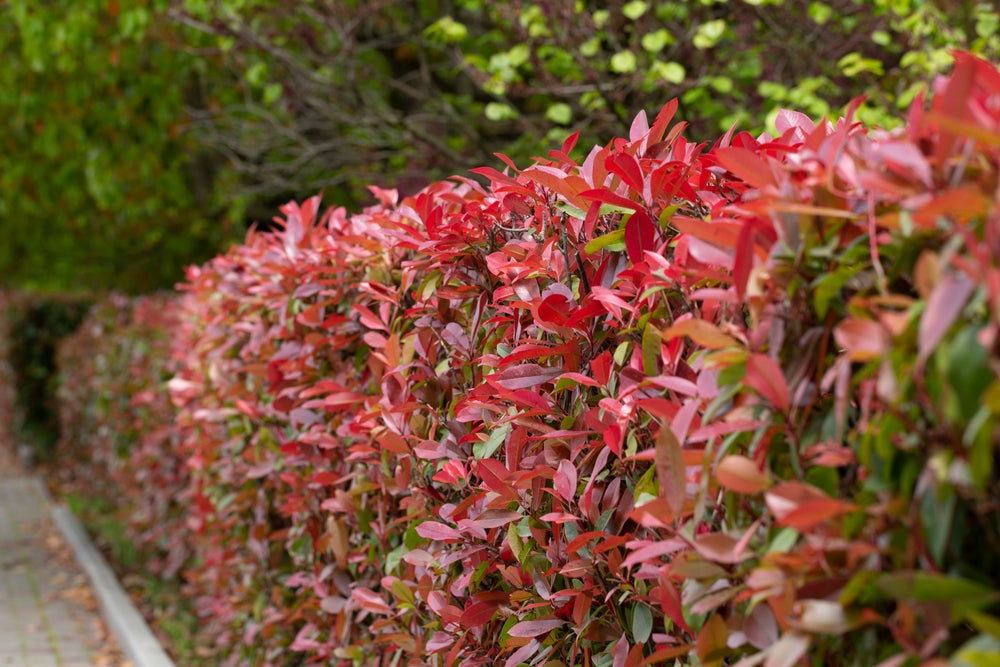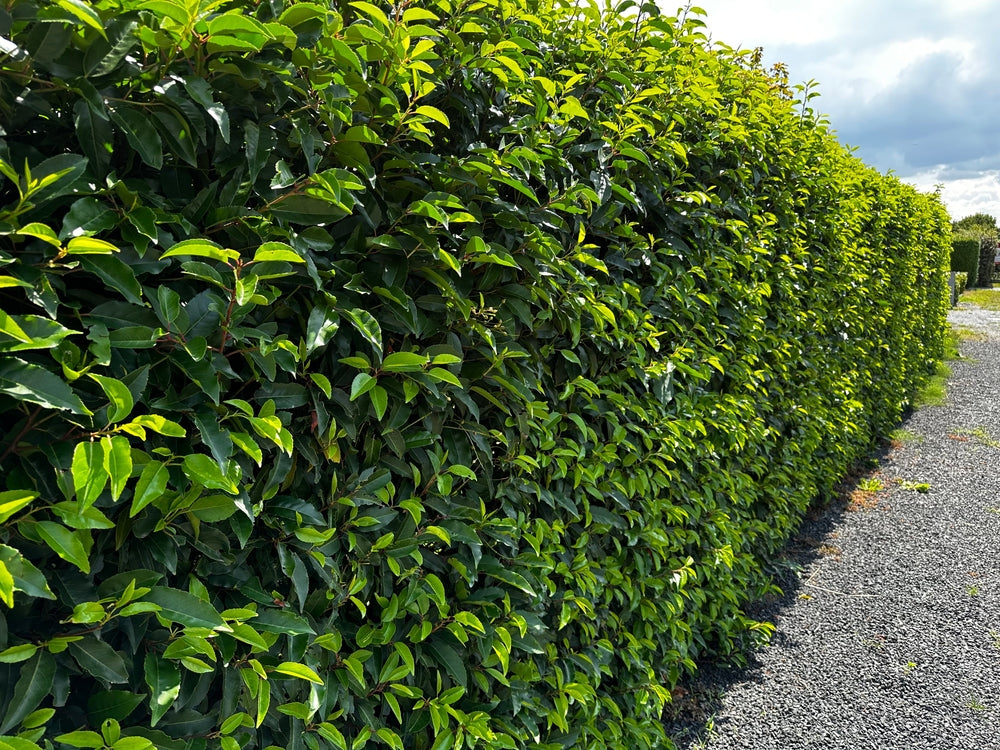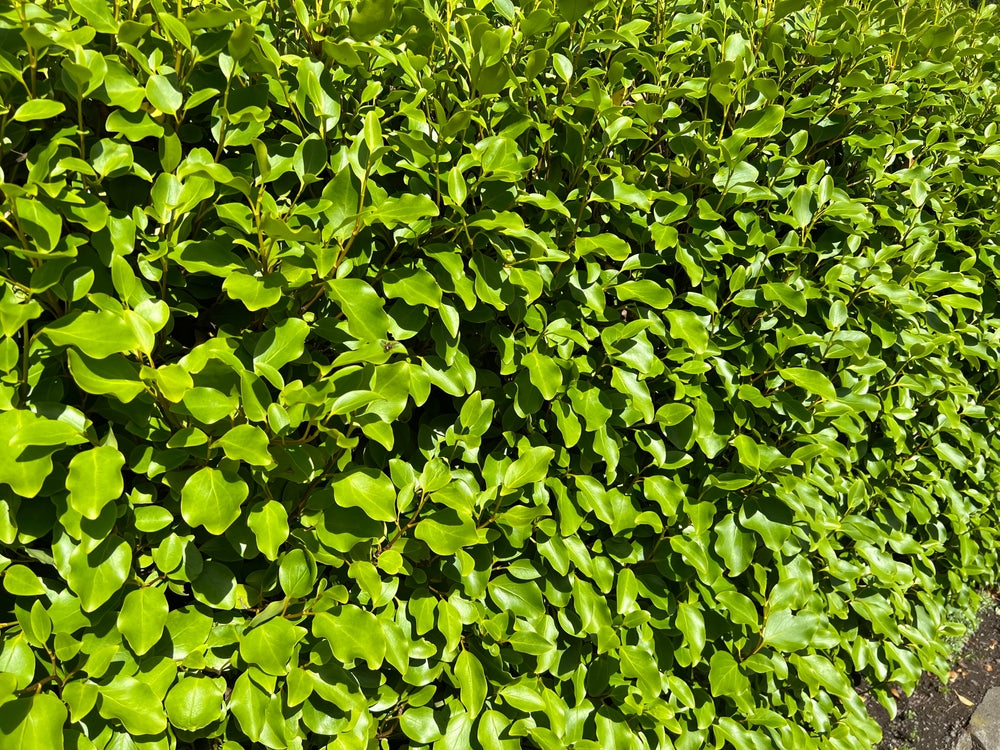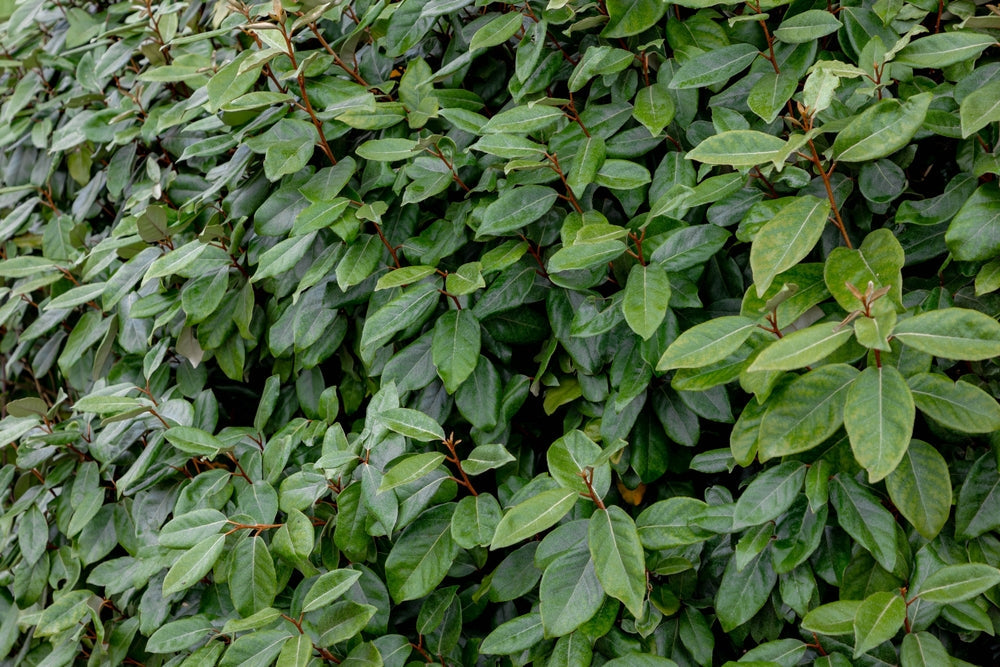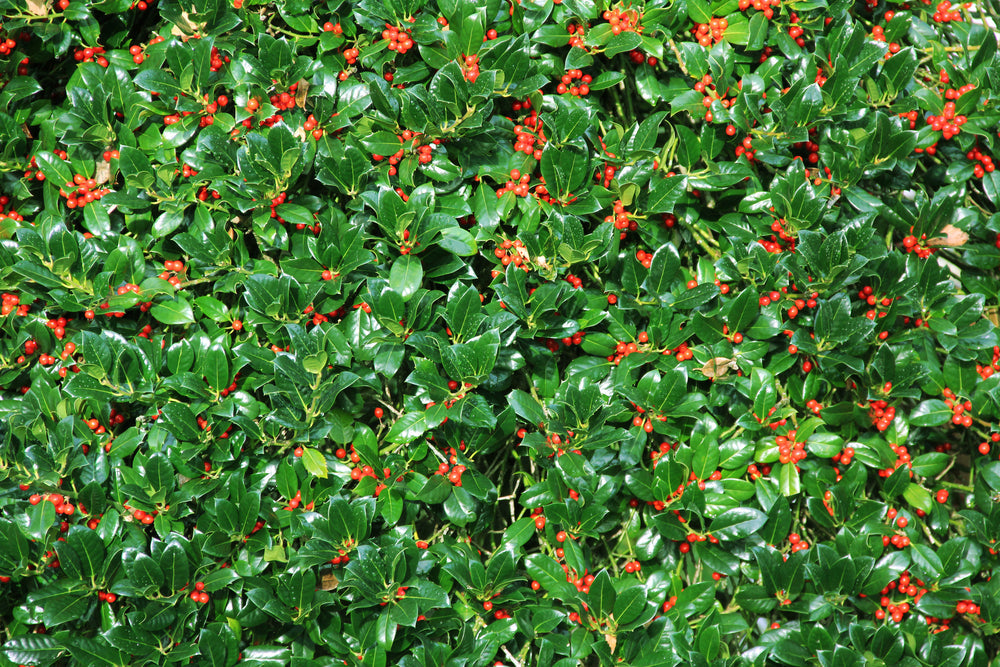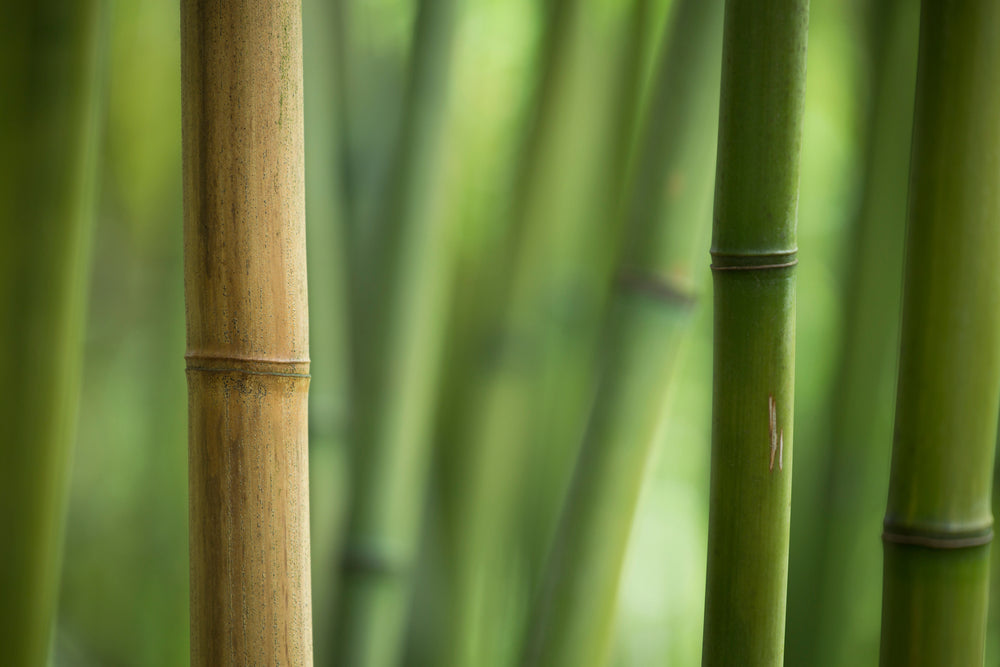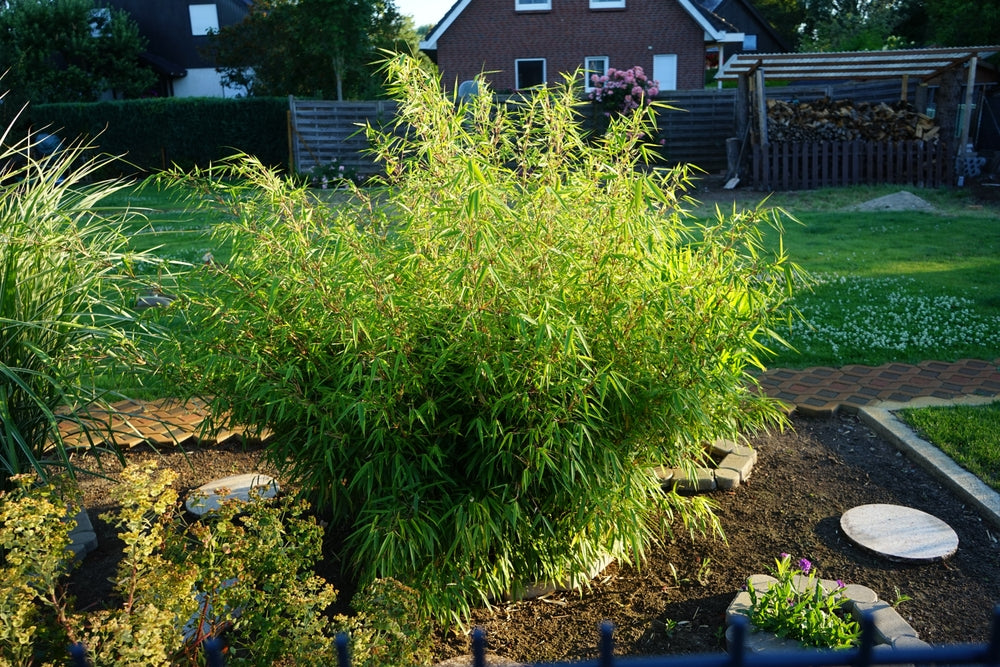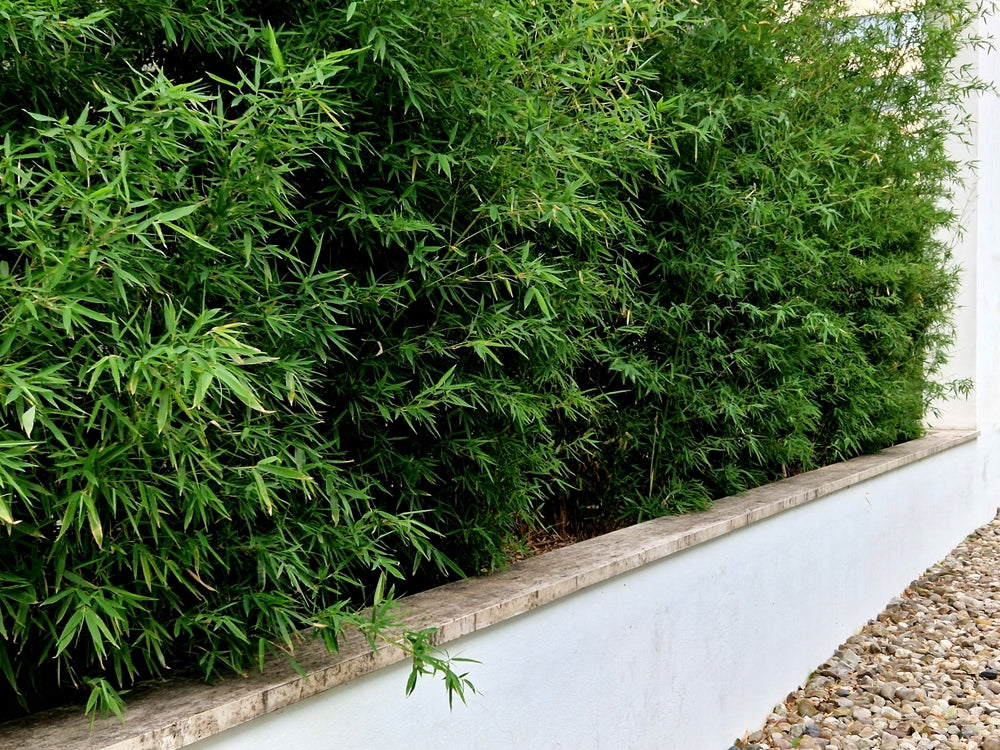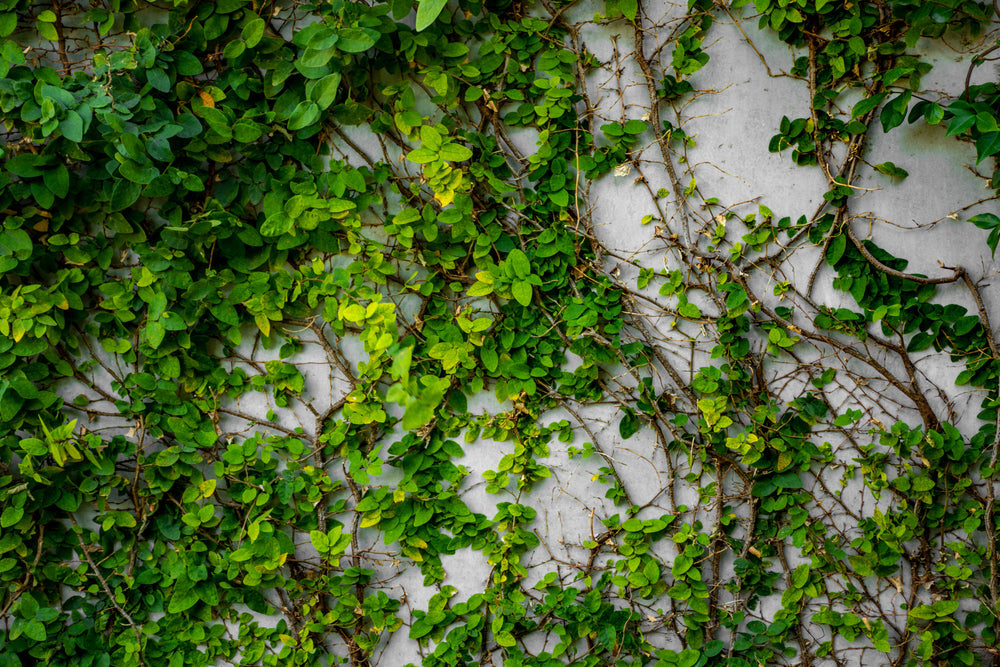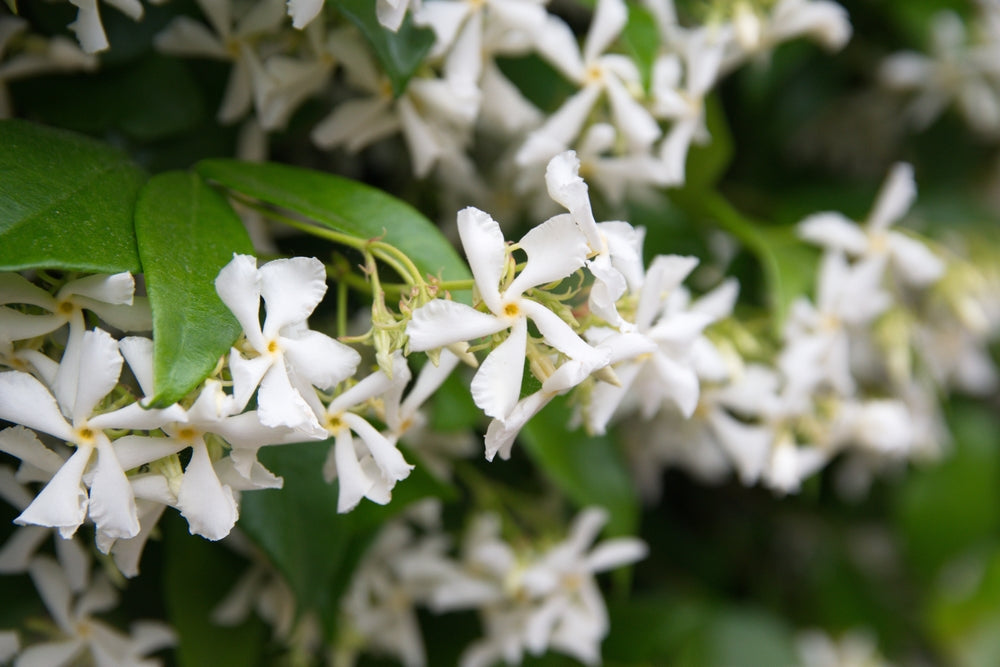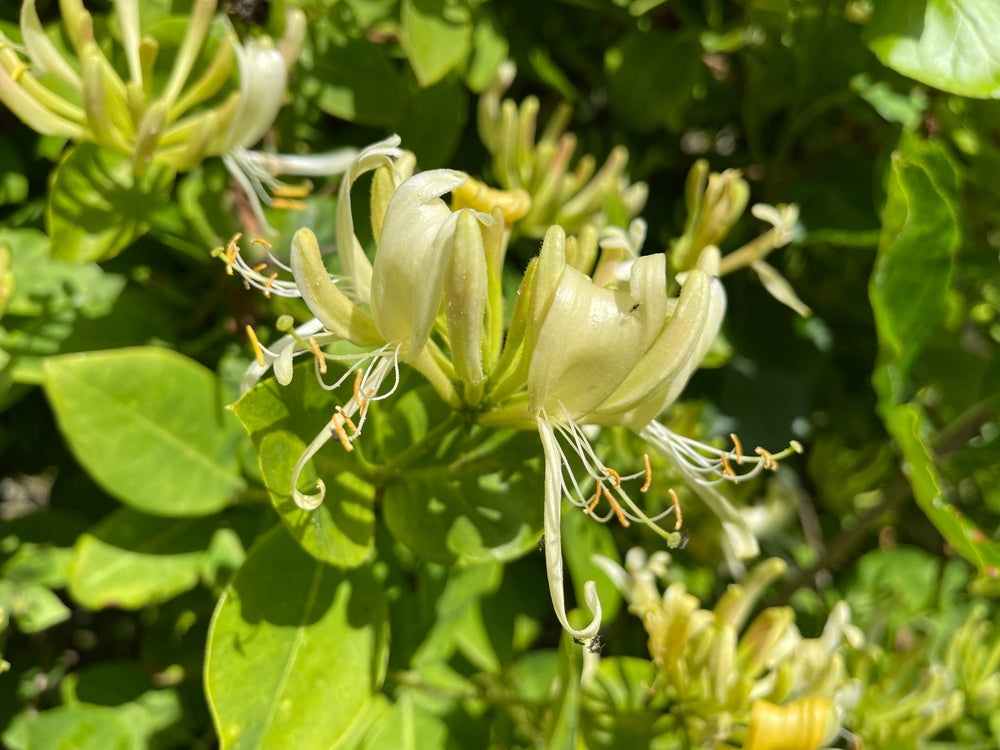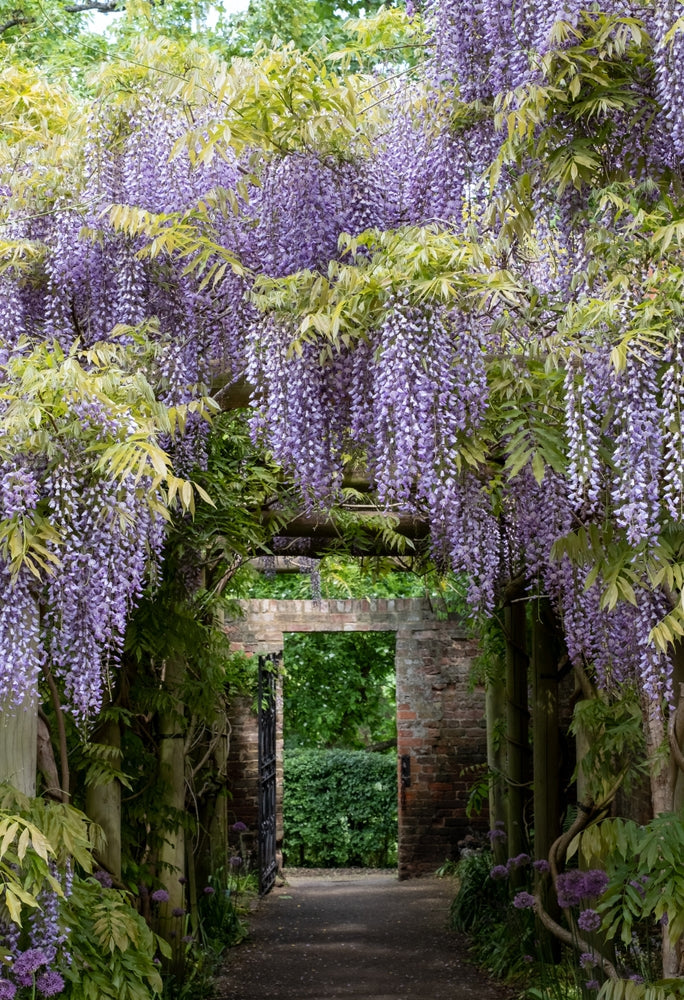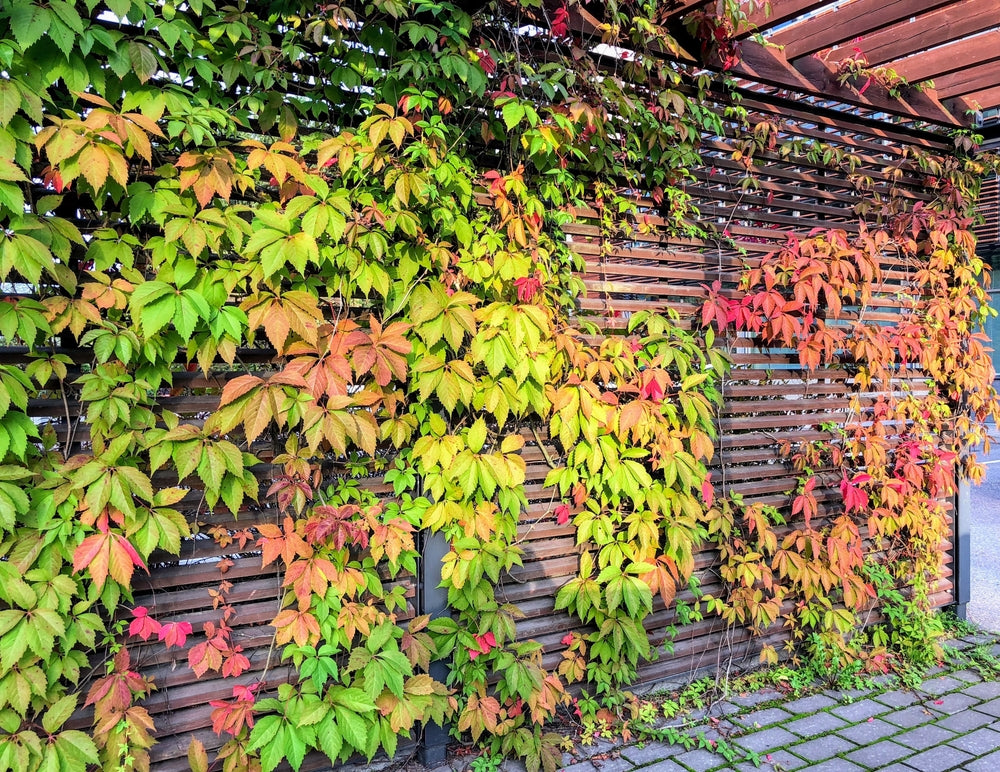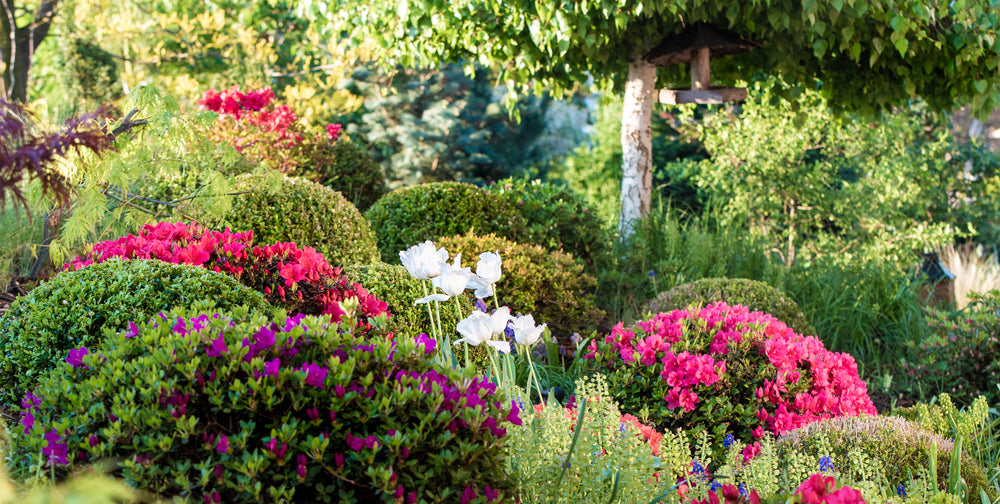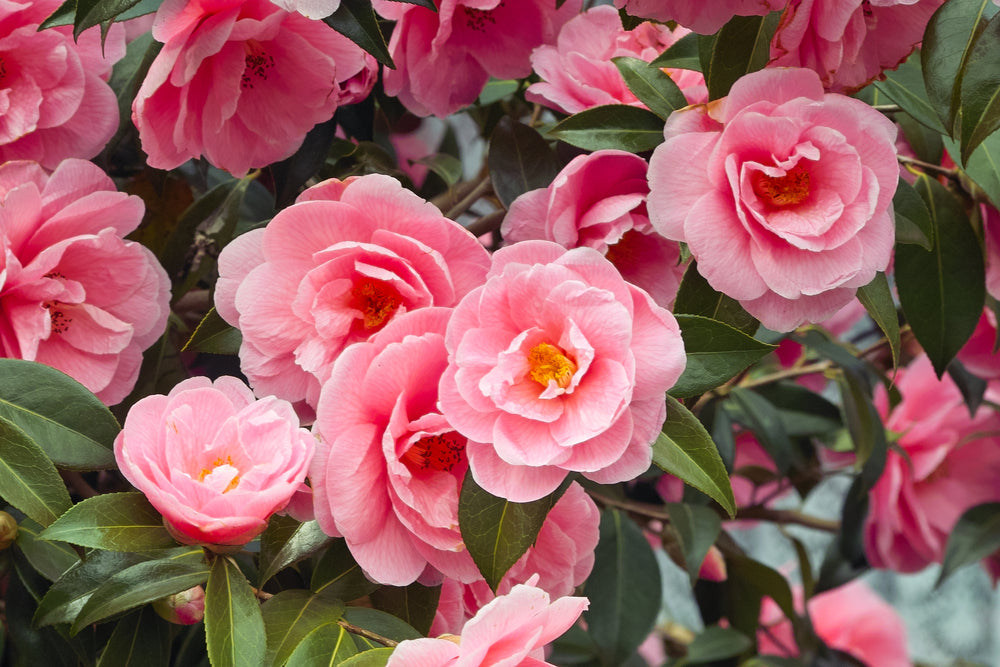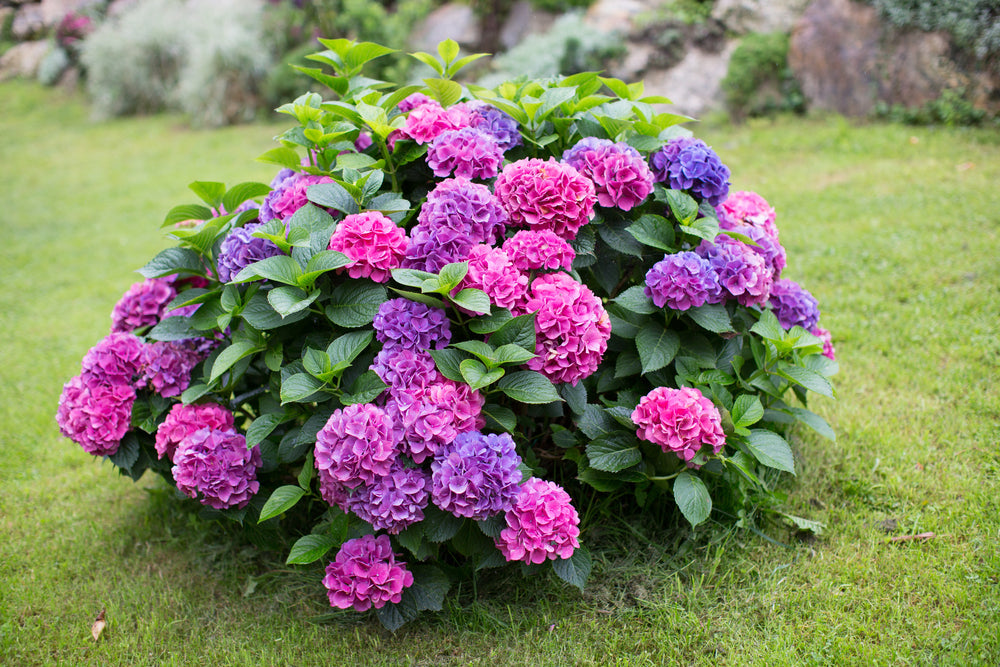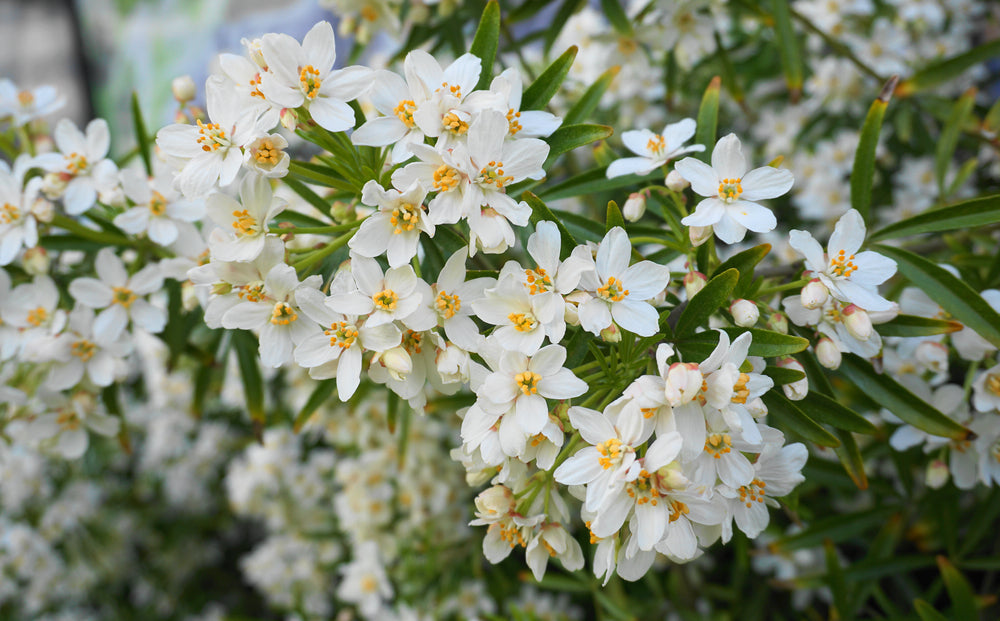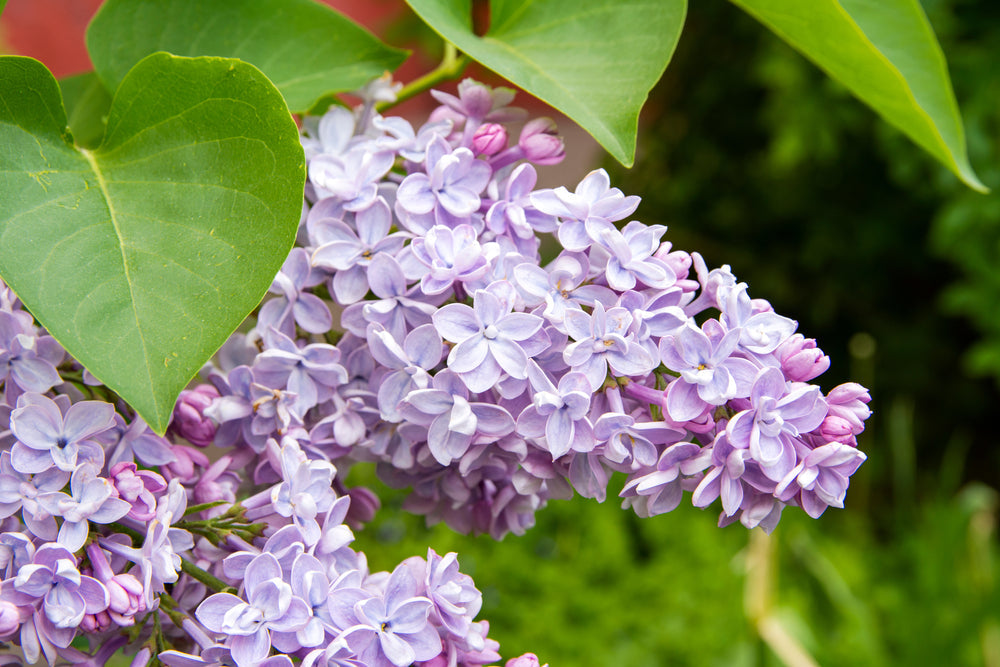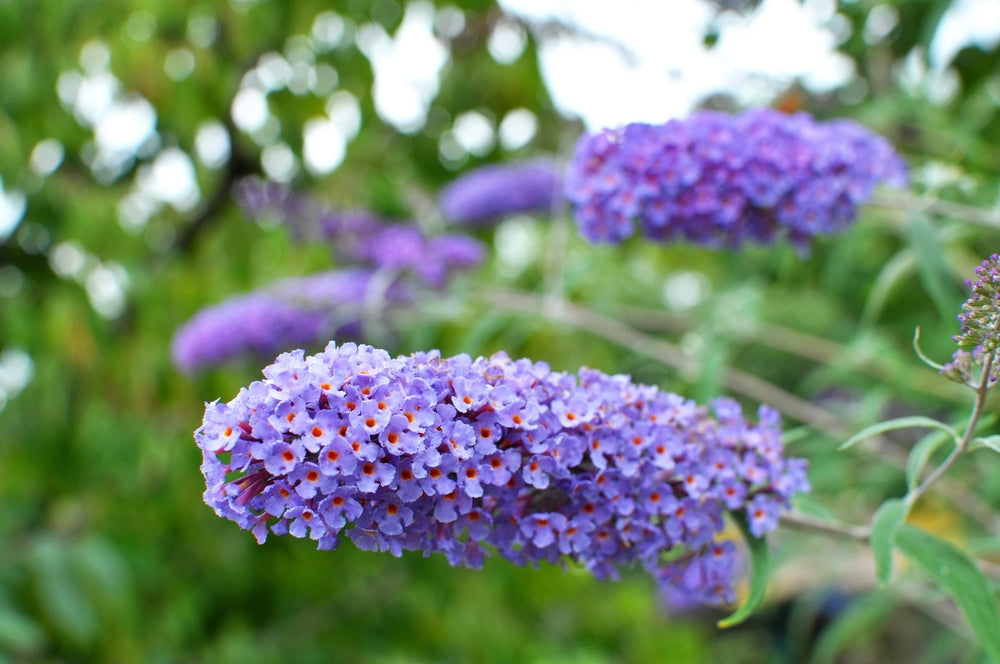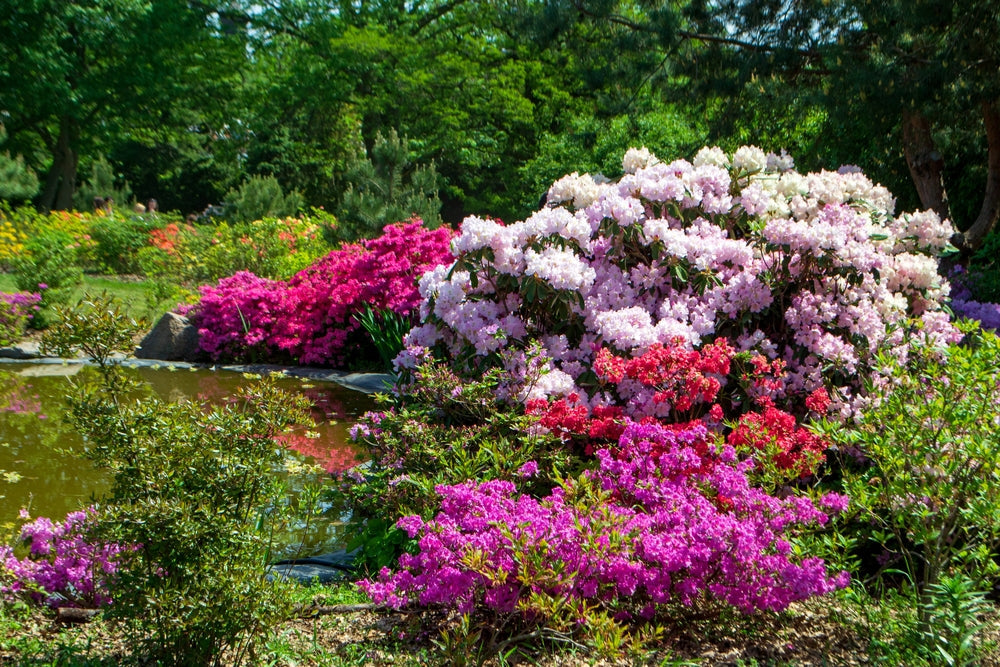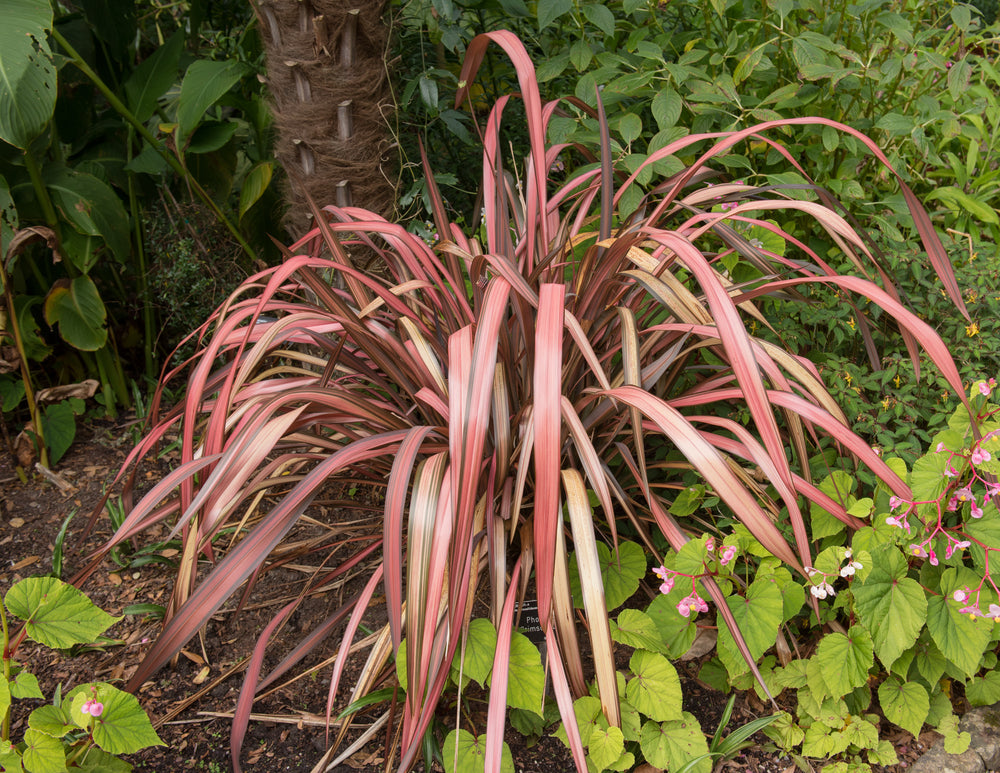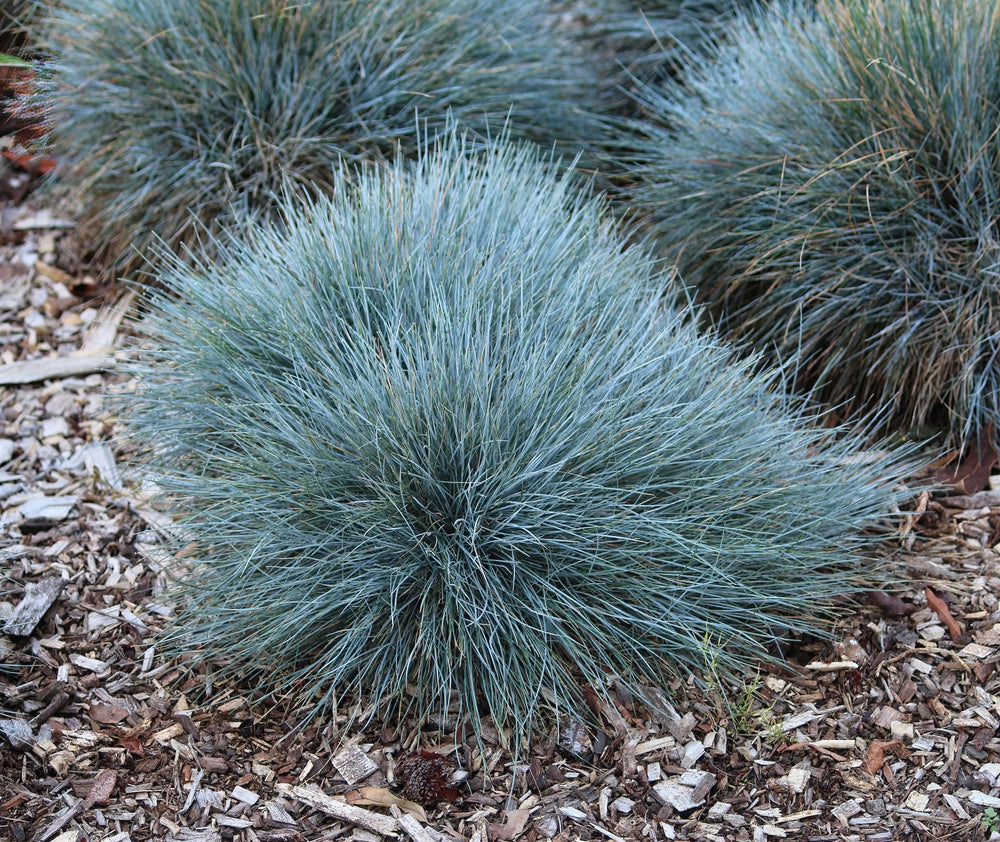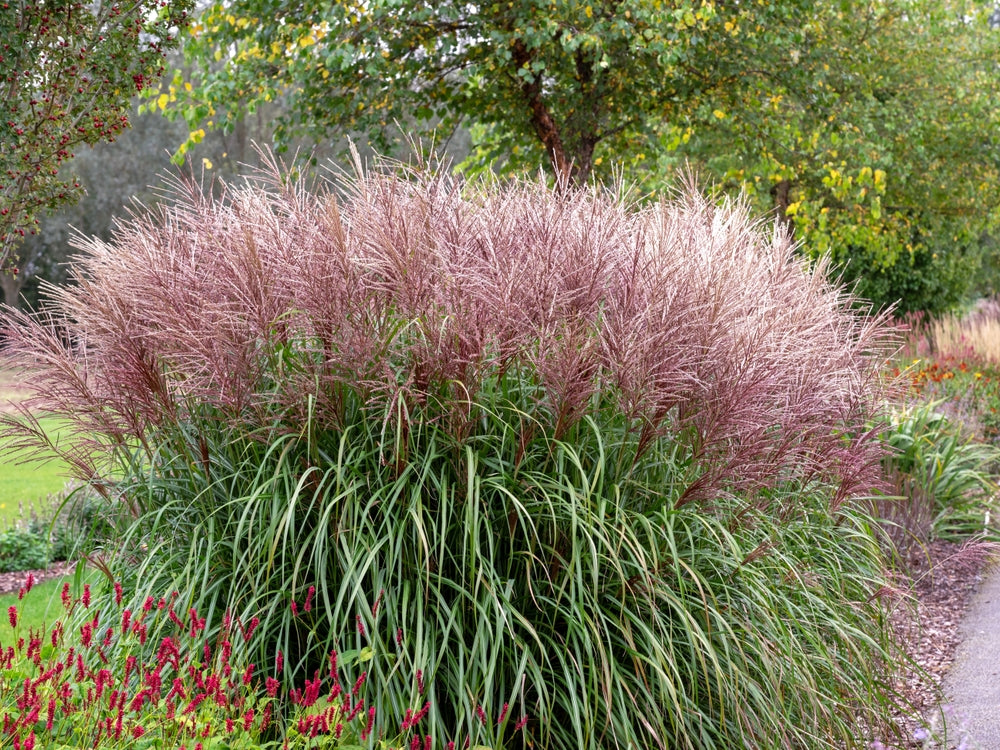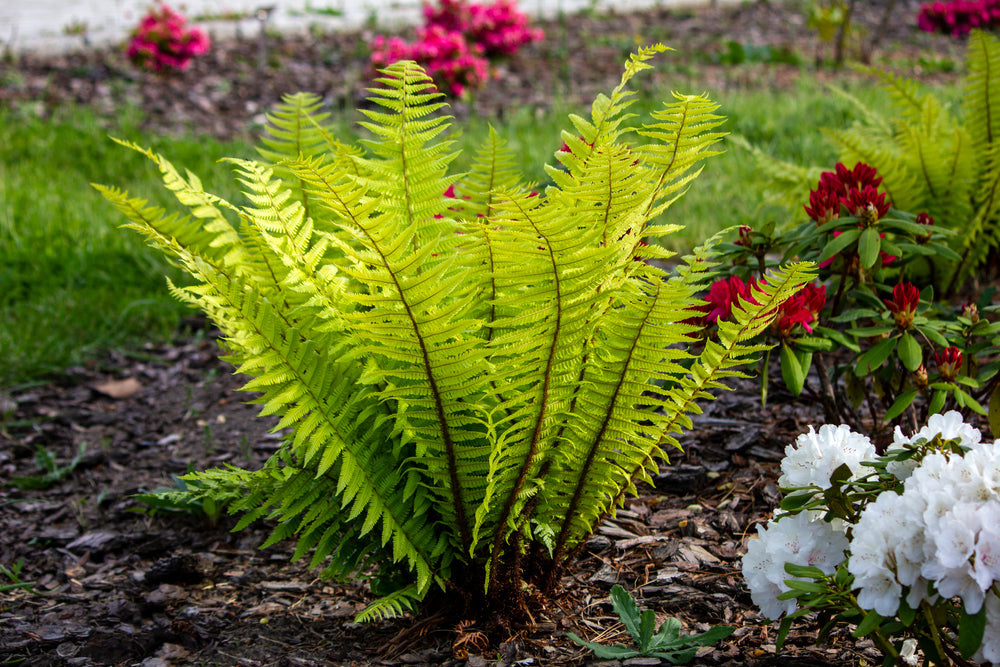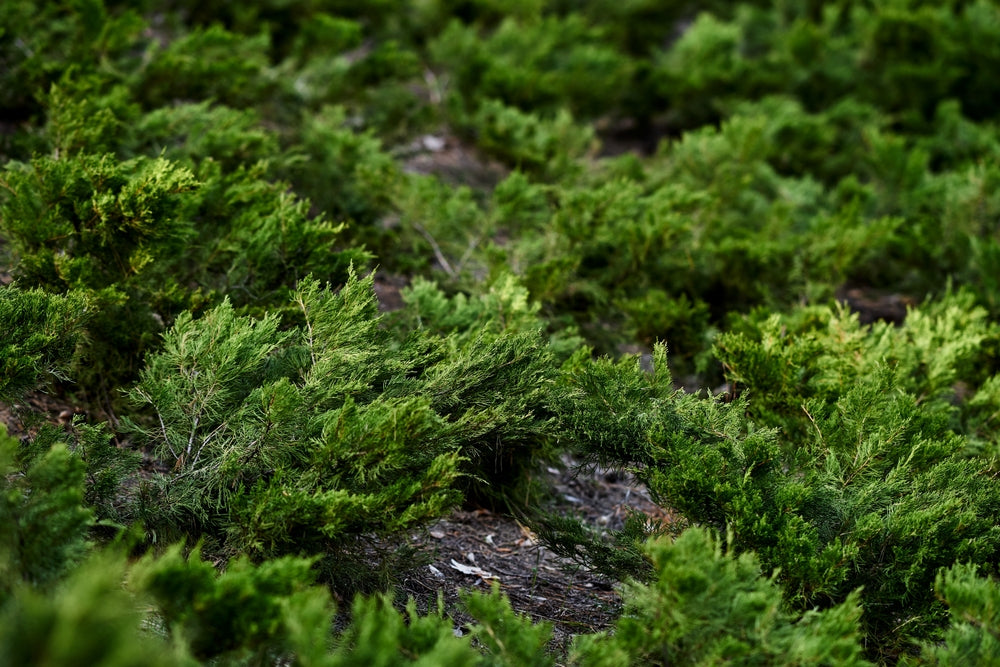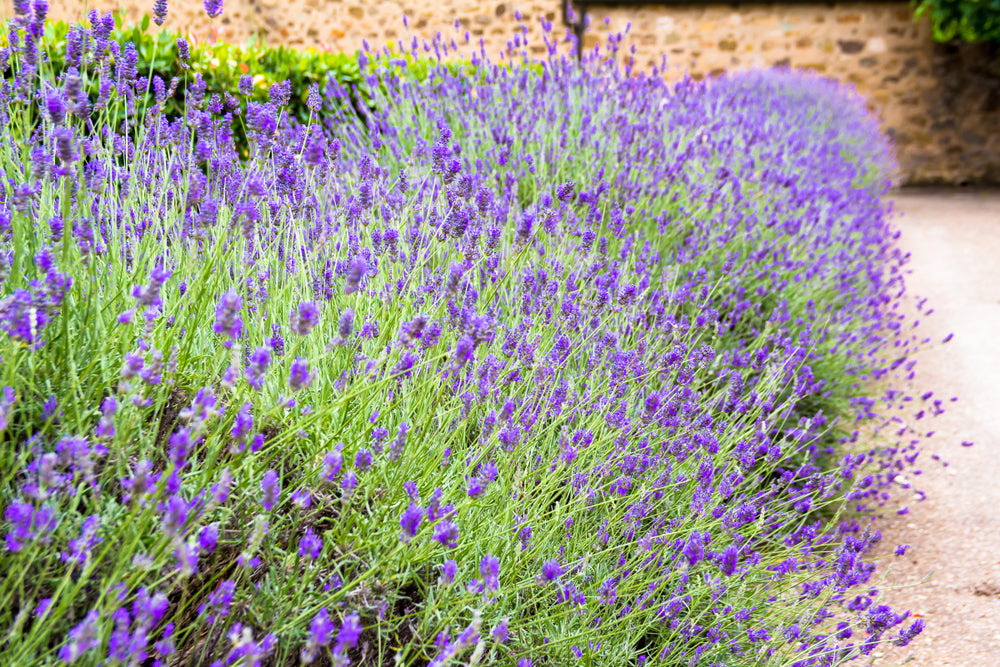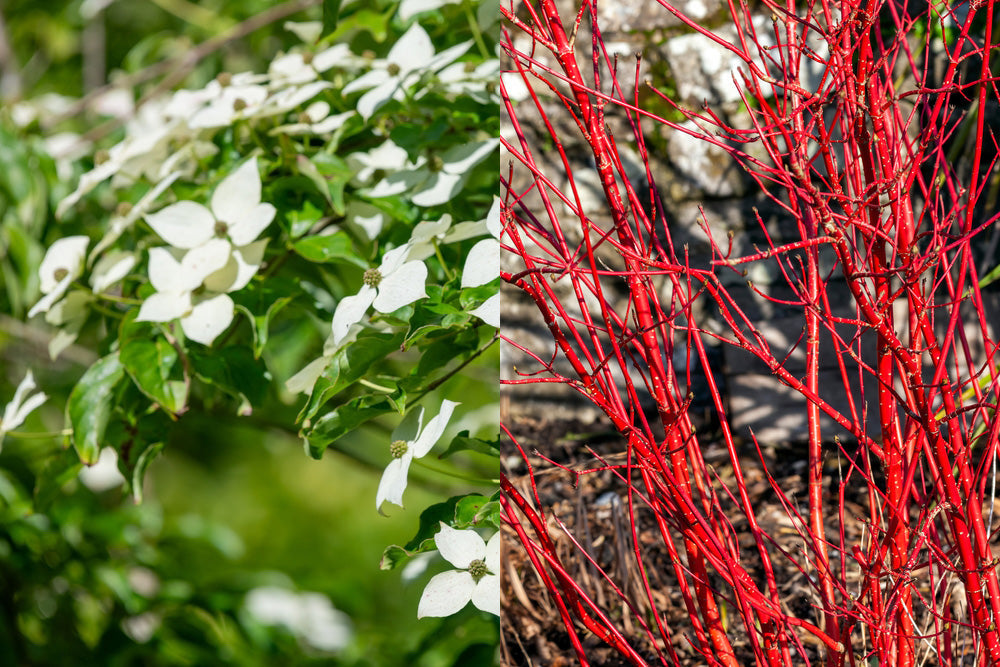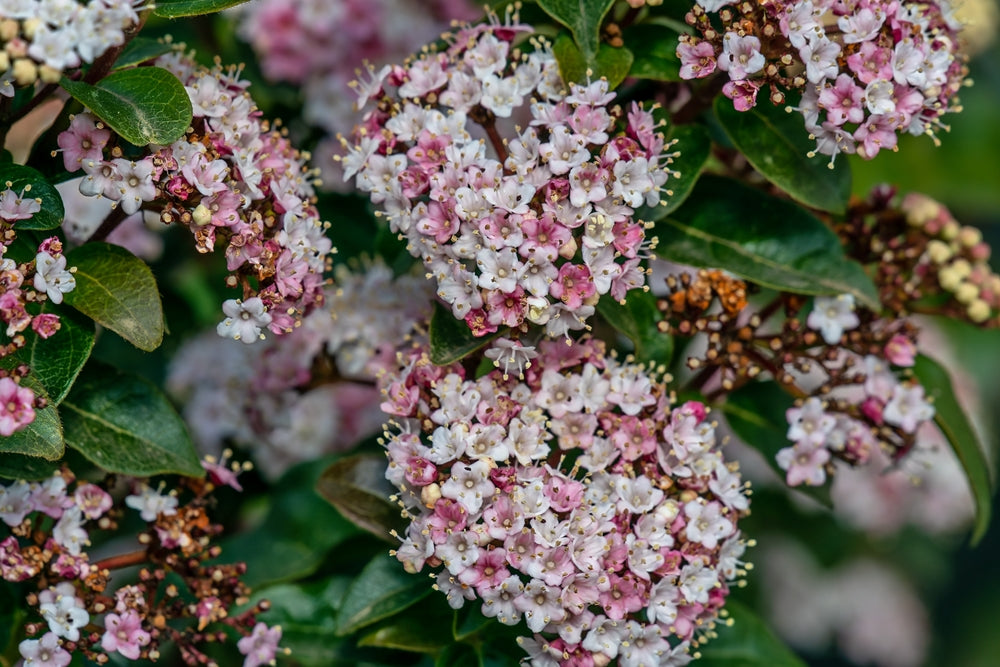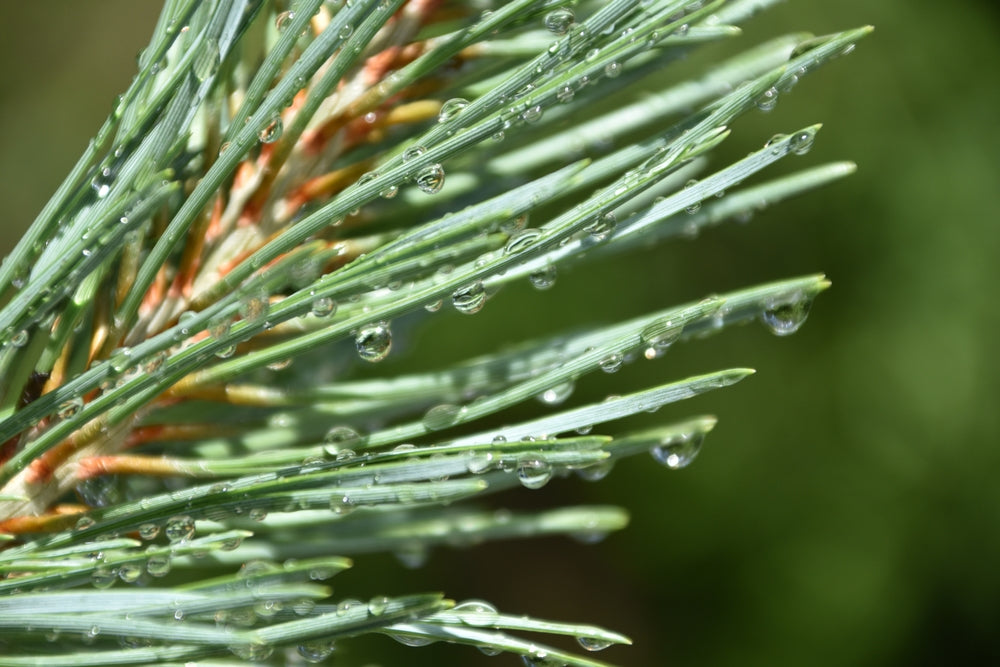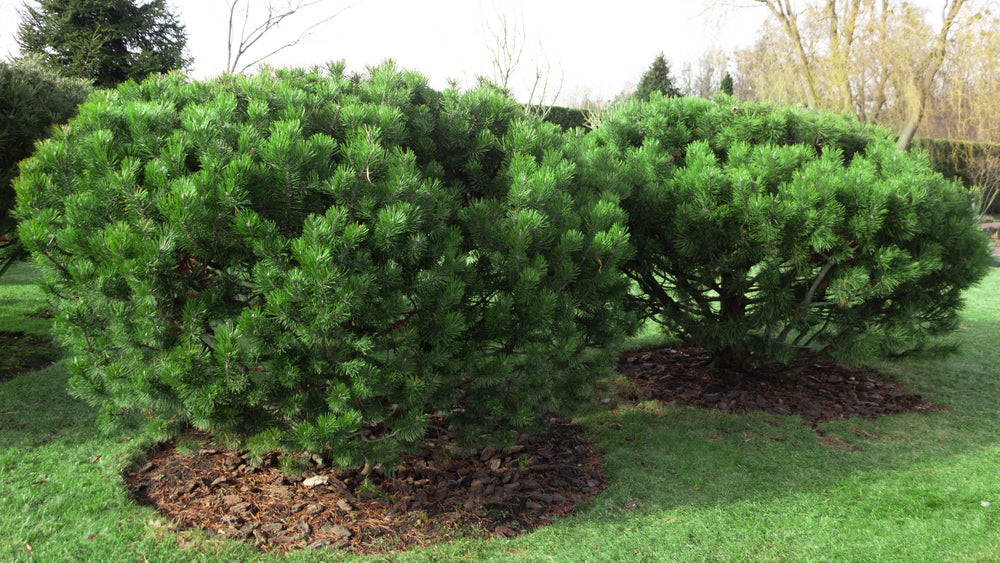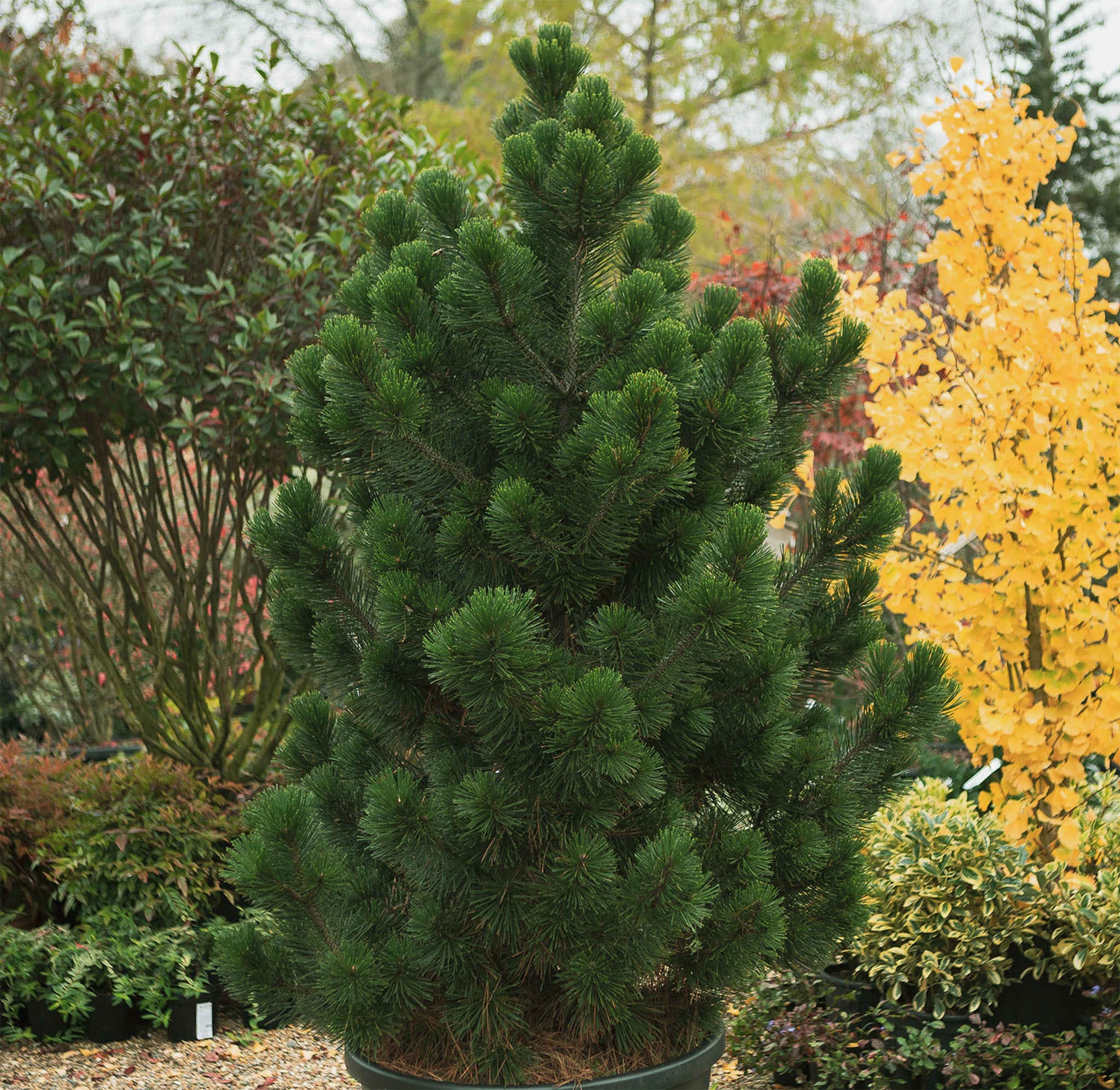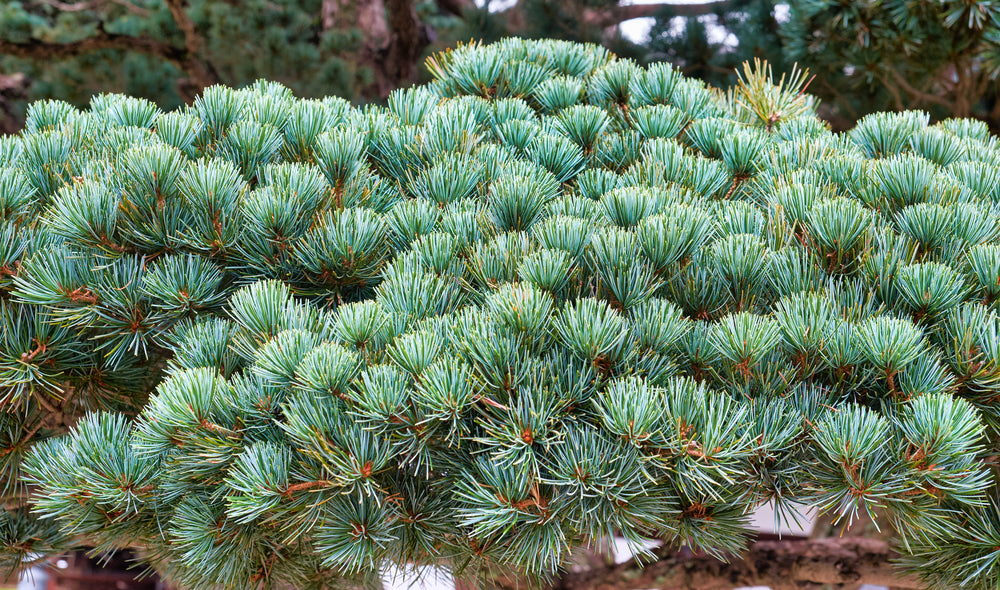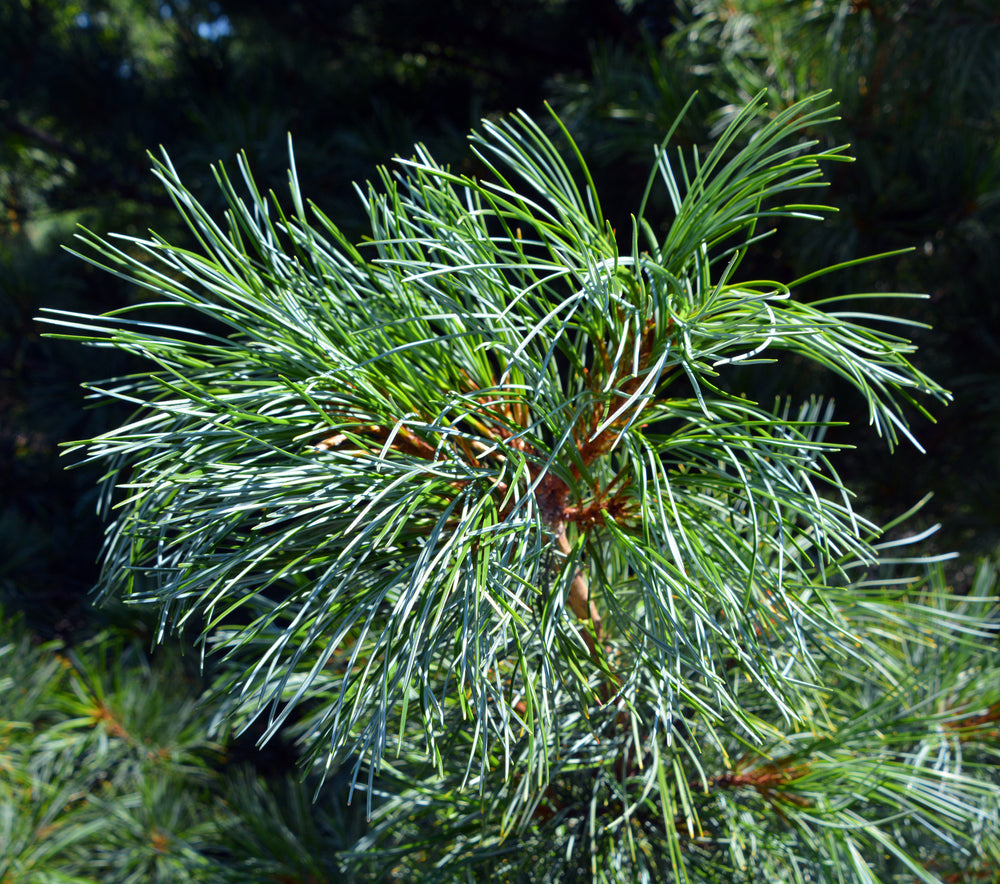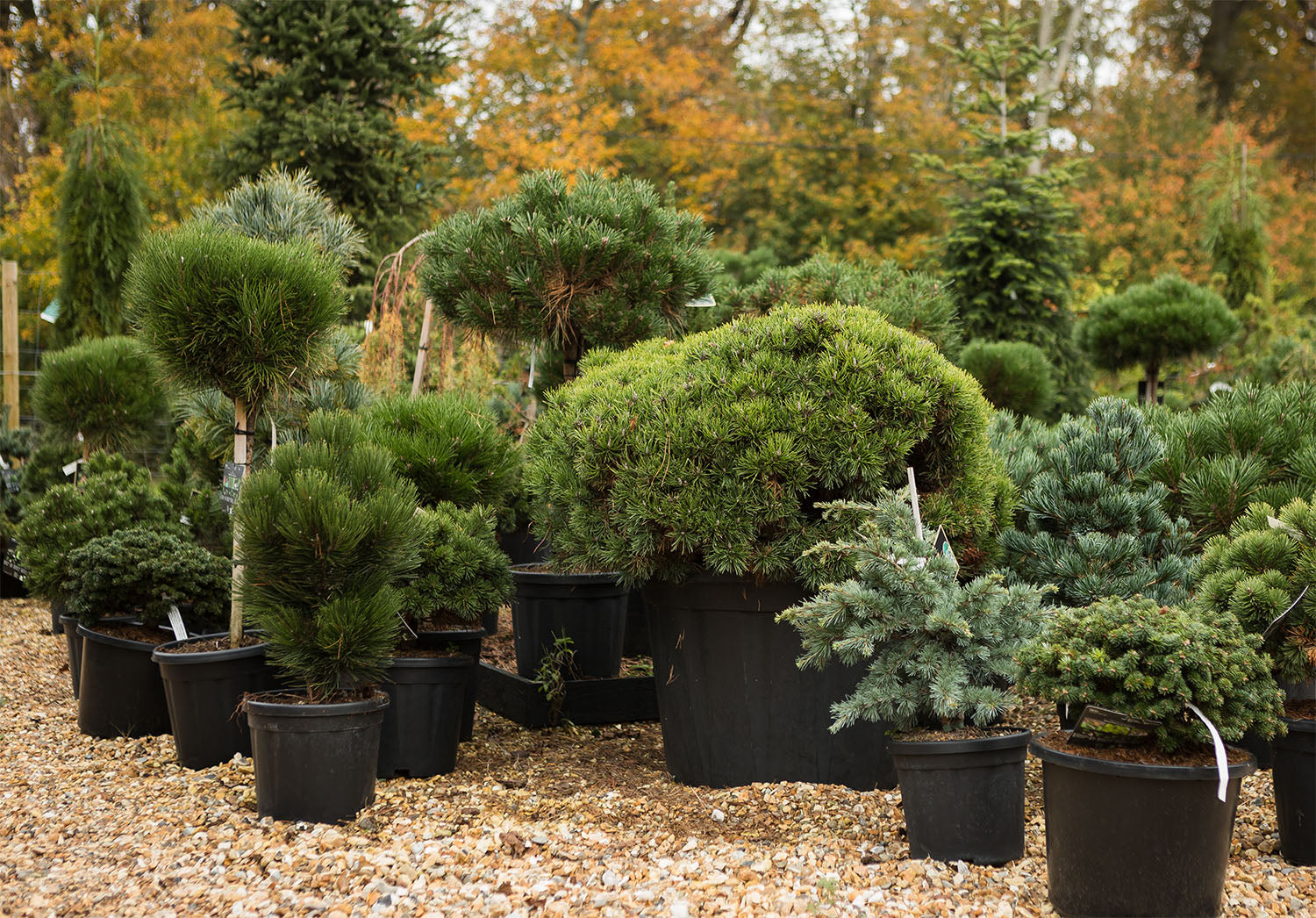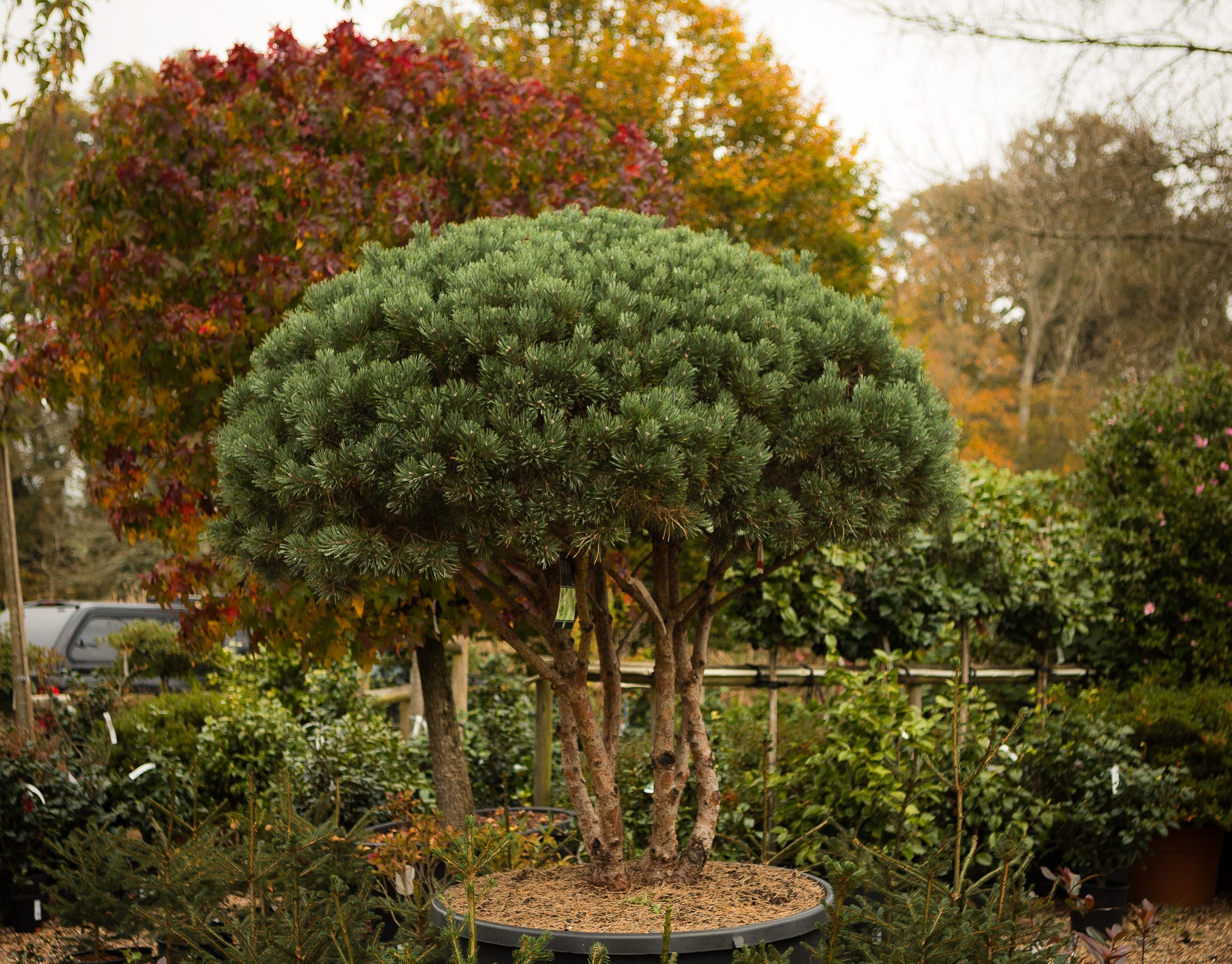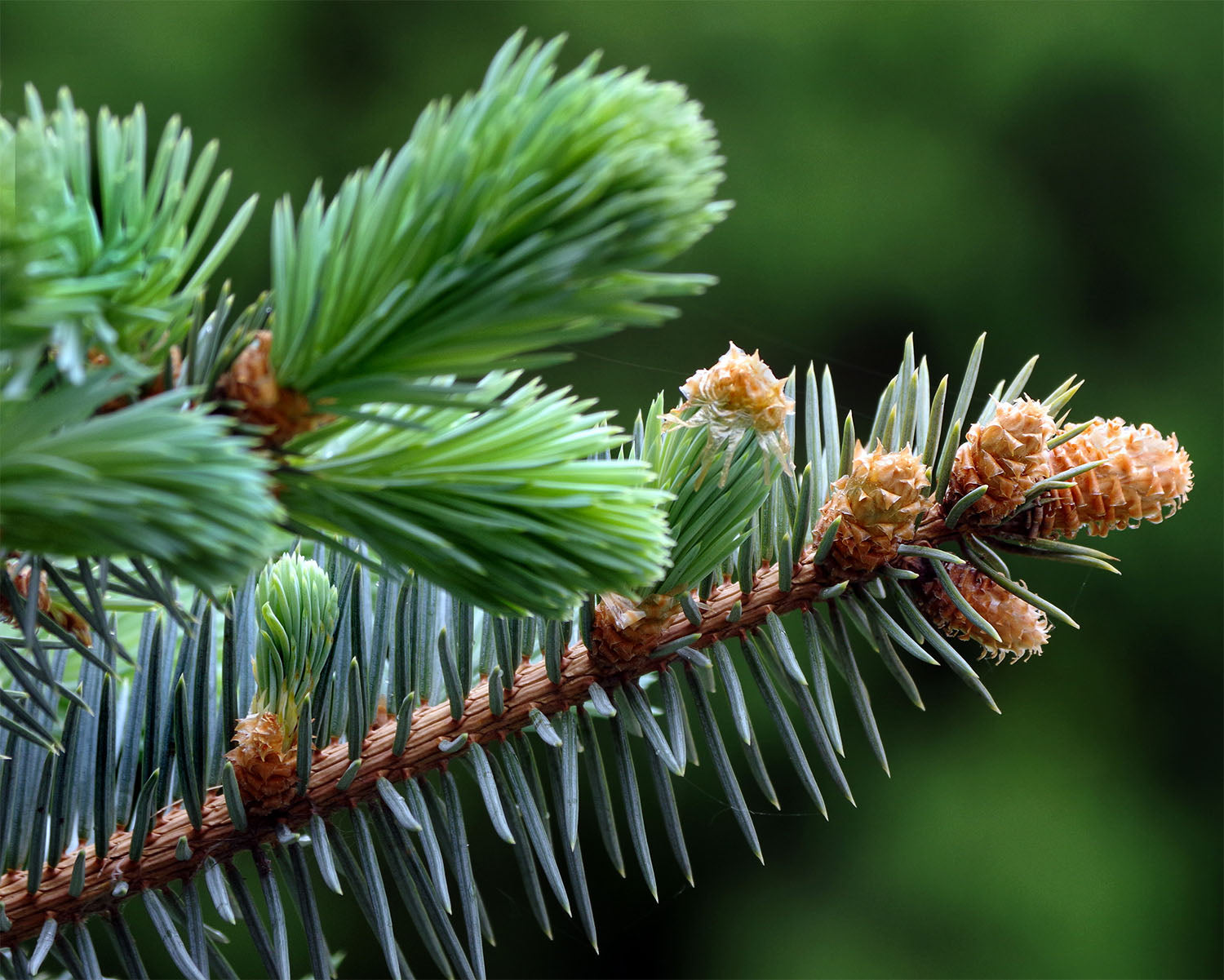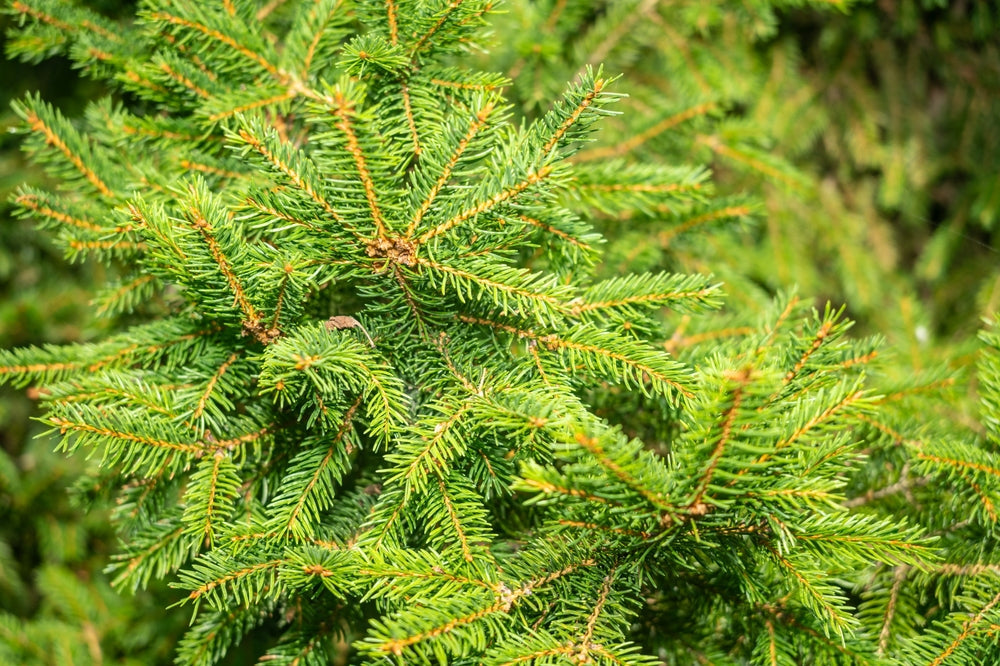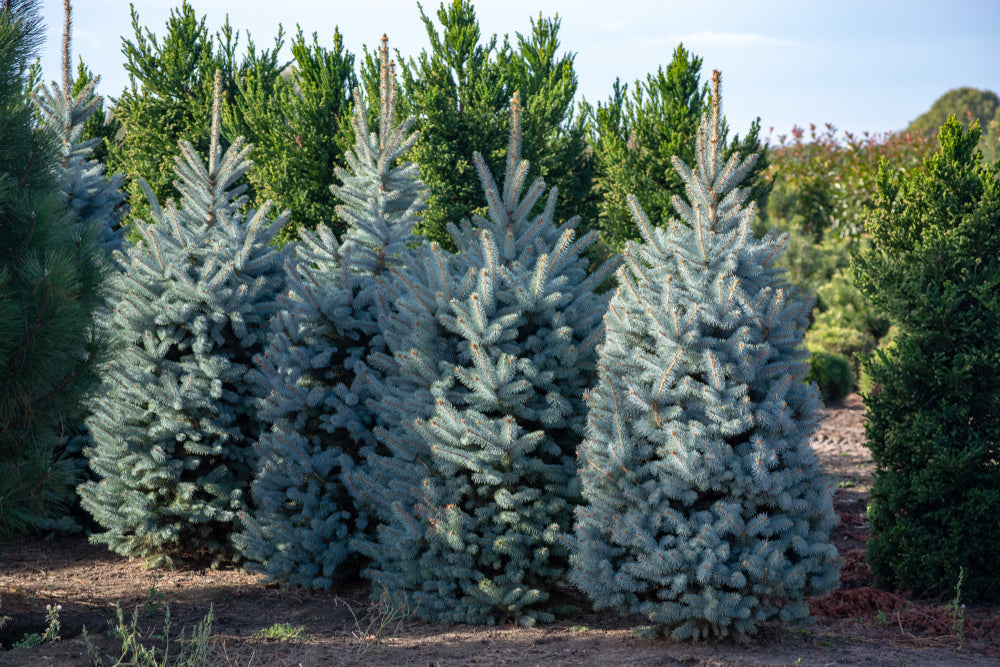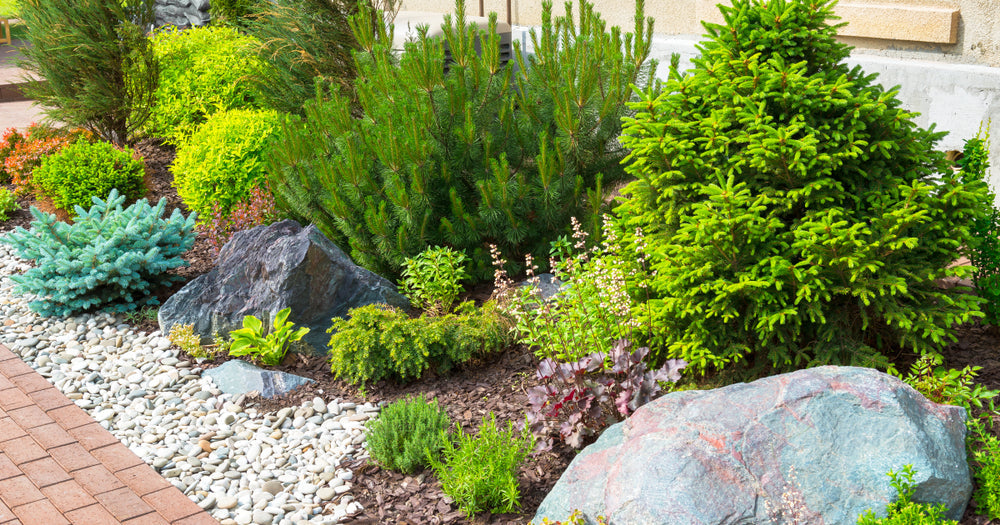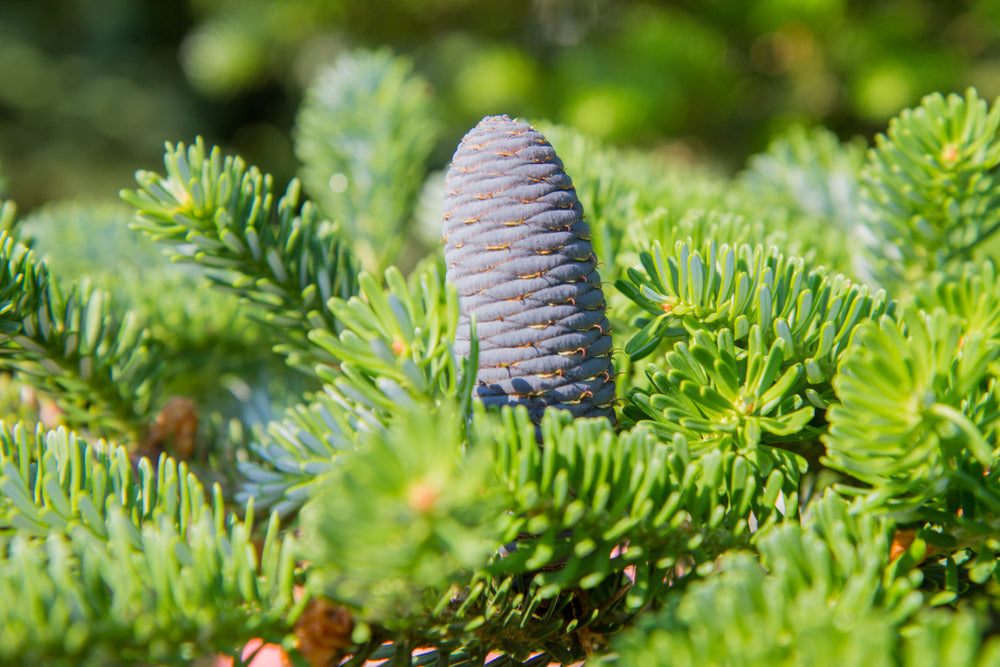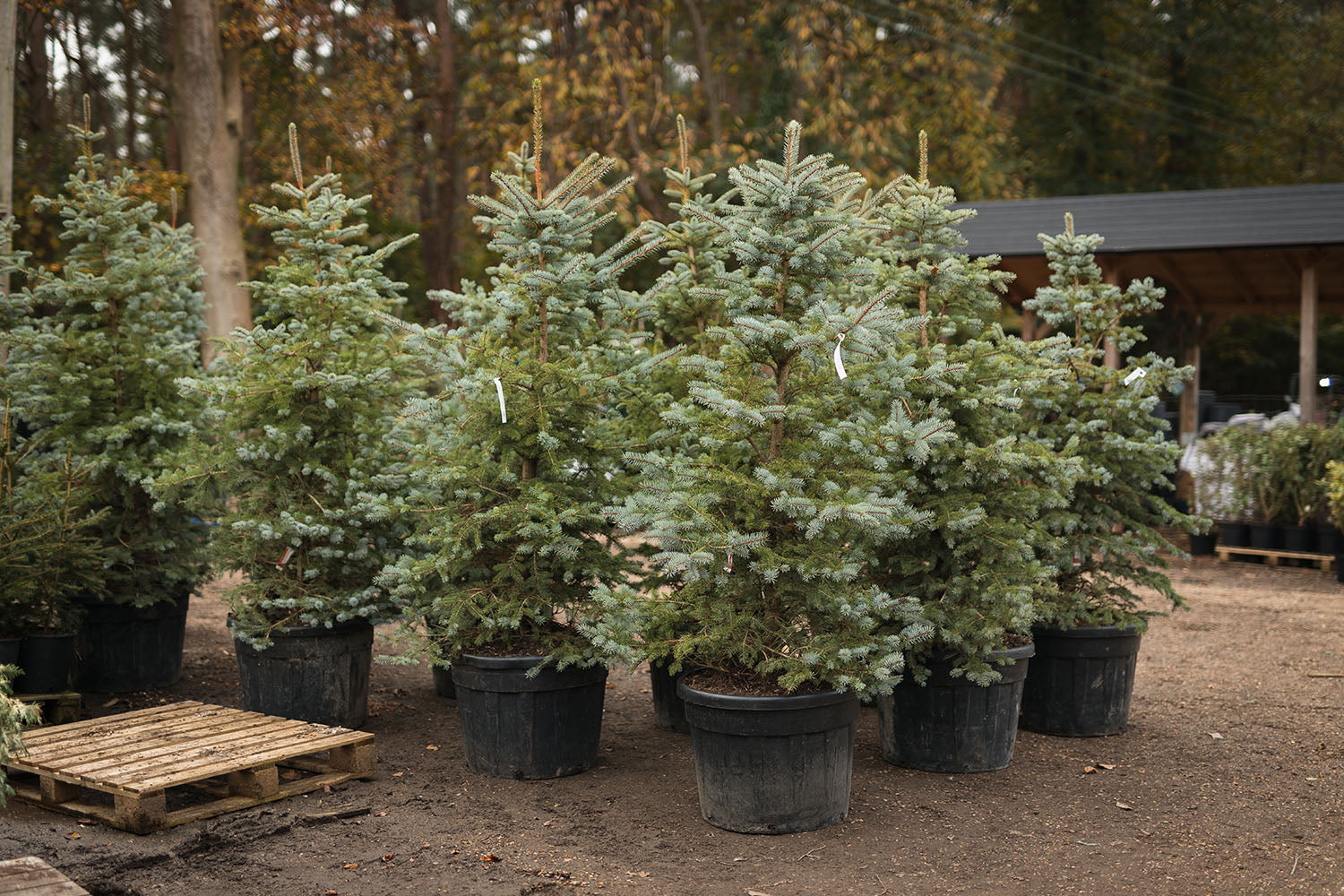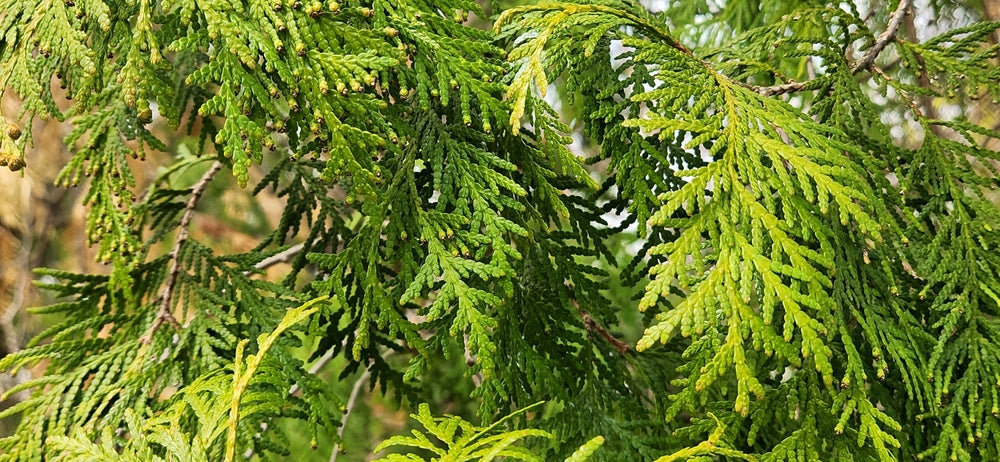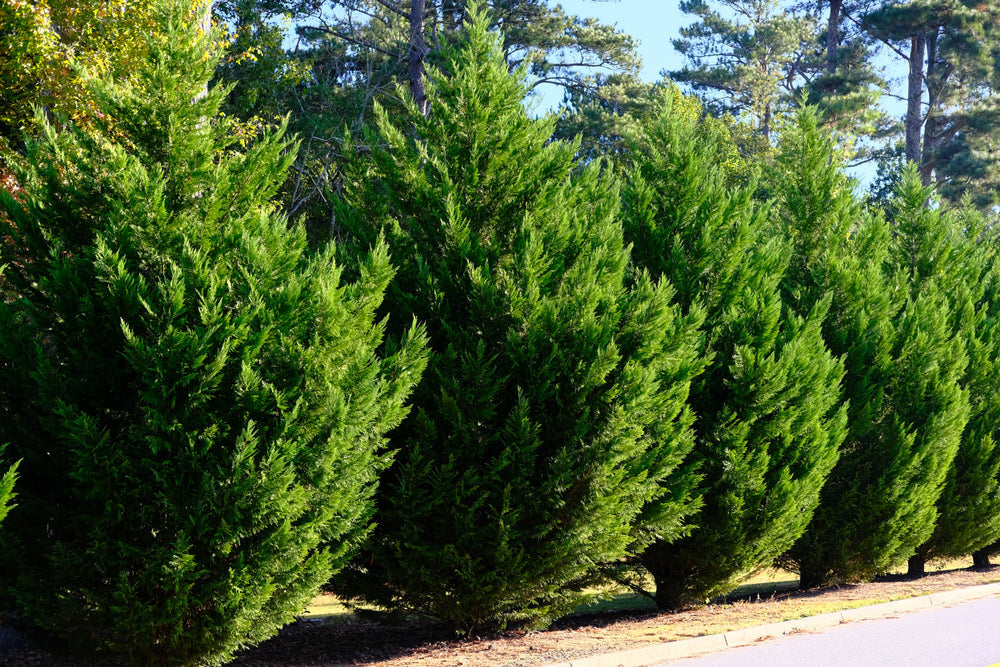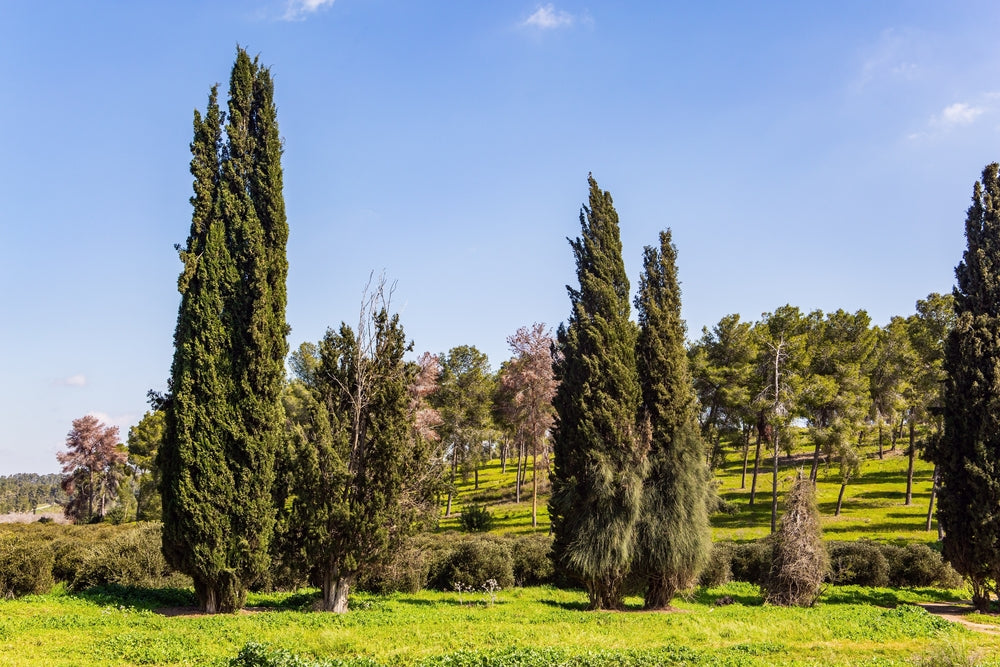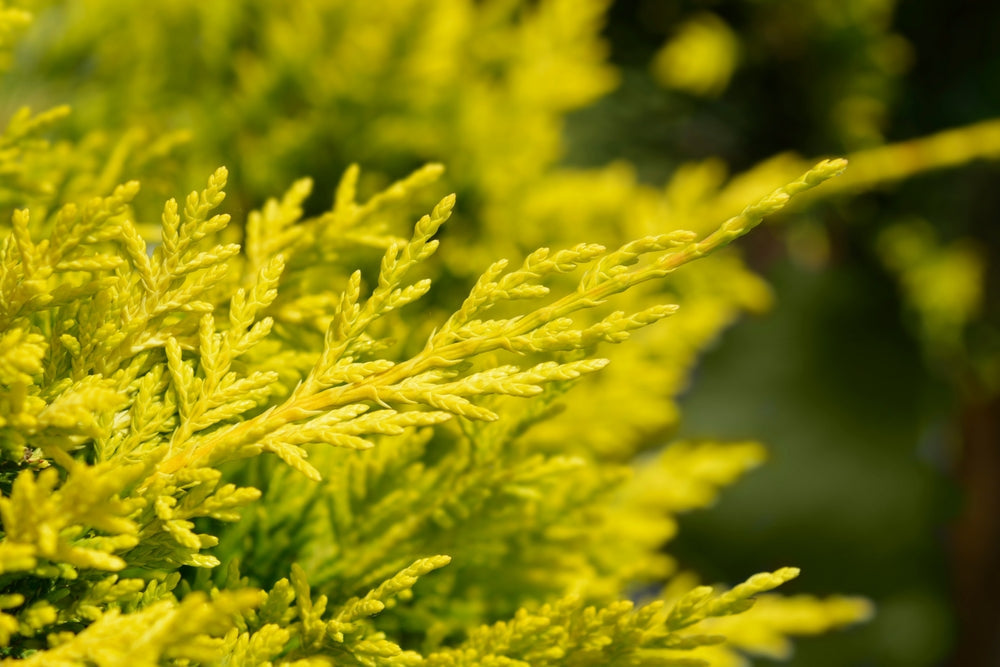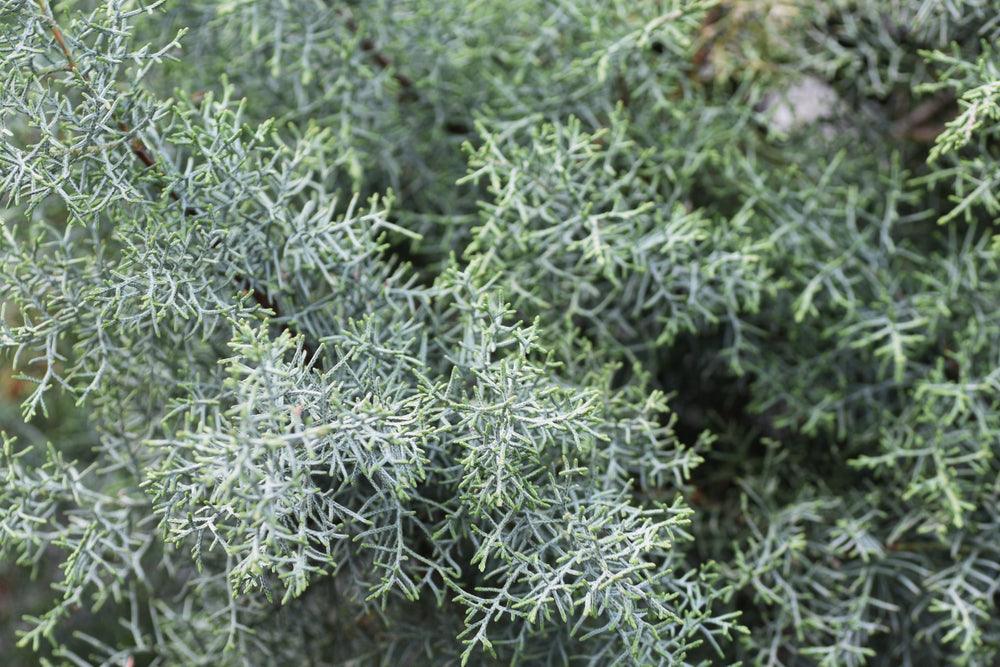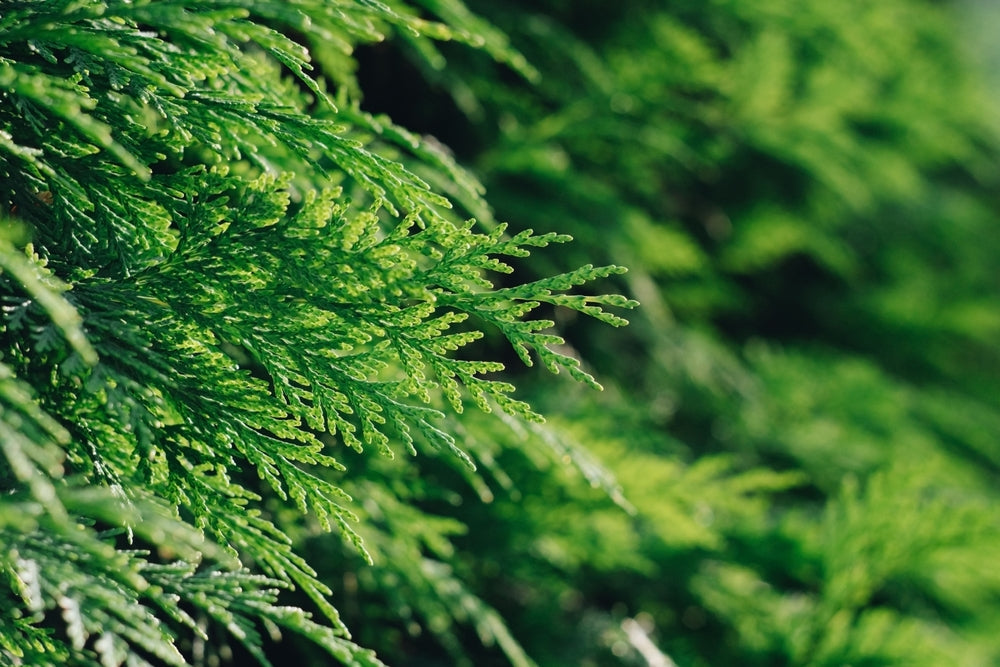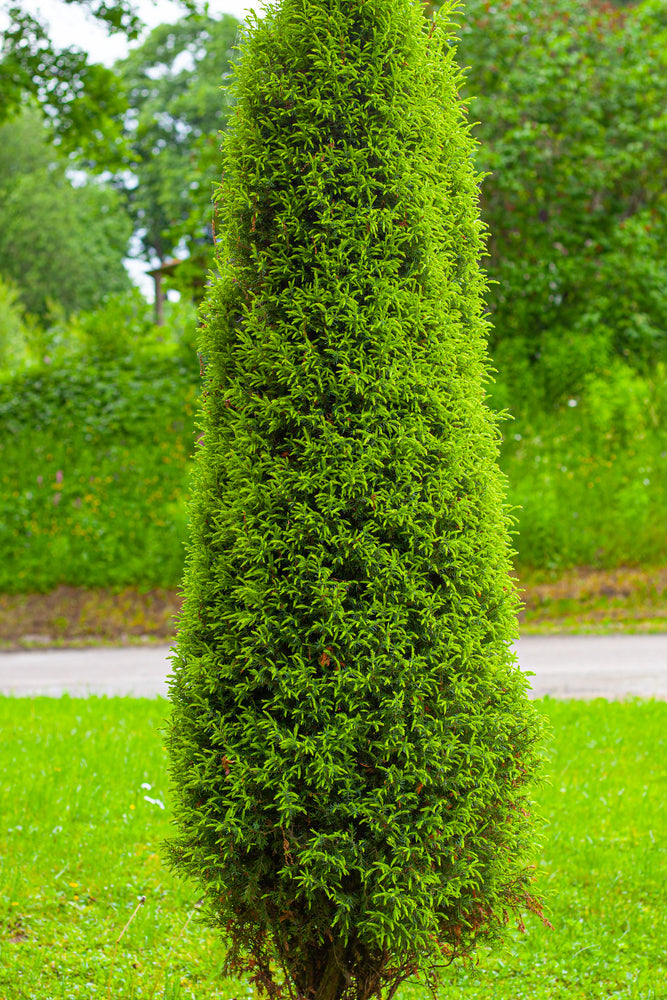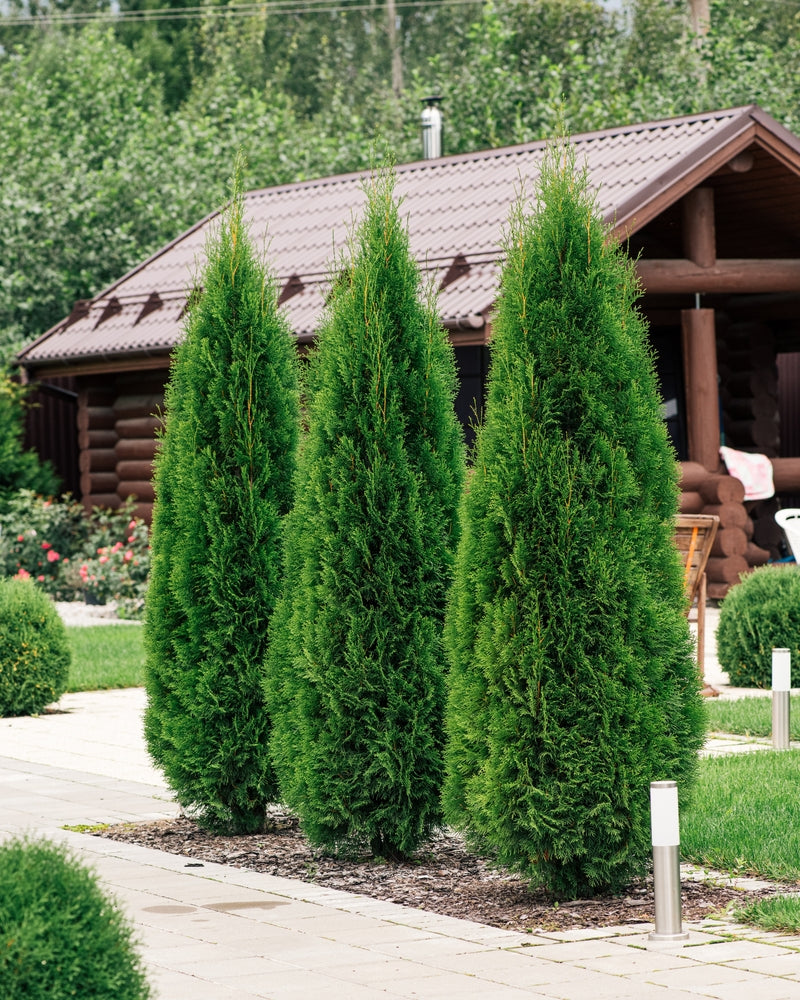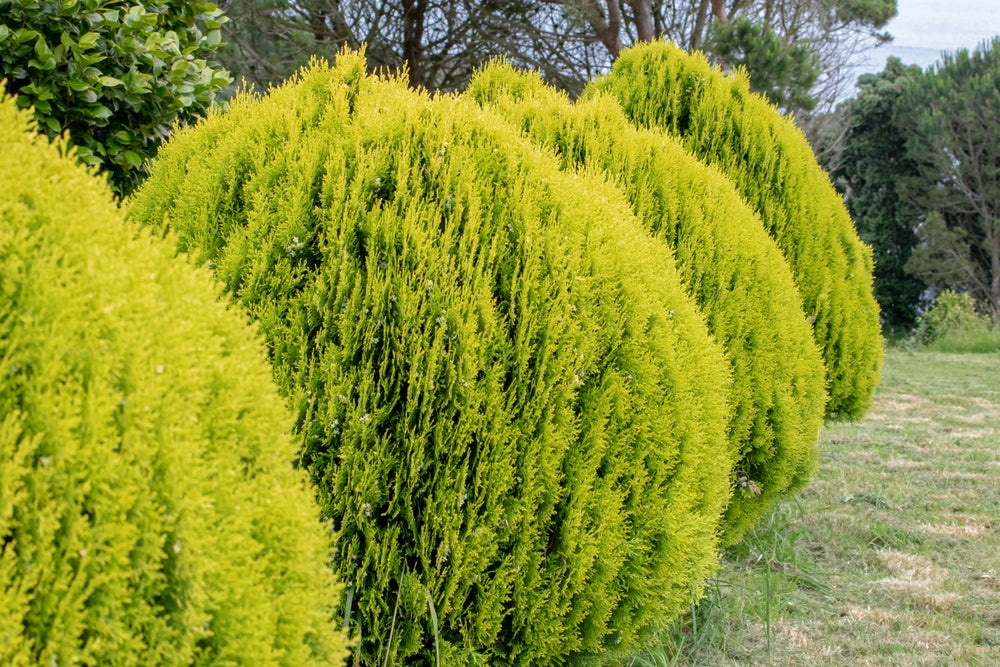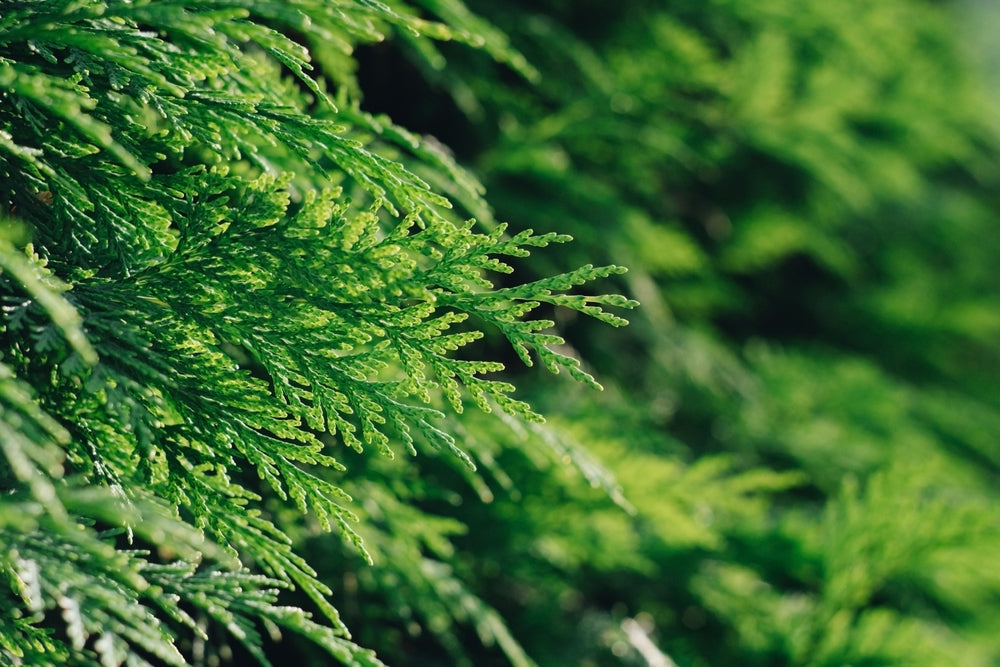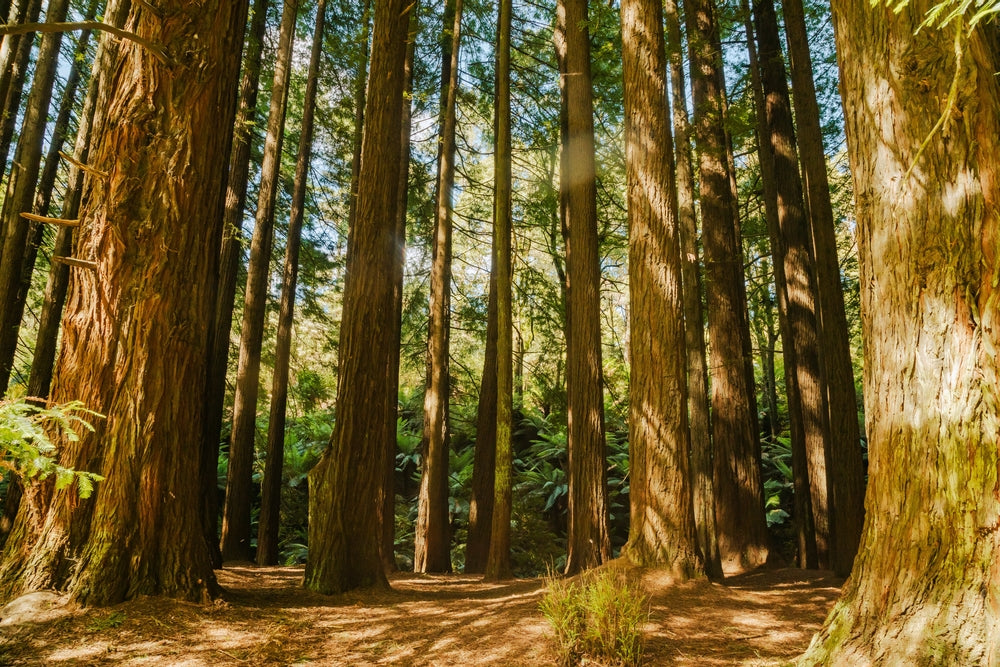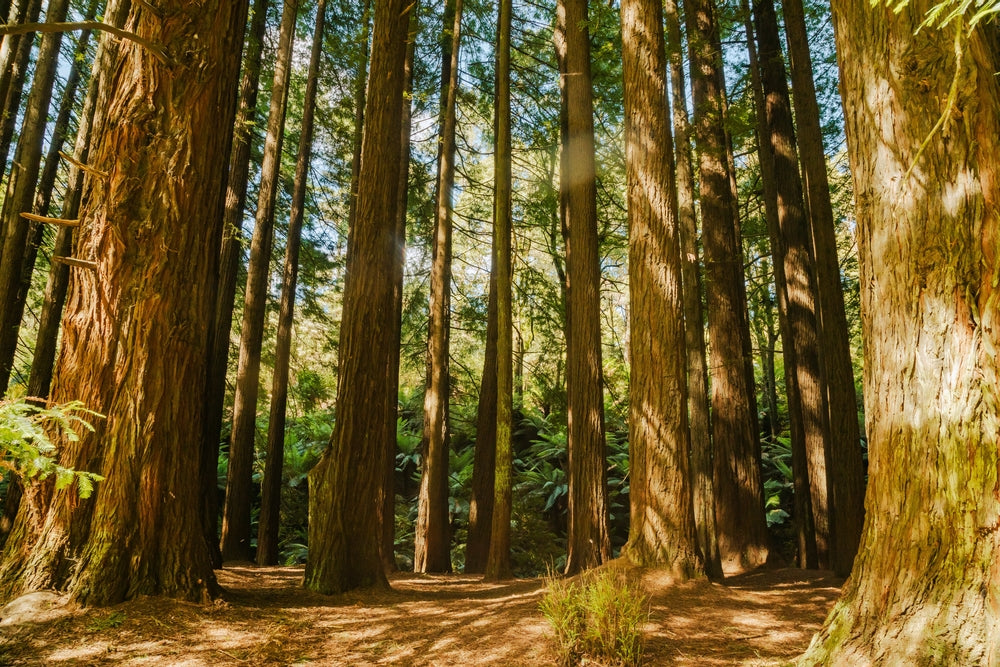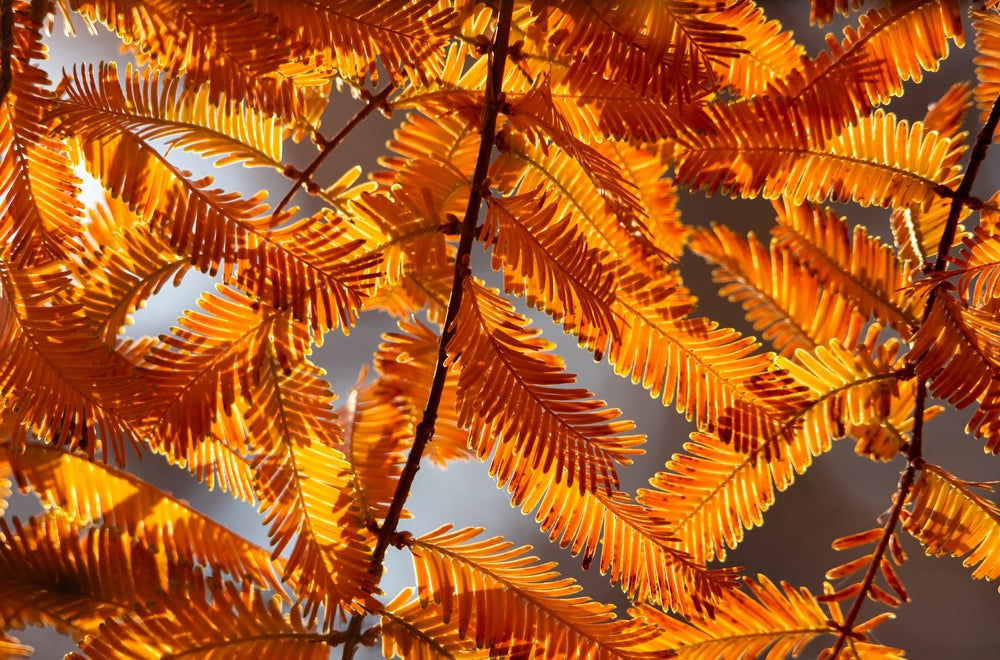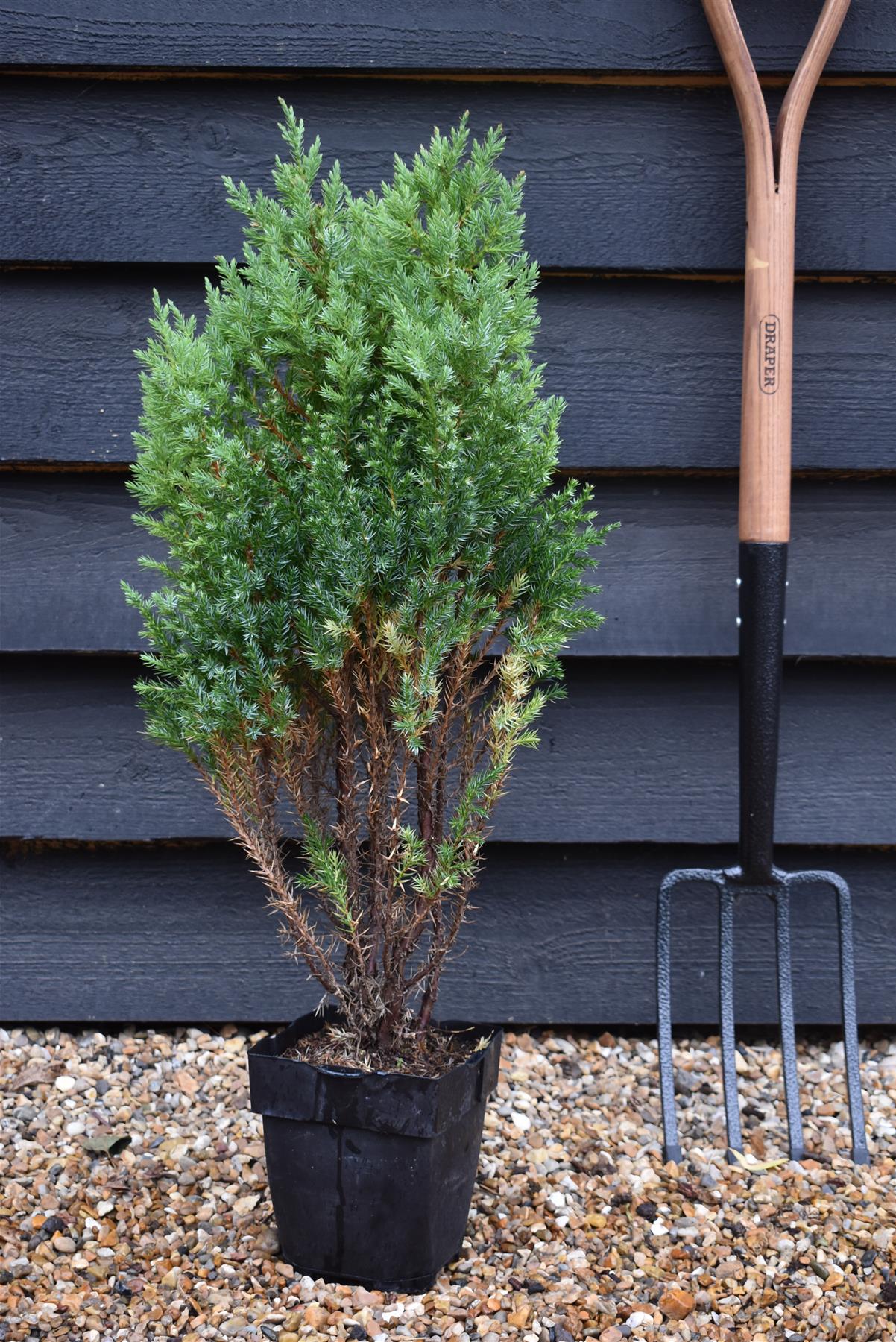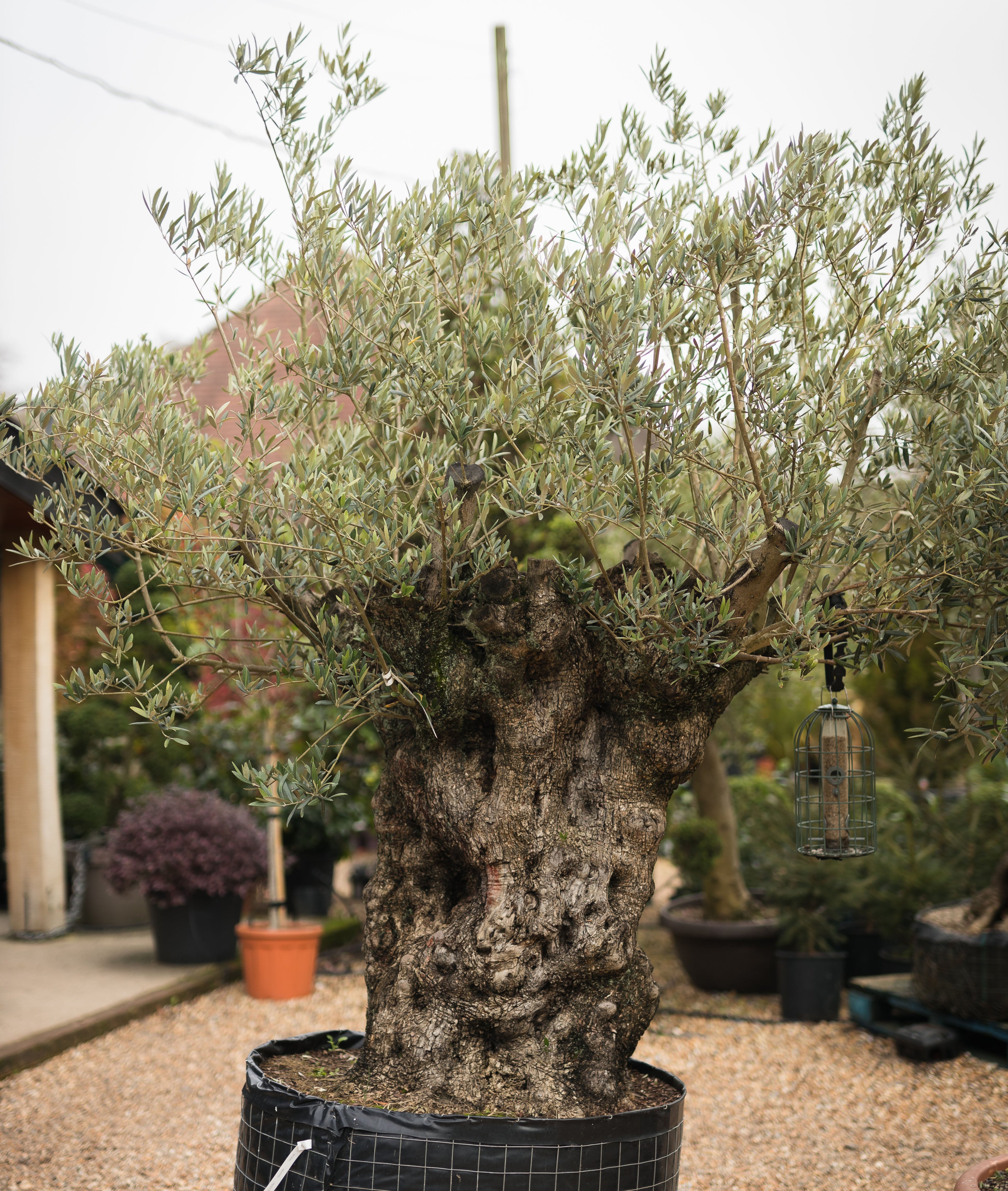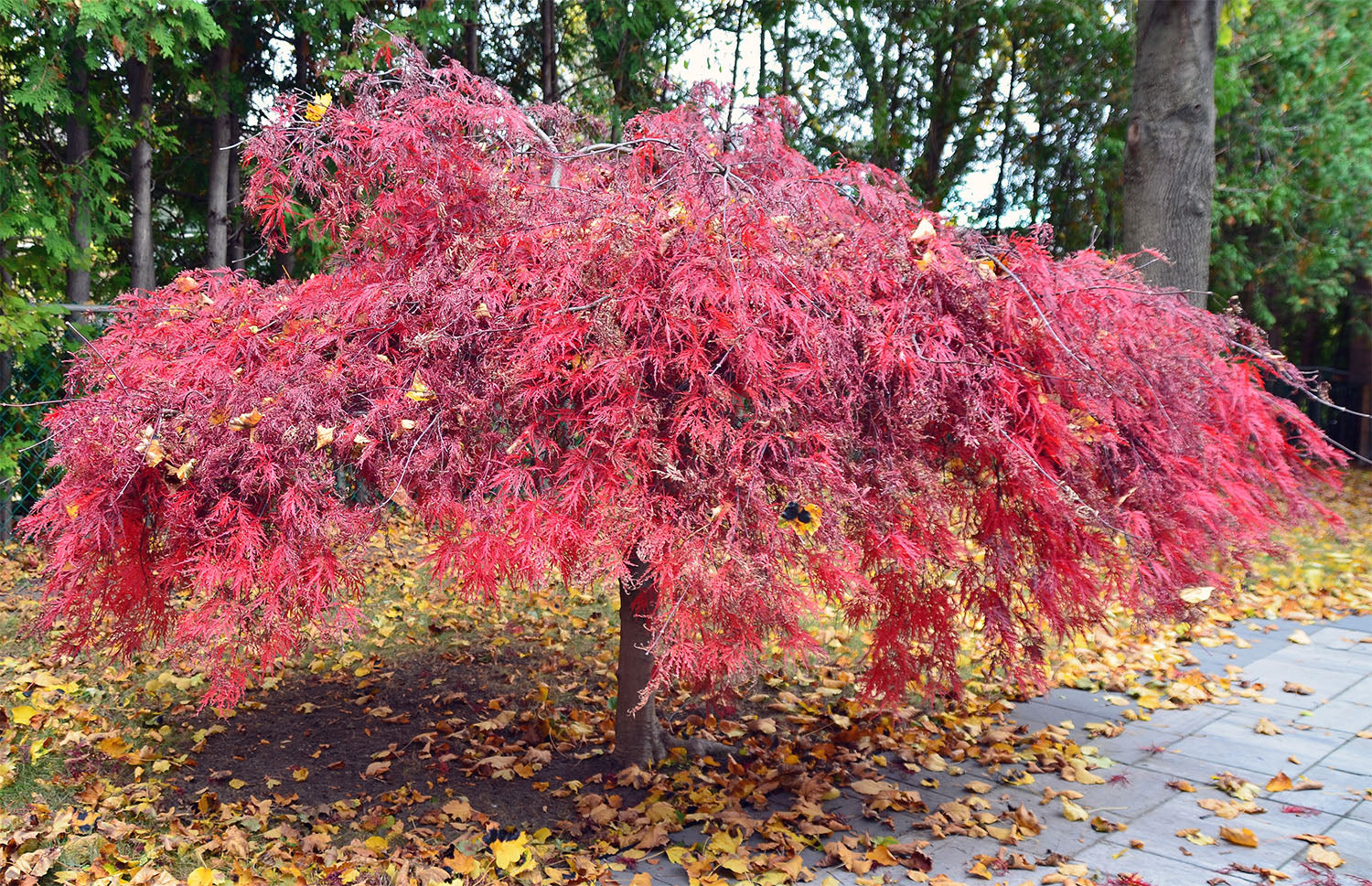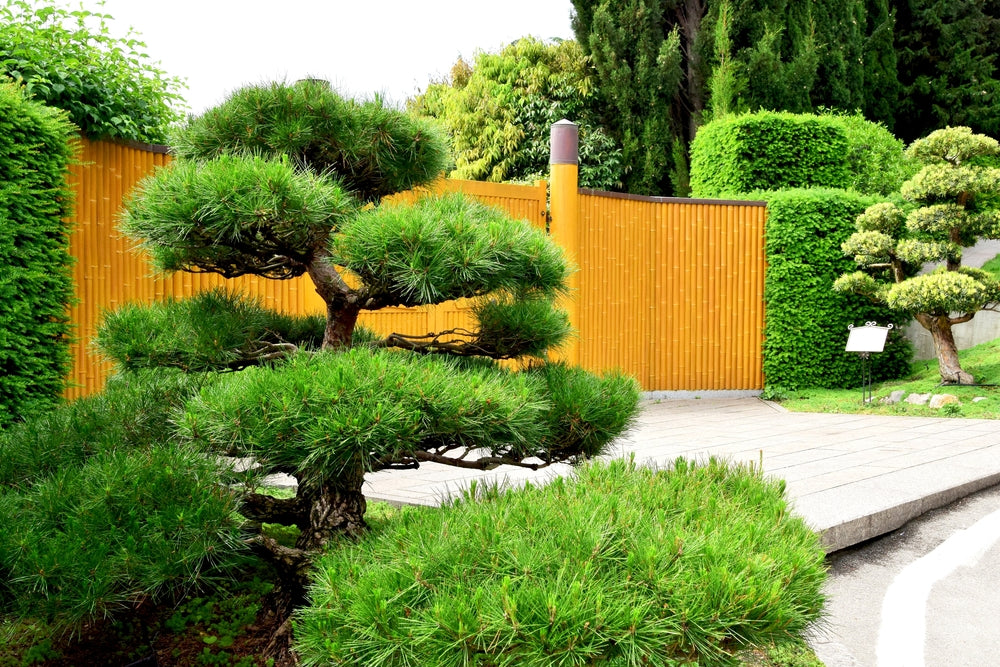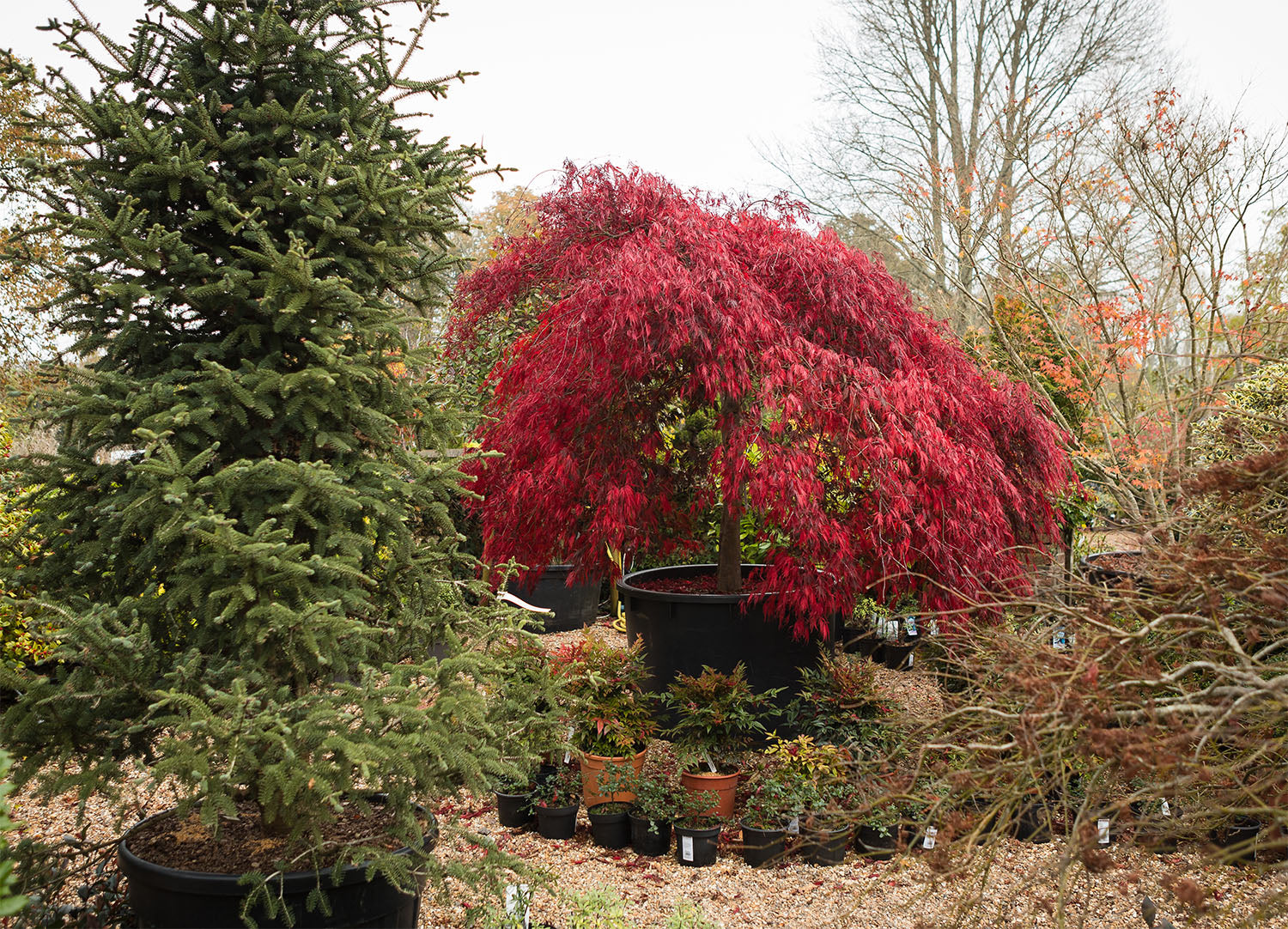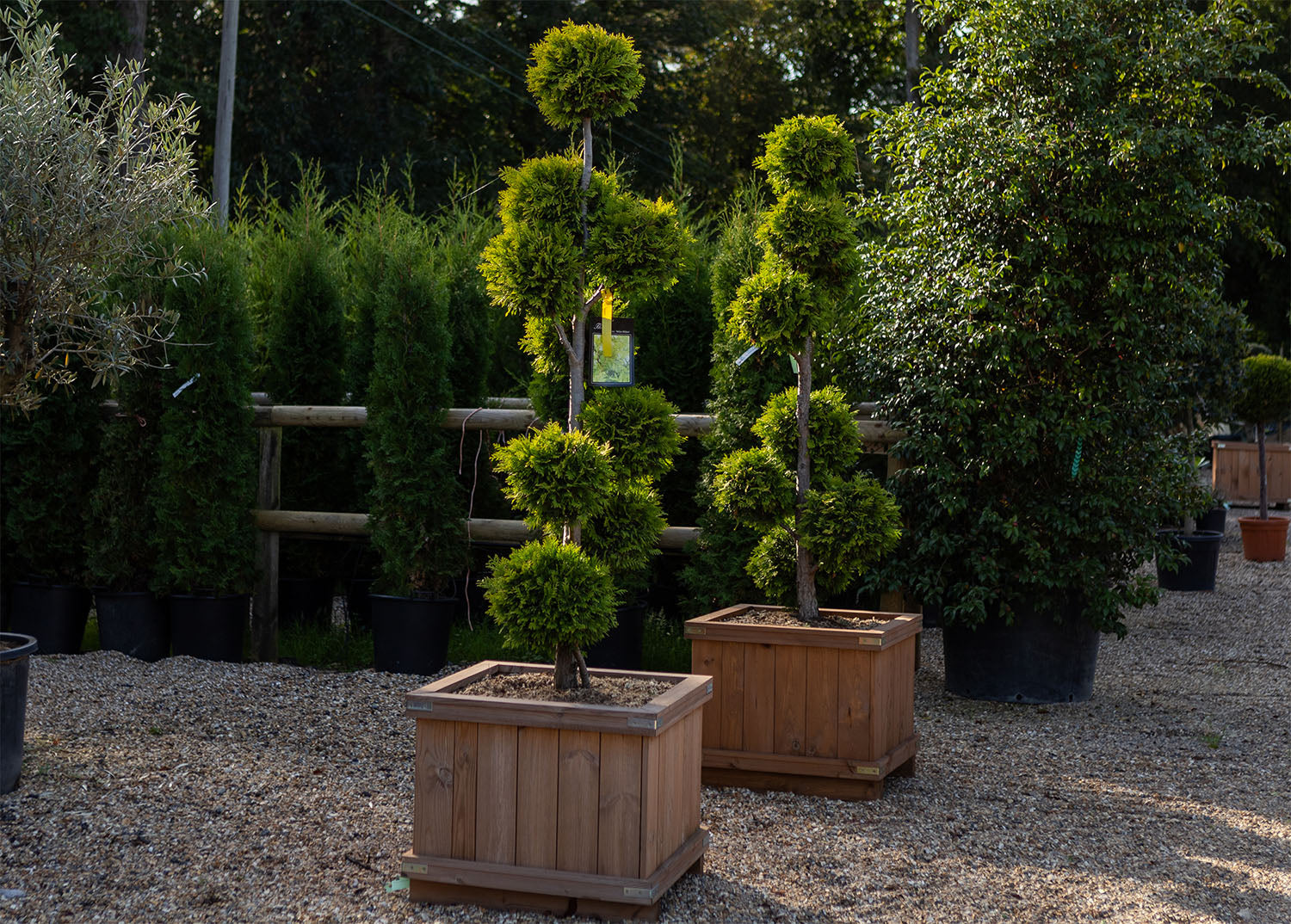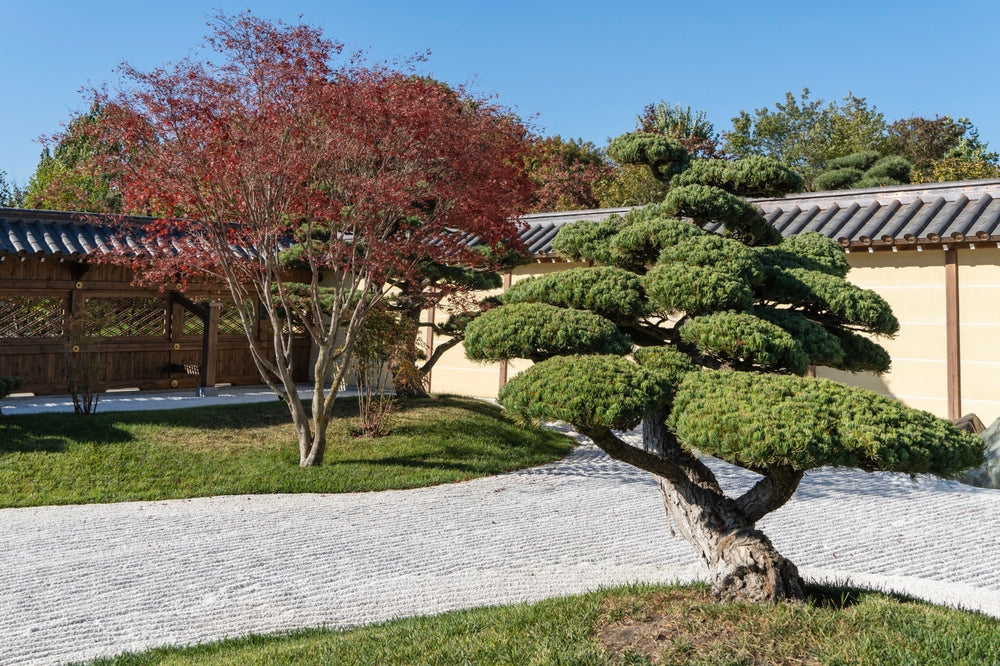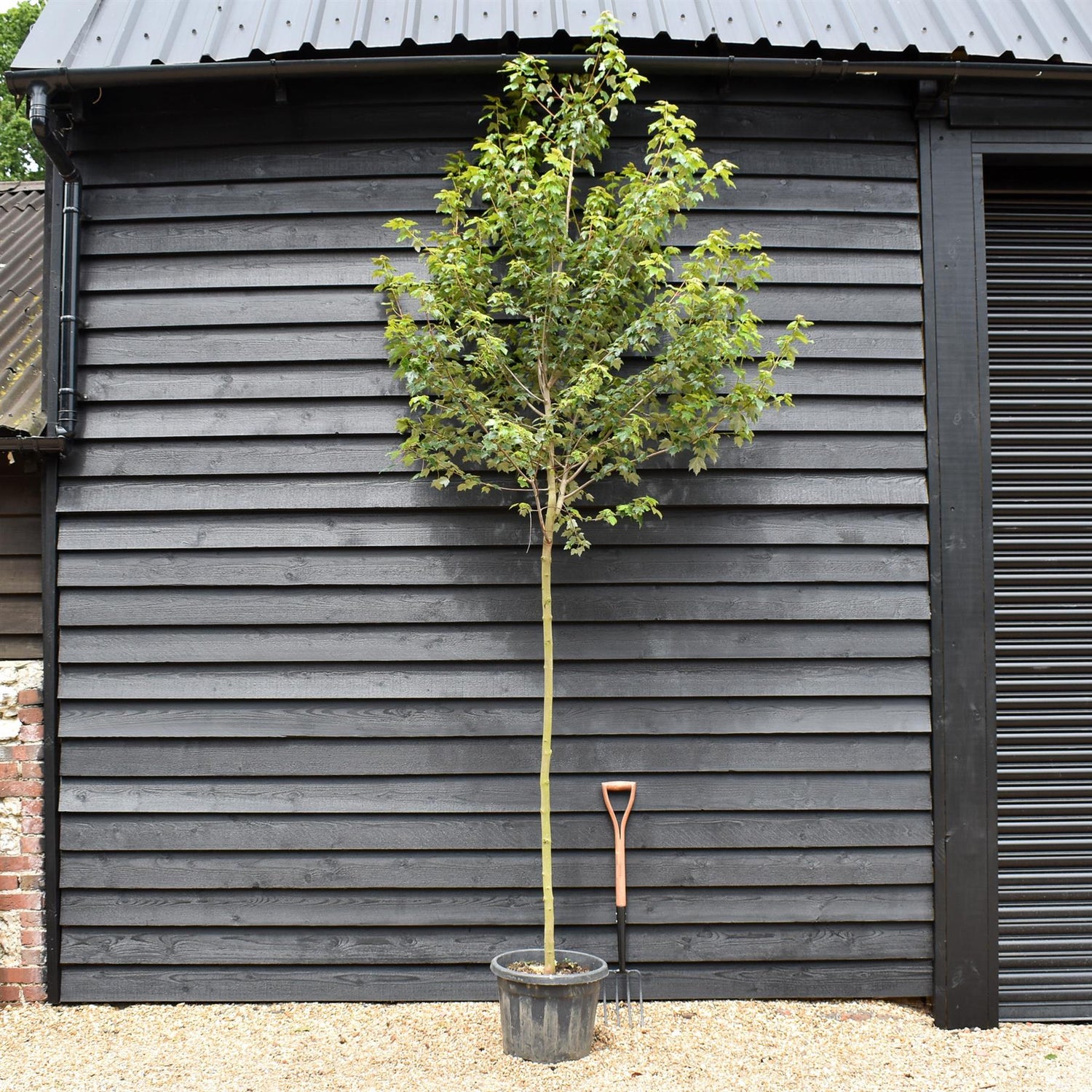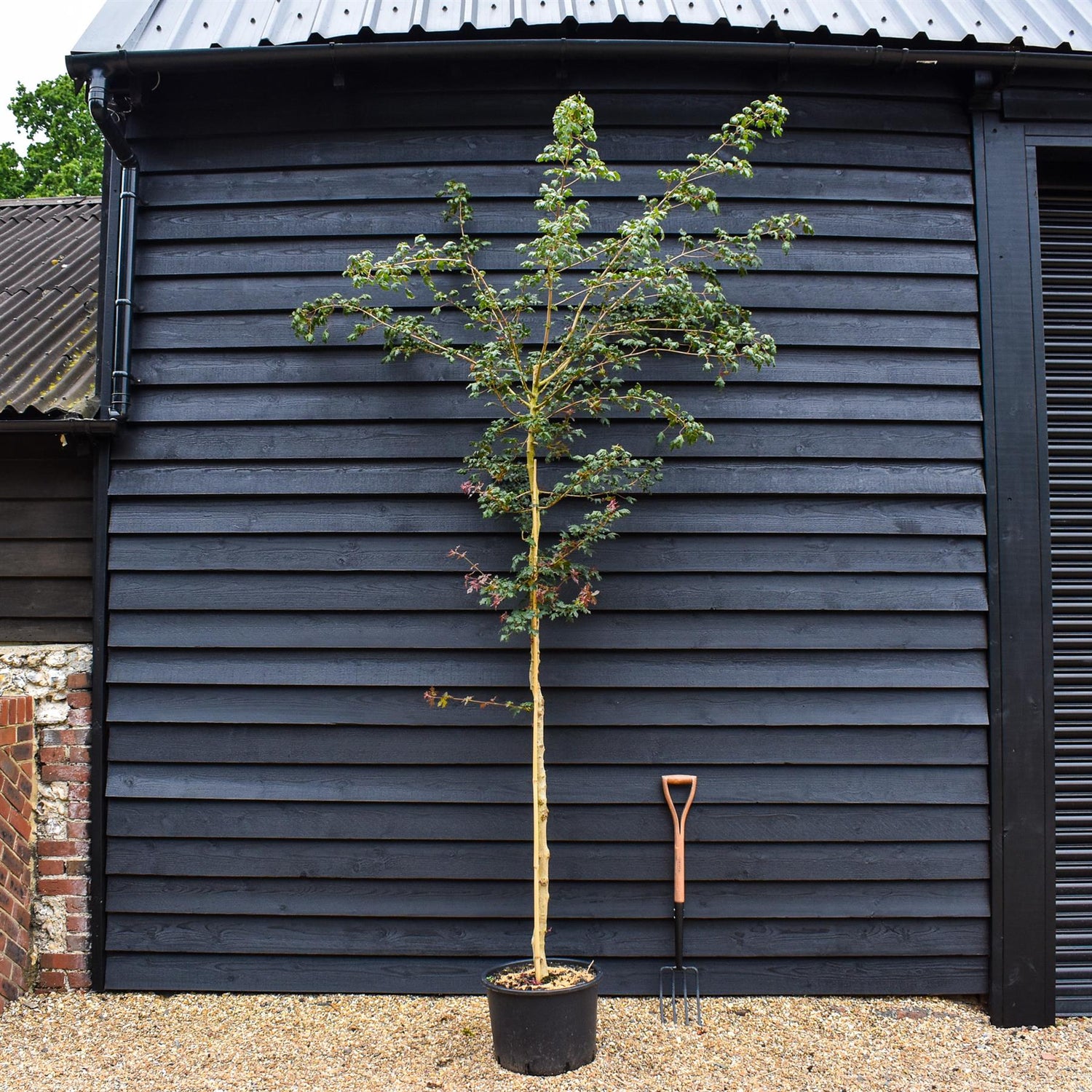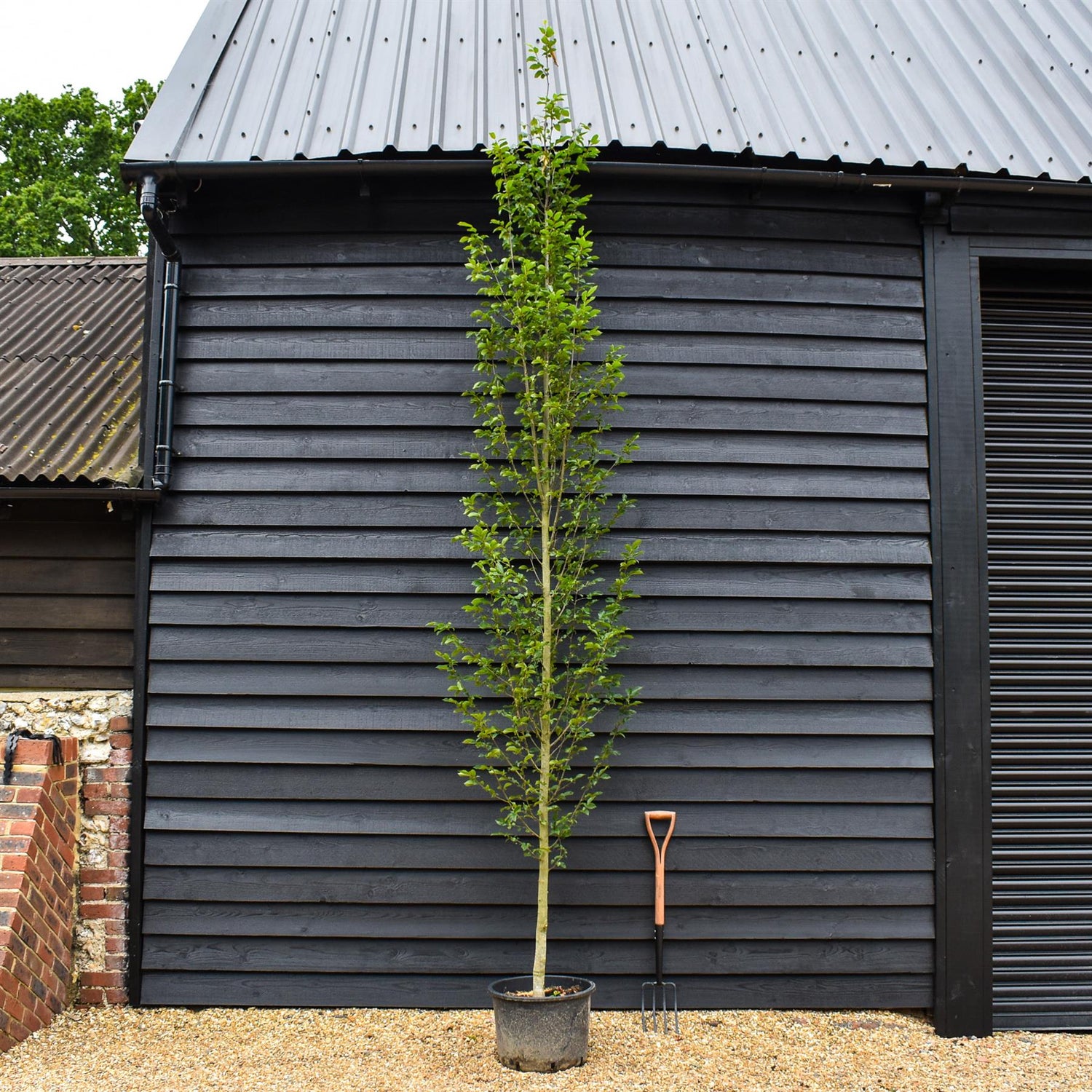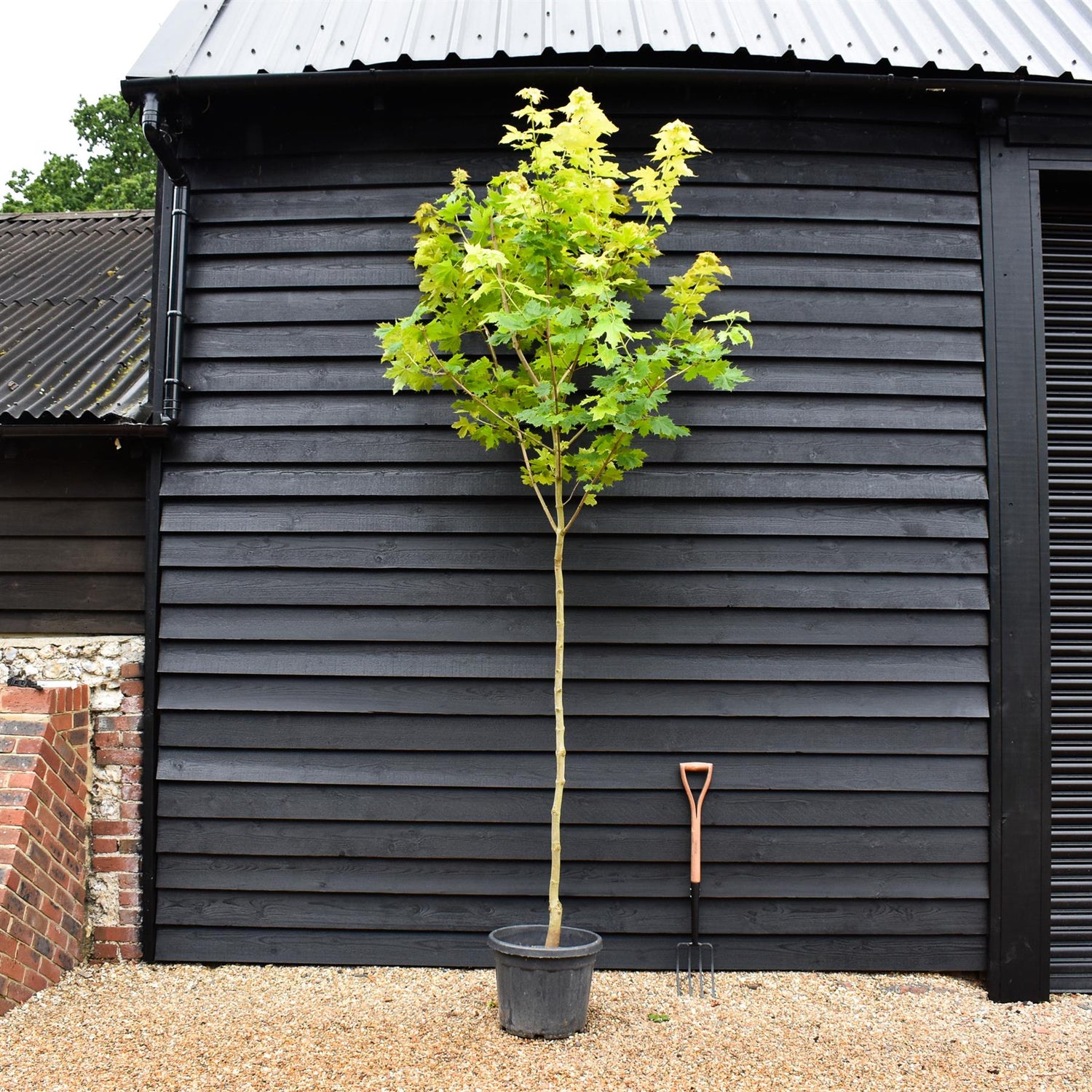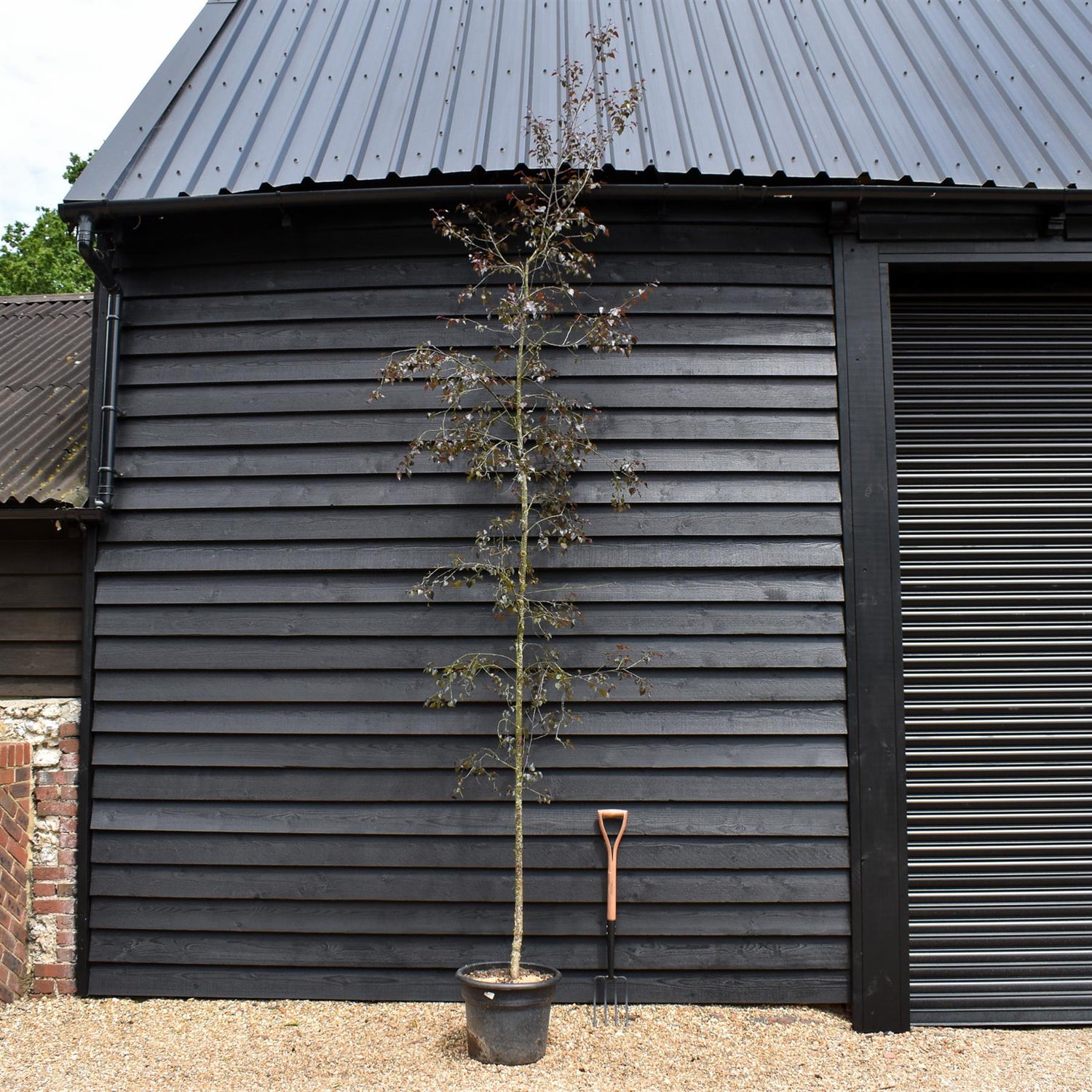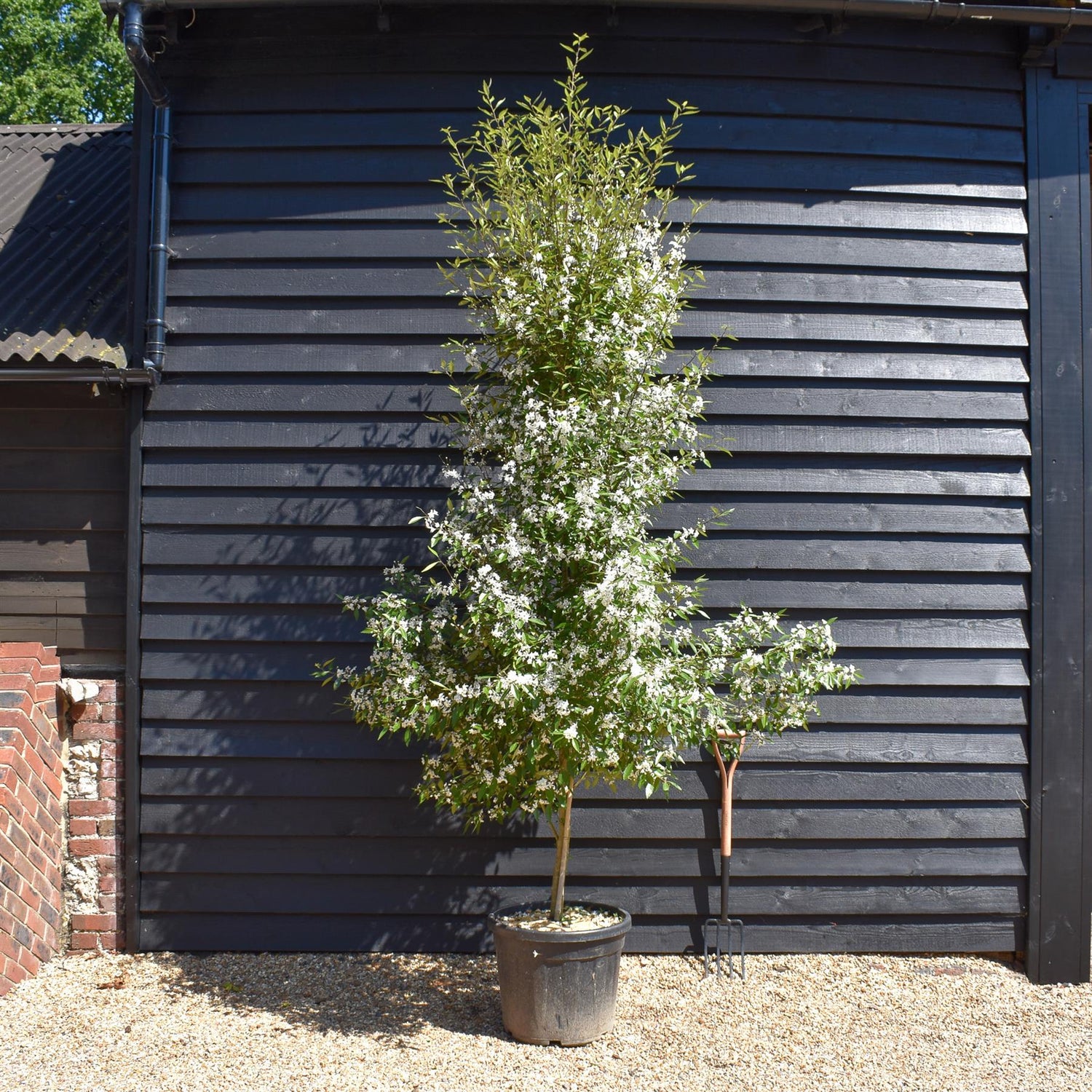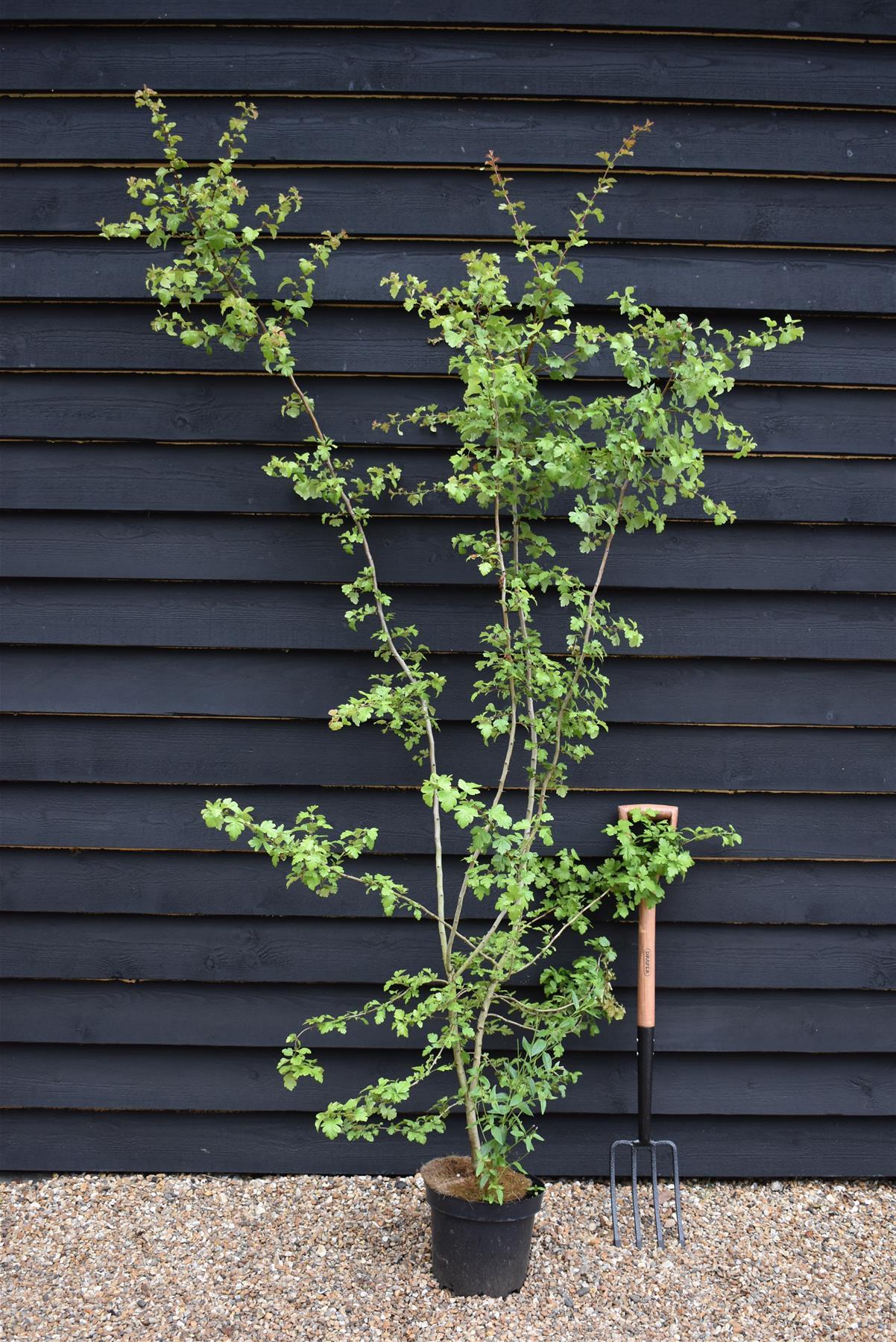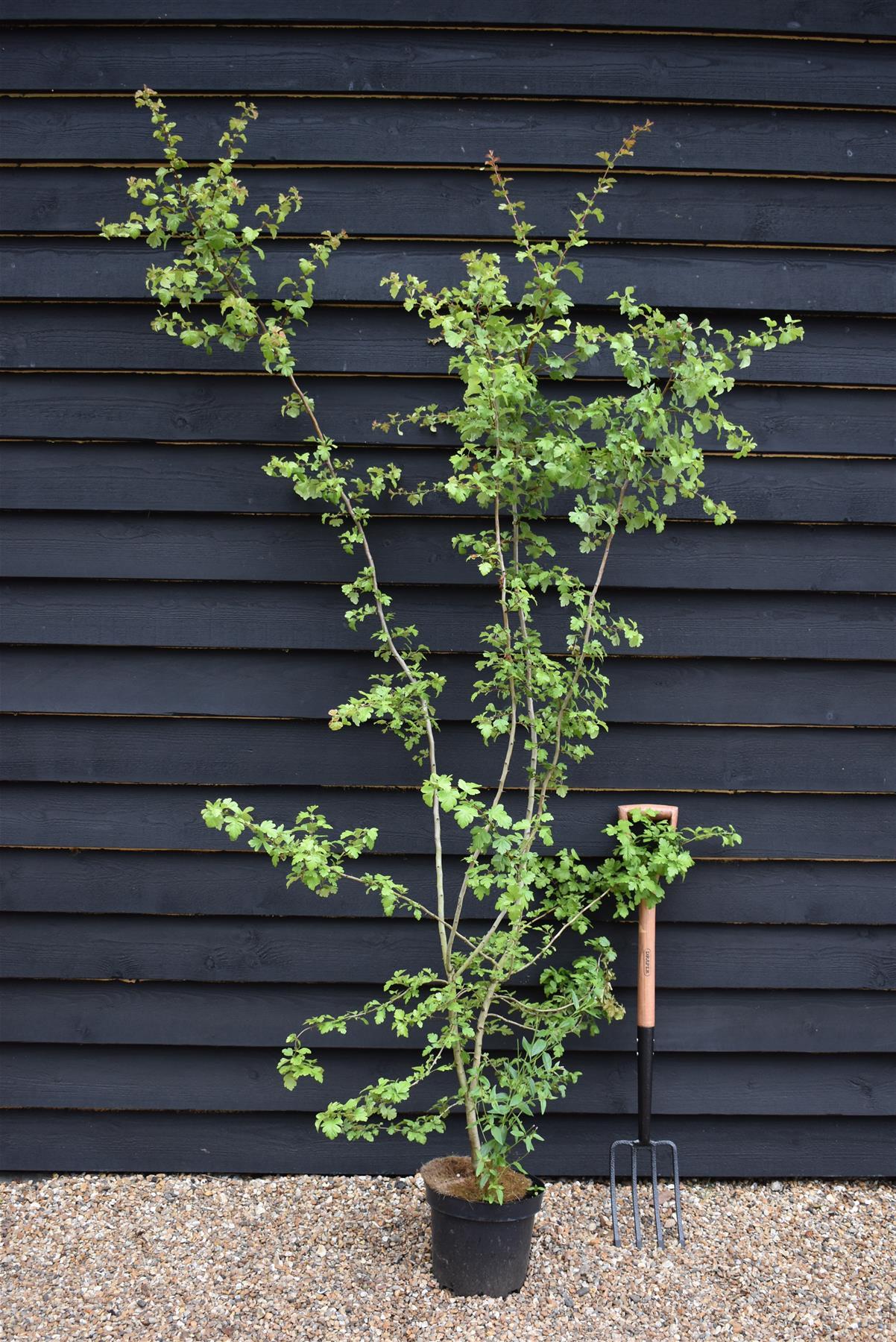Top Ornamental Trees
Most Popular Ornamental Trees
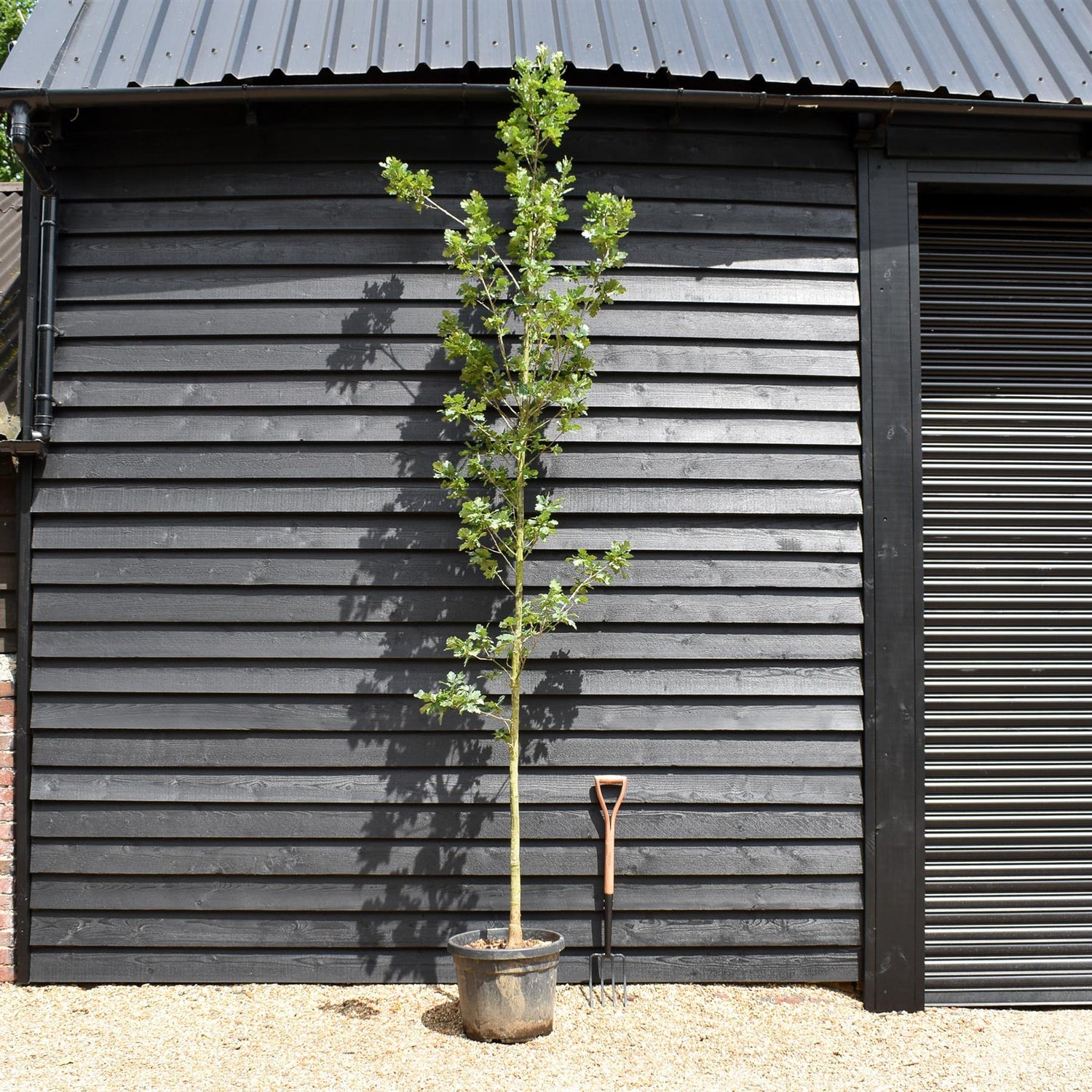
Turkey oak | Quercus cerris - Height 300-350cm - Girth 10-12cm - 45lt
£345.00
Unit price perTurkey oak | Quercus cerris - Height 300-350cm - Girth 10-12cm - 45lt
£345.00
Unit price perQuercus cerris, commonly known as the Turkey oak, is a robust and fast-growing deciduous tree native to southeastern Europe and Asia Minor. It is widely cultivated across Europe for its adaptability and ornamental value. The tree features deeply lobed, glossy green leaves that often persist into winter, and rough, deeply fissured bark that adds texture and character. One of its most distinctive features is its acorns, which are enclosed in a spiky, moss-like cup, giving the tree a unique appearance in autumn. Turkey oak can reach heights of 65 to 100 feet, making it suitable for large landscapes, parks, and avenues. It grows well in a variety of soils, including poor or dry conditions, and tolerates urban environments and pollution. While not native to the UK, it has been widely planted there since the 18th century. Quercus cerris also provides valuable habitat and food for wildlife, supporting biodiversity.
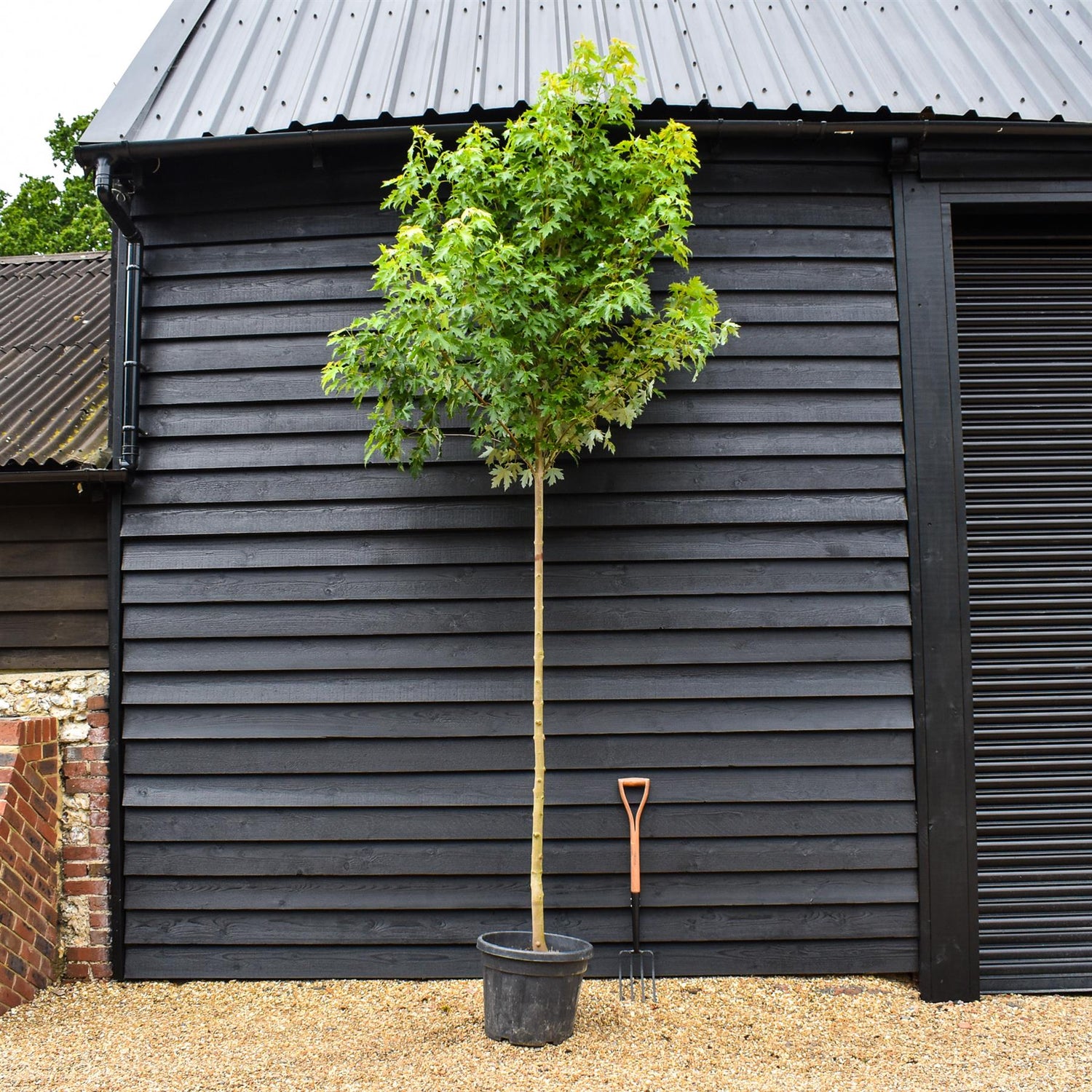
Pyramid Sliver Maple | Acer saccharinum Pyramidale - Clear Stem - Height 320-350m - Girth 10-12cm - 45lt
£295.00
Unit price perPyramid Sliver Maple | Acer saccharinum Pyramidale - Clear Stem - Height 320-350m - Girth 10-12cm - 45lt
£295.00
Unit price perAcer saccharinum 'Pyramidale', also known as the Pyramid Silver Maple, is a striking, fast-growing deciduous tree known for its strong, upright form and elegant foliage. Reaching a mature height of 20 to 25 meters with a spread of 10 to 15 meters, it forms a tall, narrowly oval canopy, making it ideal for spaces needing vertical emphasis. Its deeply lobed green leaves shimmer with silvery undersides, creating a beautiful, dynamic effect in the wind. In early spring, small red flowers appear before the leaves, offering subtle seasonal interest. 'Pyramidale' thrives in a wide range of soils, including wetter areas, and is highly adaptable to urban conditions. It provides quick shade, adds architectural interest, and brings year-round texture and movement to landscapes and parks.
Red Maple | Acer rubrum 'Autumn Flame' - Clear Stem - Height 320-350cm - Girth 8-10cm - 40lt
£295.00
Unit price perRed Maple | Acer rubrum 'Autumn Flame' - Clear Stem - Height 320-350cm - Girth 8-10cm - 40lt
£295.00
Unit price perAcer rubrum 'Autumn Flame' is a striking, fast-growing deciduous tree prized for its brilliant early fall color and dense, rounded crown. Reaching a mature height of 40 to 60 feet with a spread of 30 to 50 feet, this cultivar is ideal for providing shade and visual interest in residential landscapes or larger open spaces. Its standout feature is the vivid scarlet-red foliage that develops earlier in the season than most other red maples, adding a burst of fiery color to the autumn landscape.
'Autumn Flame' is a male (sterile) selection, which means it produces no messy seeds, making it a low-maintenance choice for homeowners. It thrives in full sun to partial shade and prefers moist, well-drained, slightly acidic soils, although it is adaptable to a range of growing conditions. Tolerant of urban environments and compacted soils, this tree offers year-round beauty, with attractive gray bark and lush green summer foliage.
Field Maple | Acer campestre - Clear Stem - Height 300-350cm - Girth 8-10cm - 40lt
£250.00
Unit price perField Maple | Acer campestre - Clear Stem - Height 300-350cm - Girth 8-10cm - 40lt
£250.00
Unit price perAcer campestre 'Royal Ruby' is a deciduous tree known for its vibrant seasonal foliage. In spring, it showcases striking purple-red young leaves, which mature to a deep green in summer. Come autumn, the foliage transforms into a rich golden-yellow, providing a dynamic visual display throughout the year. The tree also produces red samaras (winged seeds) in late spring, adding to its ornamental appeal .
Ashridge Trees
This cultivar typically grows to a height of 8–10 meters with a rounded, spreading habit, making it suitable for various landscape applications, including hedging and ornamental planting .
'Royal Ruby' thrives in full sun to partial shade and is adaptable to a range of soil types, including clay, loam, sand, and chalk, provided they are moist but well-drained. It is hardy across the UK and northern Europe (RHS H6 rating) and is tolerant of urban conditions, making it a resilient choice for city gardens .
Hornebean Fastigata | - Feathered - Height 300-350cm - Girth 10-12cm - 40lt
£280.00
Unit price perHornebean Fastigata | - Feathered - Height 300-350cm - Girth 10-12cm - 40lt
£280.00
Unit price perPurple-red Norway Maple | Acer platanoides 'Royal Red' - Height 320-360cm - Clear Stem - Girth 8-10cm - 45lt
£360.00
Unit price perPurple-red Norway Maple | Acer platanoides 'Royal Red' - Height 320-360cm - Clear Stem - Girth 8-10cm - 45lt
£360.00
Unit price perAcer platanoides 'Royal Red' is a bold and elegant cultivar of the Norway maple, prized for its deep, rich purple foliage that remains vibrant throughout the growing season. This slow-growing, deciduous tree typically reaches a height of 12 to 15 meters with a spread of 10 to 12 meters, forming a broad, rounded crown. Its glossy, lobed leaves provide dramatic color contrast in gardens, parks, and streetscapes. In spring, small yellow-green flowers appear before the leaves, adding subtle seasonal interest. 'Royal Red' is highly adaptable, thriving in a range of soil types and urban conditions, including pollution and drought once established. It is an excellent choice for creating a striking focal point or providing bold, long-lasting color in the landscape.
Gold Maple | Acer platanoides 'Princeton Gold' - Clear Stem - Height 300-350cm - Girth 8-10cm - 40lt
£190.00
Unit price perGold Maple | Acer platanoides 'Princeton Gold' - Clear Stem - Height 300-350cm - Girth 8-10cm - 40lt
£190.00
Unit price perPurple-leaf Birch | Betula Purpurea - Height - 240-260cm - 12lt
£250.00
Unit price perPurple-leaf Birch | Betula Purpurea - Height - 240-260cm - 12lt
£250.00
Unit price perSlow-growing deciduous tree of open habit, eventually reaching about 10m in height. Bark purple-tinged white, becoming black and rugged at base. Leaves in spring are dark purple to dark-red, turning greenish purple in summer and finally purple-bronze in autumn
River Birch 'Heritage' | Black Birch Cully | Betula Nigra - Height - 500-550cm - Girth 8-10cm - 45lt
£340.00
Unit price perRiver Birch 'Heritage' | Black Birch Cully | Betula Nigra - Height - 500-550cm - Girth 8-10cm - 45lt
£340.00
Unit price perThe Betula nigra ‘Heritage’, commonly known as the Heritage River Birch or Black Birch, is a deciduous tree native to the eastern United States. It is celebrated for its distinctive, attractive bark and robust nature, making it a popular choice for ornamental planting in the UK.
The Heritage River Birch can grow to a height of 21 metres, with a spread of 9 to 12 metres. It has a rounded to pyramidal shape when young, maturing into an irregular oval or rounded form. The leaves are simple, ovate, and serrated, displaying a vibrant green colour during the growing season, which turns a striking yellow in autumn.
One of the most notable features of the Betula nigra ‘Heritage’ is its exfoliating bark. The bark peels away in layers, revealing a patchwork of colours ranging from creamy white and pinkish-tan to reddish-brown, providing year-round visual interest. This characteristic bark makes the tree particularly attractive in winter landscapes when foliage is absent.
This cultivar is highly tolerant of various soil conditions, including wet soils, which makes it ideal for planting near water bodies or in poorly drained areas.
Betula nigra ‘Heritage’ prefers full sun to partial shade. The tree is relatively low maintenance, requiring minimal pruning and care once established. Its resilience, ornamental bark, and attractive foliage make it a desirable choice for gardens, parks, and urban landscapes.
Paper Birch | Betula Papyrifera - Height 170-200cm - Girth 4cm - 10lt
£92.00
Unit price perPaper Birch | Betula Papyrifera - Height 170-200cm - Girth 4cm - 10lt
£92.00
Unit price perBetula papyrifera, commonly known as the paper birch or white birch, is a striking deciduous tree native to North America. It is best known for its distinctive white bark that peels in thin, paper-like layers, giving it a unique ornamental appeal throughout the year. This species typically grows quickly and can reach heights of 50 to 70 feet, with an open, airy canopy. Its dark green, serrated leaves turn a brilliant golden yellow in the fall, creating a beautiful seasonal display. Paper birch thrives in cool climates and is commonly found in northern forests, along streams, and in open woodlands. It prefers moist, well-drained soil and full sun but can adapt to various conditions. In addition to its aesthetic value, Betula papyrifera provides important ecological benefits, offering food and habitat for wildlife. It is also historically significant, as Indigenous peoples used its bark for canoes, containers, and writing surfaces.
Liquidambar styraciflua 'Aurea' | Sweet Gum 'Aurea' - Height 200-220cm - 20lt
£138.00
Unit price perLiquidambar styraciflua 'Aurea' | Sweet Gum 'Aurea' - Height 200-220cm - 20lt
£138.00
Unit price perLiquidambar styraciflua 'Aurea', commonly known as the golden sweetgum, is a striking deciduous tree renowned for its distinctive golden foliage and ornamental qualities. A cultivar of the American sweetgum (Liquidambar styraciflua), this tree is prized for its vibrant autumn colours and uniquely lobed, star-shaped leaves that add a bright accent to gardens and landscapes.
Reaching a mature height of approximately 10–15 metres, 'Aurea' develops a pyramidal shape when young, eventually maturing into a more rounded crown. Its foliage emerges in spring with a bright golden hue, creating an eye-catching contrast against its dark grey bark. As the seasons progress, the leaves take on deeper yellow tones, transitioning into shades of amber, orange, and occasionally red in autumn, depending on the climate and soil conditions.
The tree is well-suited to a range of soil types but thrives best in well-drained, slightly acidic soil. It prefers full sun to partial shade and is moderately tolerant of urban pollution, making it a suitable choice for parks, gardens, and avenues. While it is relatively low-maintenance, young specimens benefit from protection against strong winds and cold exposure, as the cultivar is slightly less hardy than the species.
In addition to its aesthetic appeal, 'Aurea' occasionally produces the characteristic spiky seed pods typical of the sweetgum species, although in smaller quantities. These provide added interest in winter but may require occasional clearance in more manicured settings.
Liquidambar styraciflua 'Aurea' is an excellent choice for gardeners seeking a medium-sized tree with year-round interest, offering an ever-changing display of colour and form. Its golden tones brighten any landscape, making it a standout feature in larger gardens or mixed planting schemes.
Hoheria sexstylosa Snow White - Bushy/Feathered - Well established - Girth 10-12cm Height 220-250cm - 50lt
£480.00
Unit price perHoheria sexstylosa Snow White - Bushy/Feathered - Well established - Girth 10-12cm Height 220-250cm - 50lt
£480.00
Unit price perCrataegus Monogyna - Height 140-160cm - Bushy - 10lt
£49.00
Unit price perCrataegus Monogyna - Height 140-160cm - Bushy - 10lt
£49.00
Unit price perCrataegus monogyna, commonly known as the hawthorn or single-seeded hawthorn, is a deciduous shrub or small tree native to Europe, Northwest Africa, and Western Asia. Belonging to the Rosaceae family, this species is celebrated for its ornamental value, ecological importance, and medicinal properties.
In appearance, C. monogyna typically grows up to 5-15 meters in height, with a dense, thorny crown and dark green, serrated leaves that turn a vibrant red or orange in autumn. During spring, it produces clusters of fragrant white flowers with five petals, attracting pollinators like bees and butterflies. These flowers give way to small, red berries known as haws, which persist through winter, providing sustenance for birds and other wildlife.
Hawthorn is valued for its ecological contributions. Its dense growth habit provides shelter and nesting sites for birds, while its flowers and berries serve as a vital food source for a range of wildlife species. Additionally, hawthorn is often planted in hedgerows and wildlife gardens to create natural barriers and enhance biodiversity.
In horticulture, C. monogyna is prized for its resilience, adaptability, and attractive features, making it a popular choice for hedging, landscaping, and urban greening projects. Its tolerance of various soil types and climatic conditions further adds to its appeal as a low-maintenance ornamental plant.
Overall, Crataegus monogyna stands as a symbol of resilience, beauty, and ecological importance, weaving its way through the landscapes and cultural tapestries of Europe and beyond.
Crataegus Monogyna - Height 140-160cm - Bushy - 10lt
£49.00
Unit price perCrataegus Monogyna - Height 140-160cm - Bushy - 10lt
£49.00
Unit price perCrataegus monogyna, commonly known as the hawthorn or single-seeded hawthorn, is a deciduous shrub or small tree native to Europe, Northwest Africa, and Western Asia. Belonging to the Rosaceae family, this species is celebrated for its ornamental value, ecological importance, and medicinal properties.
In appearance, C. monogyna typically grows up to 5-15 meters in height, with a dense, thorny crown and dark green, serrated leaves that turn a vibrant red or orange in autumn. During spring, it produces clusters of fragrant white flowers with five petals, attracting pollinators like bees and butterflies. These flowers give way to small, red berries known as haws, which persist through winter, providing sustenance for birds and other wildlife.
Hawthorn is valued for its ecological contributions. Its dense growth habit provides shelter and nesting sites for birds, while its flowers and berries serve as a vital food source for a range of wildlife species. Additionally, hawthorn is often planted in hedgerows and wildlife gardens to create natural barriers and enhance biodiversity.
In horticulture, C. monogyna is prized for its resilience, adaptability, and attractive features, making it a popular choice for hedging, landscaping, and urban greening projects. Its tolerance of various soil types and climatic conditions further adds to its appeal as a low-maintenance ornamental plant.
Overall, Crataegus monogyna stands as a symbol of resilience, beauty, and ecological importance, weaving its way through the landscapes and cultural tapestries of Europe and beyond.
Showing 336/655


